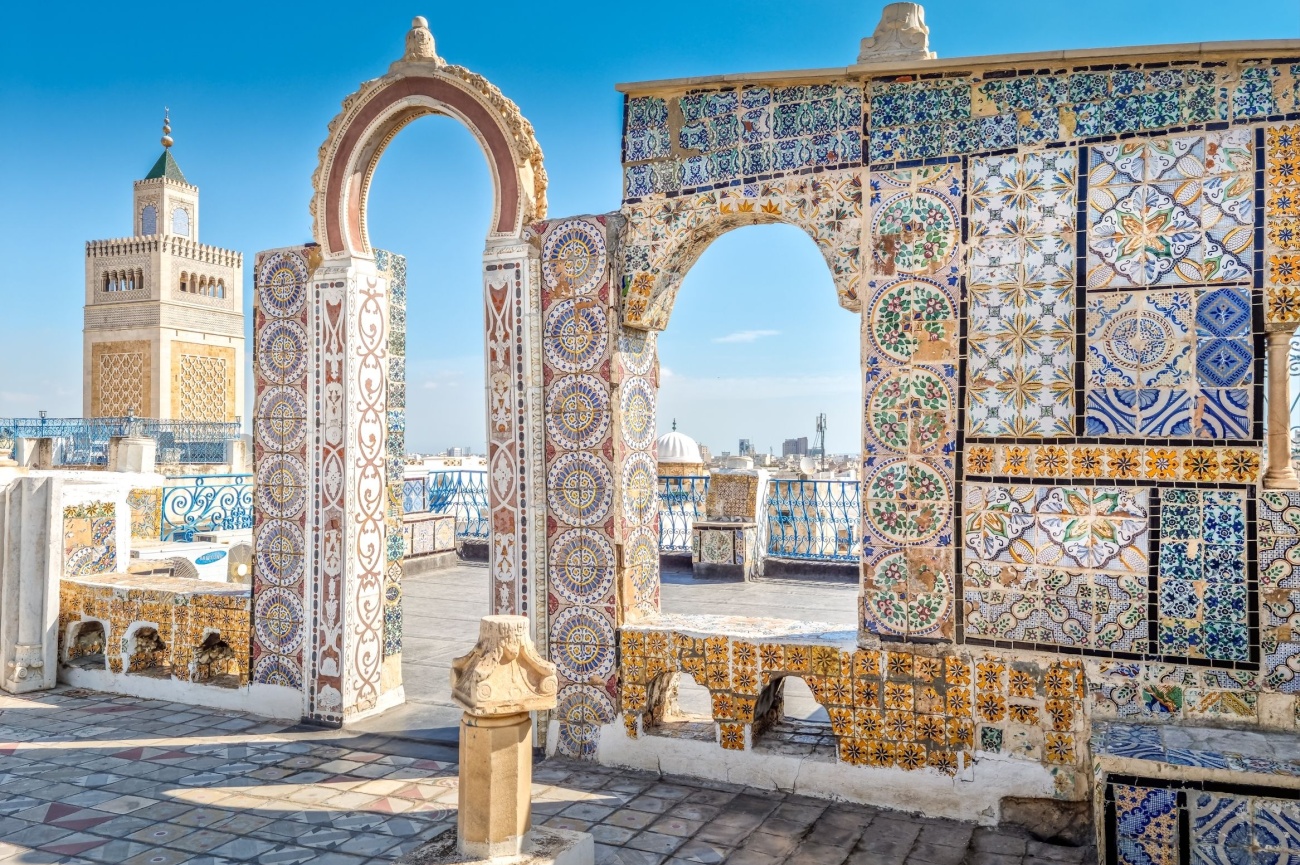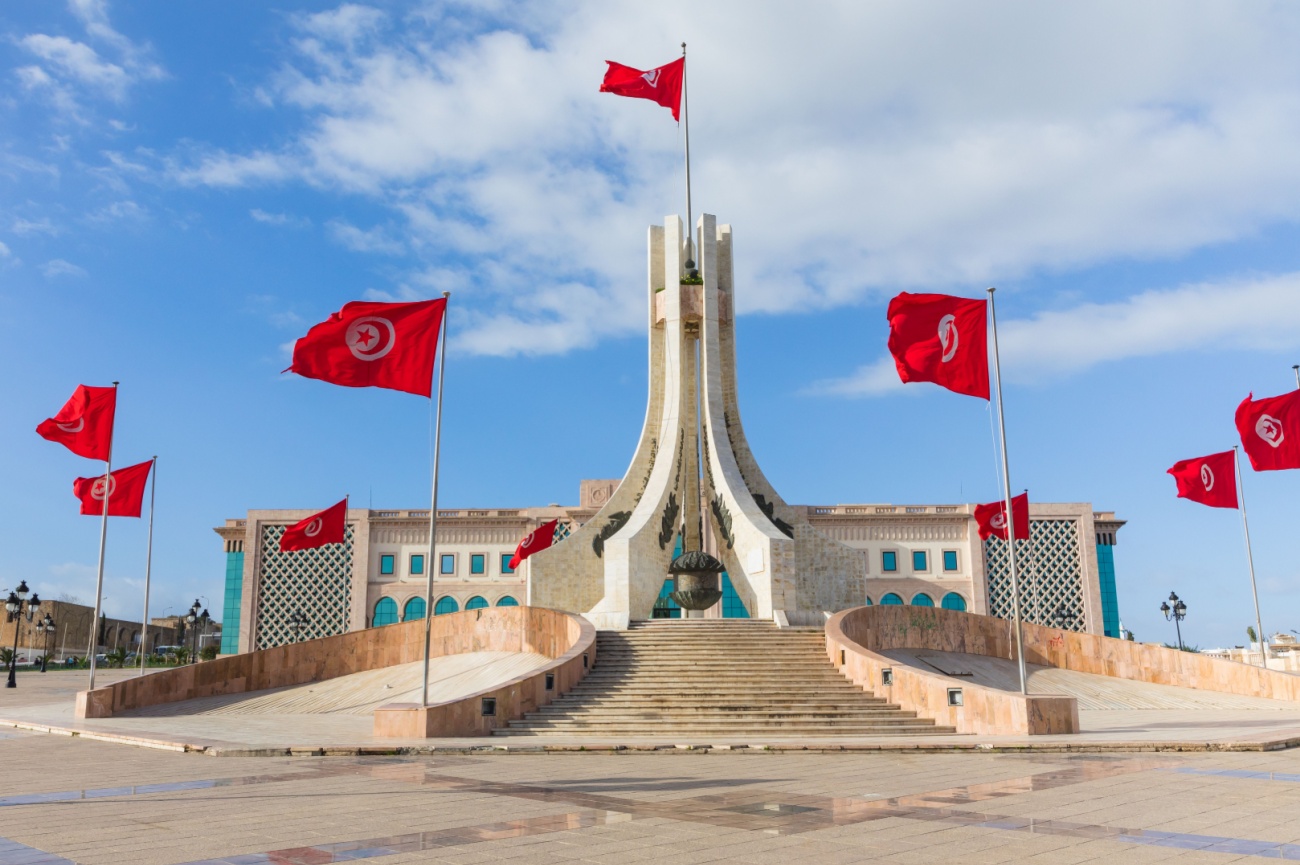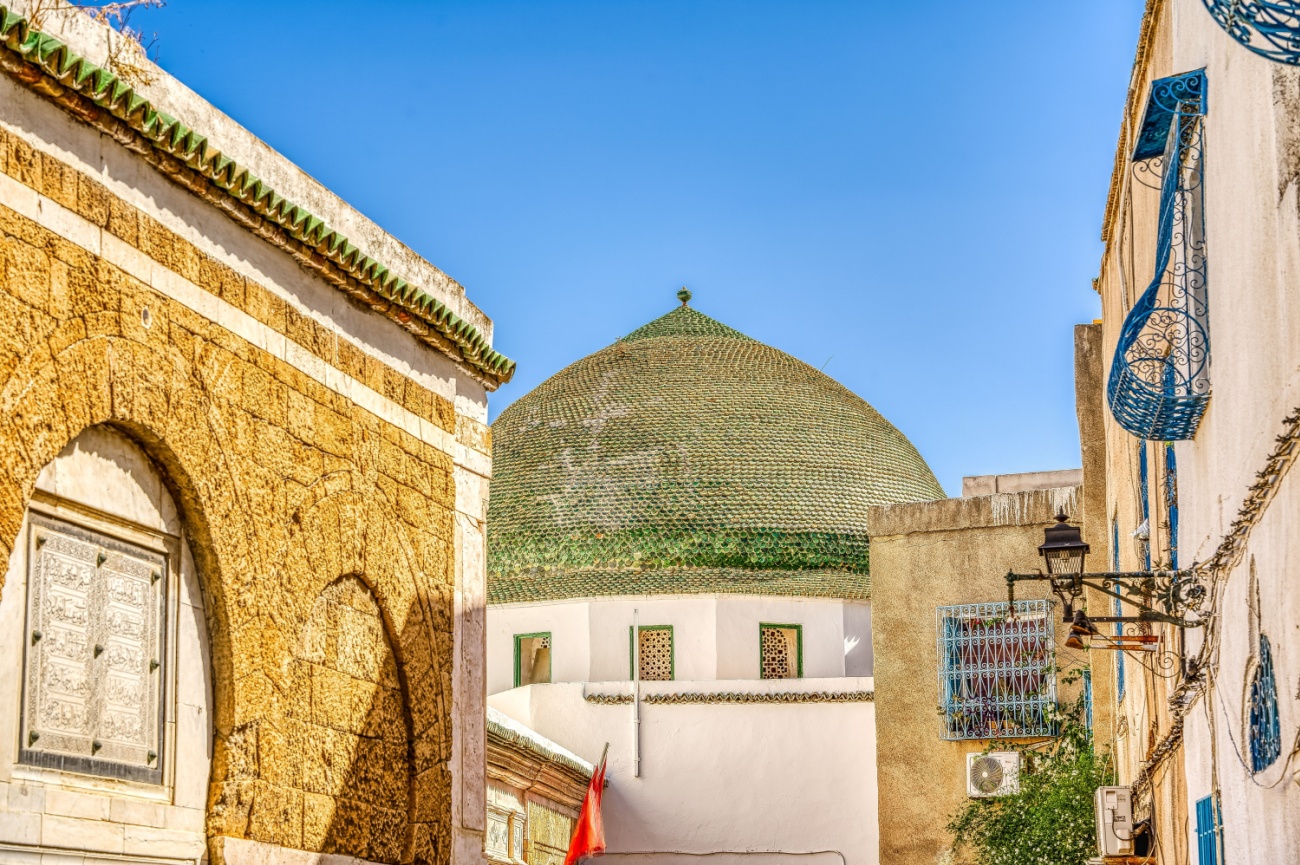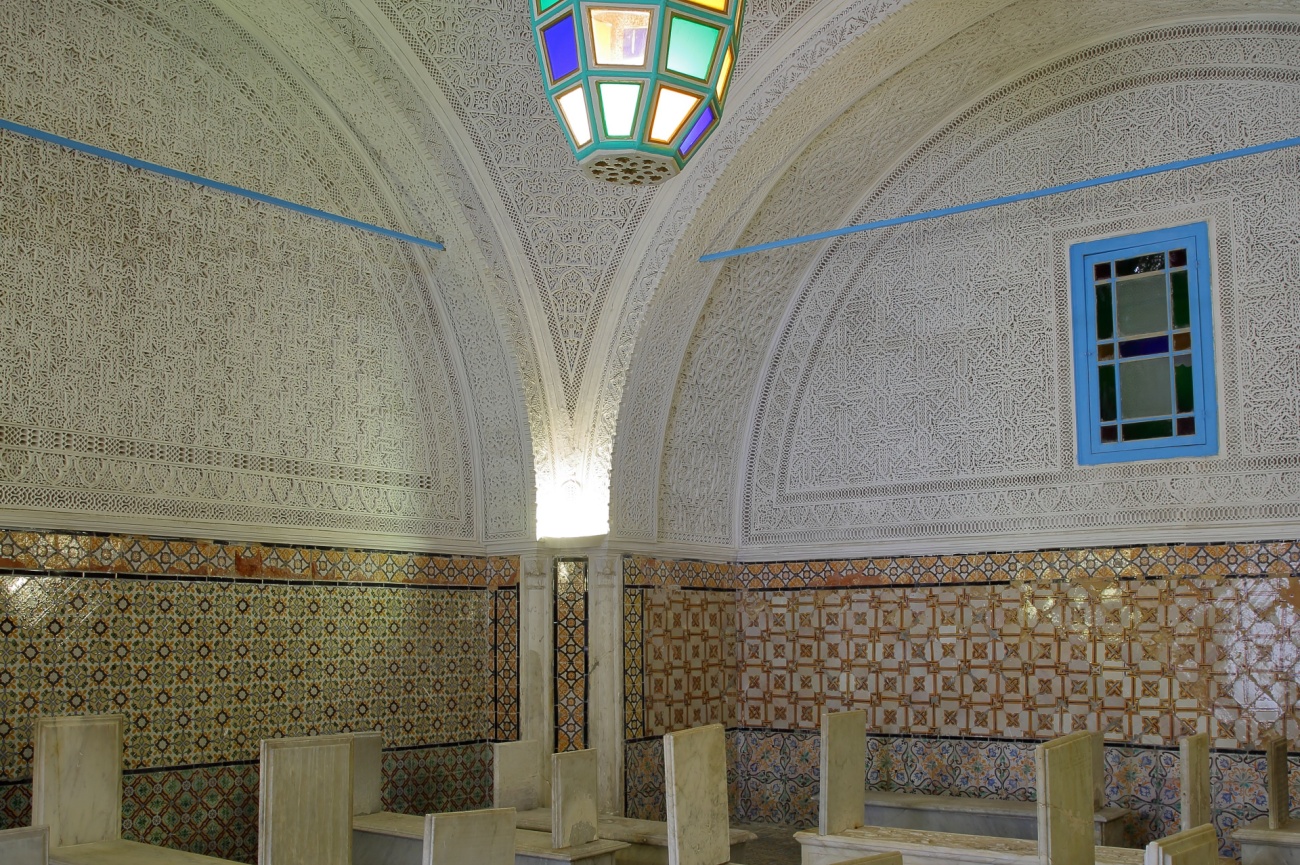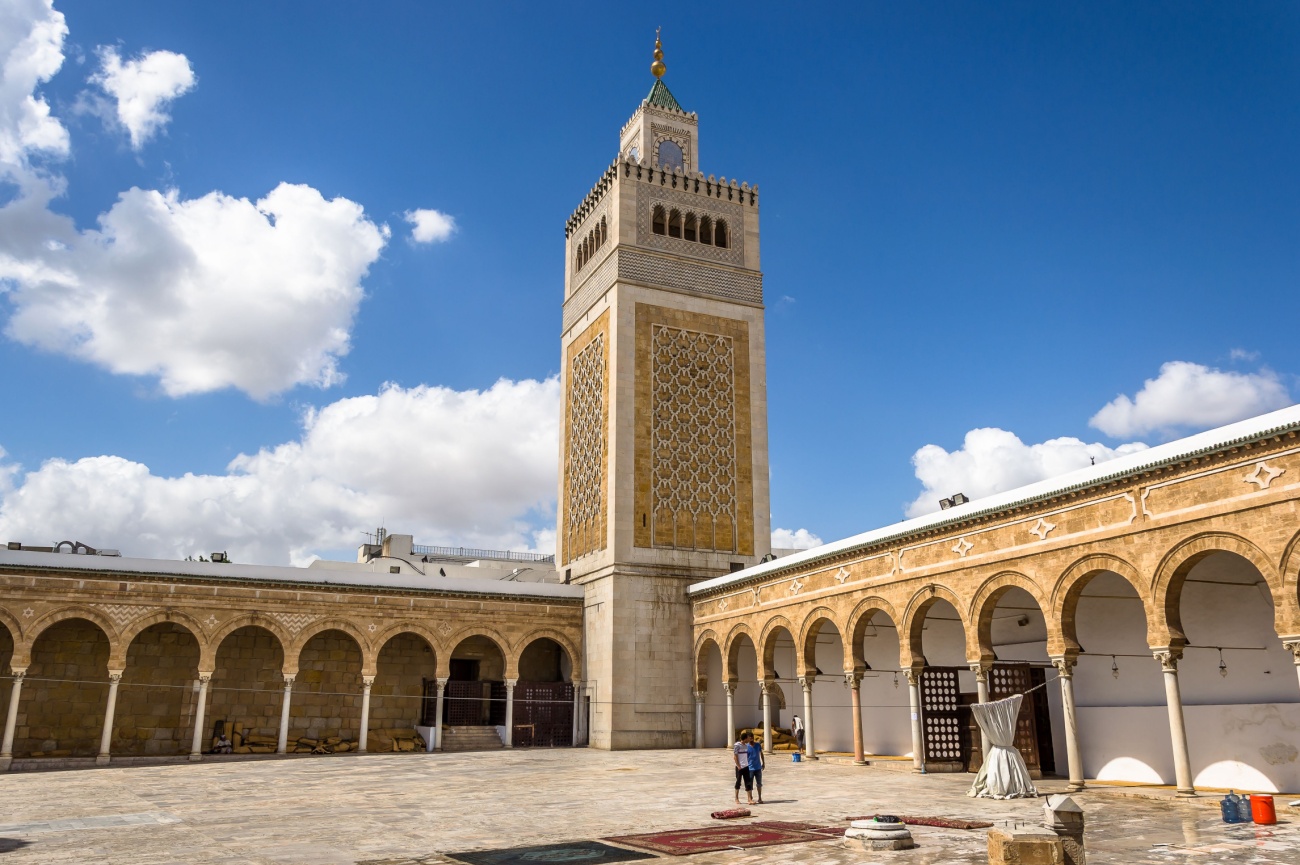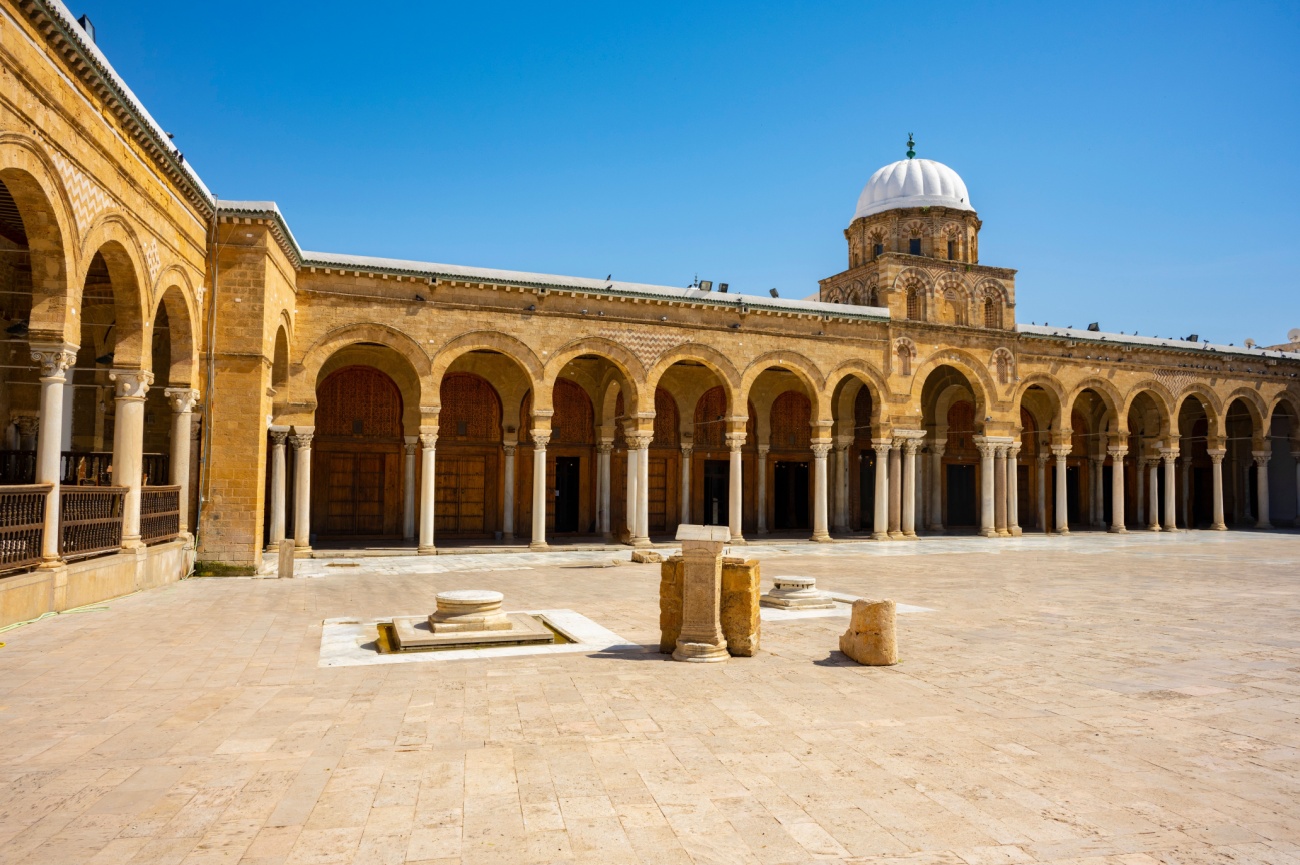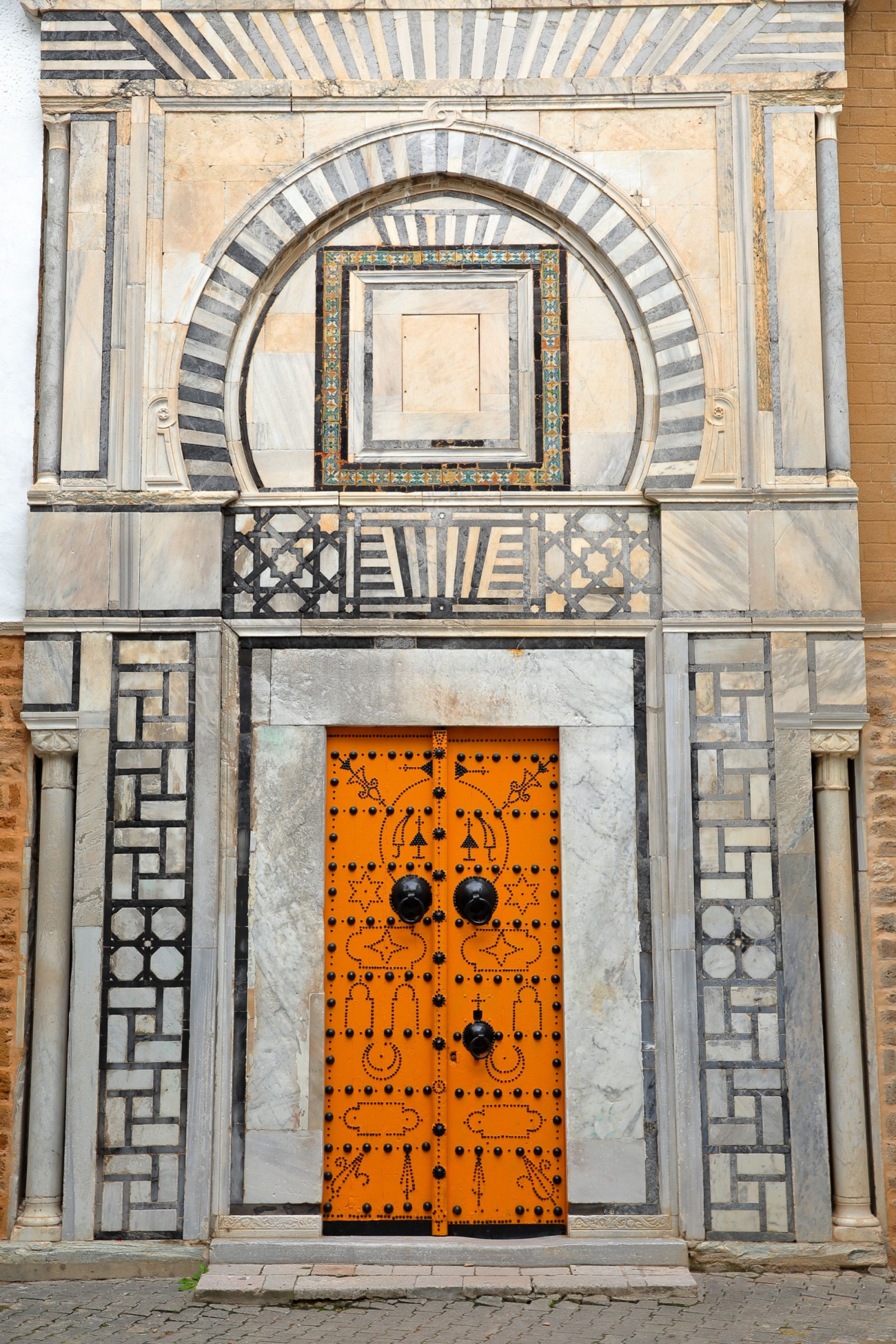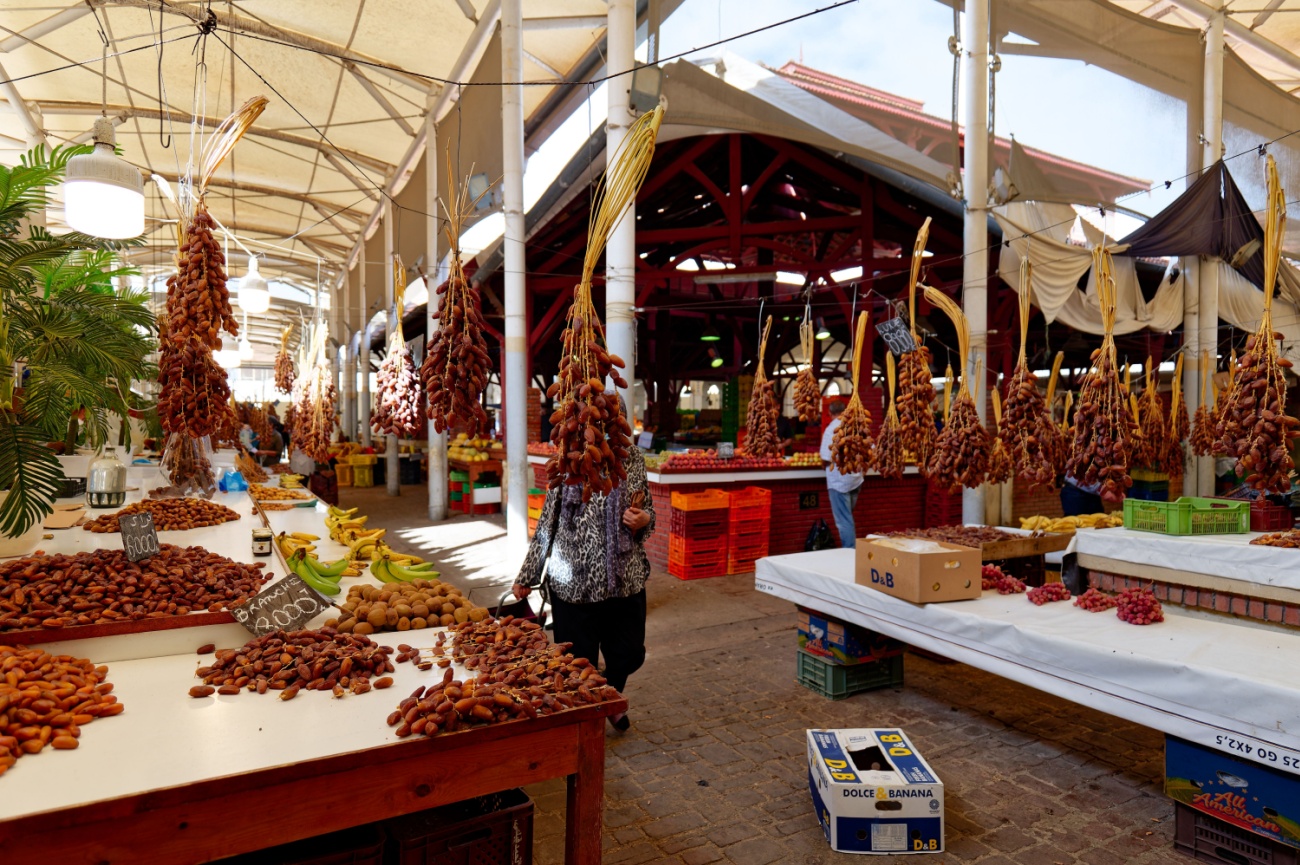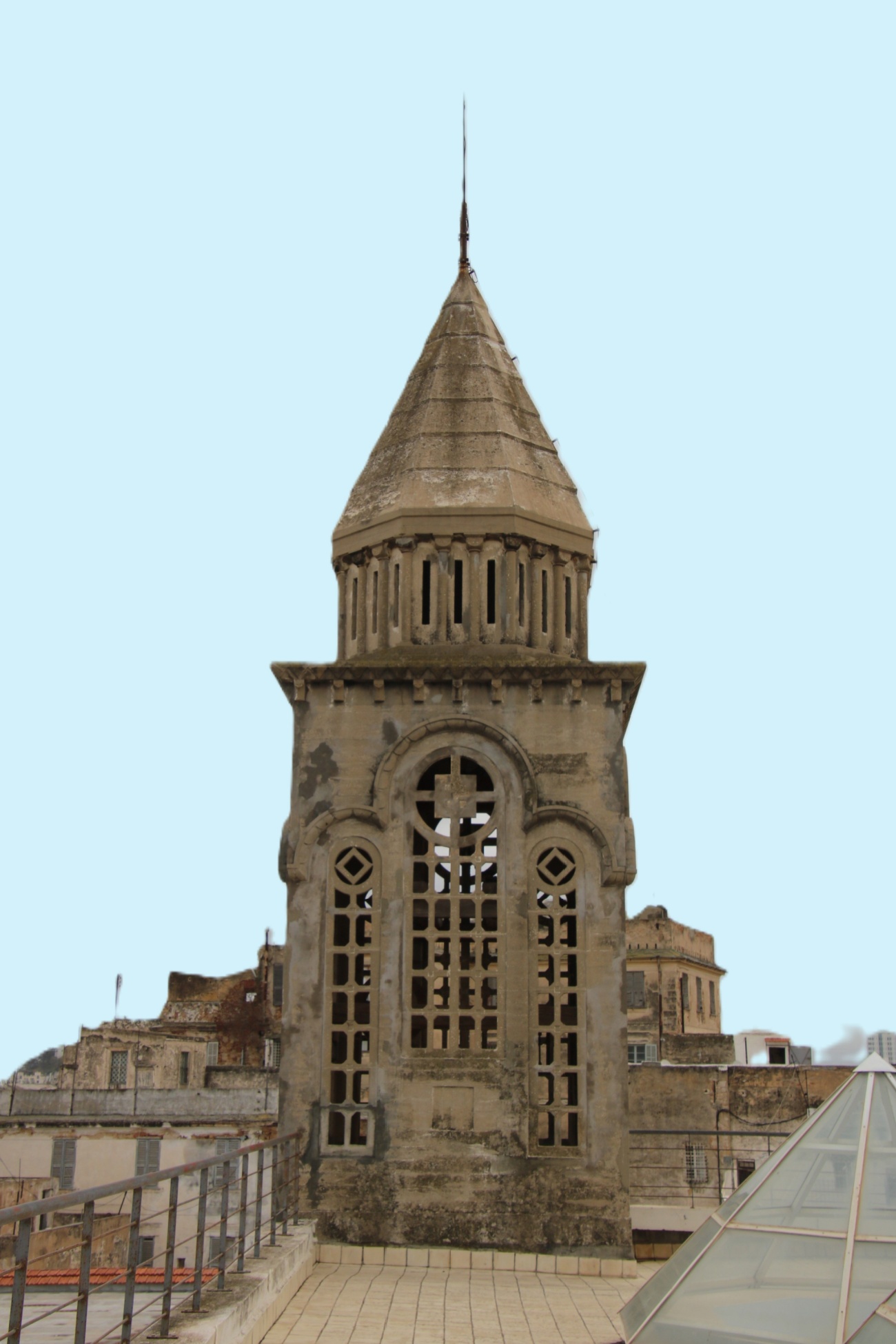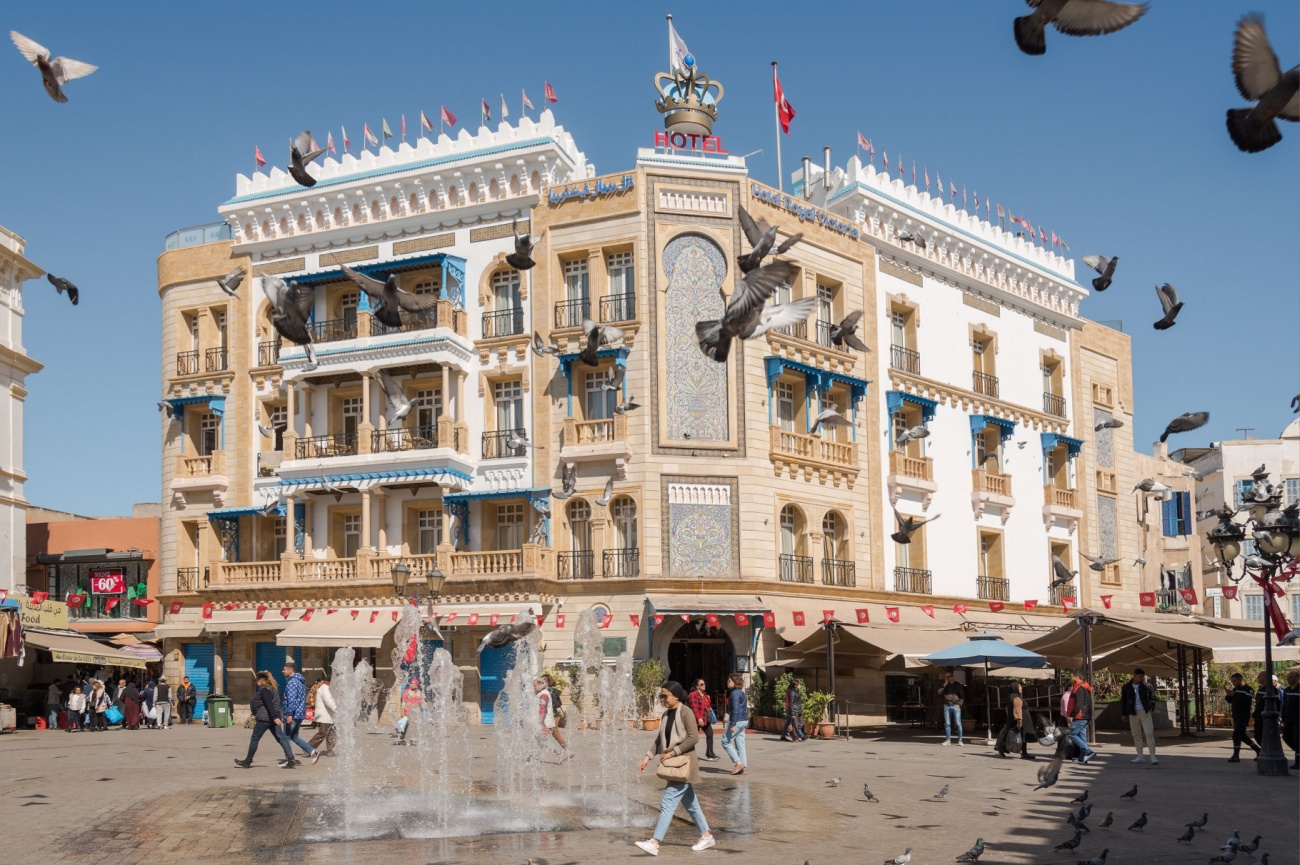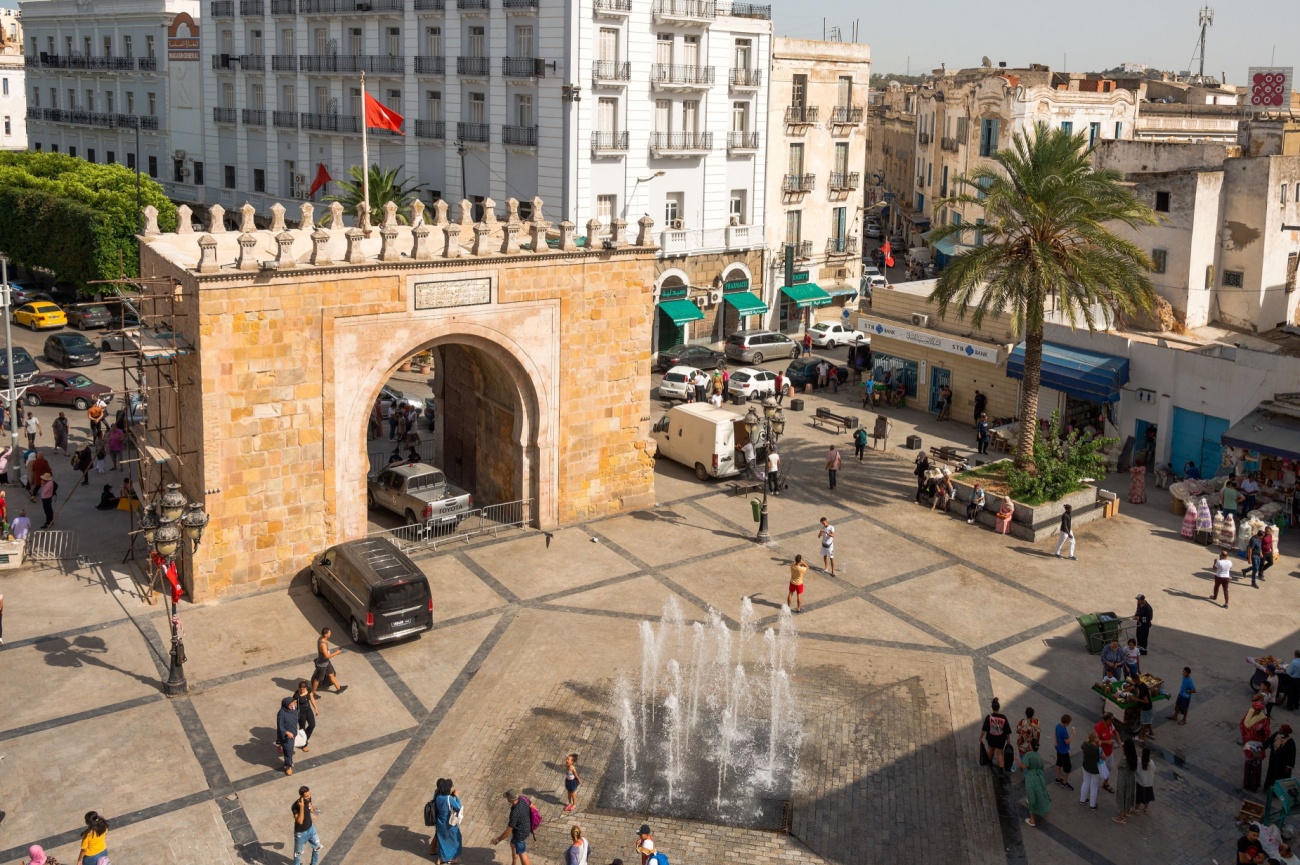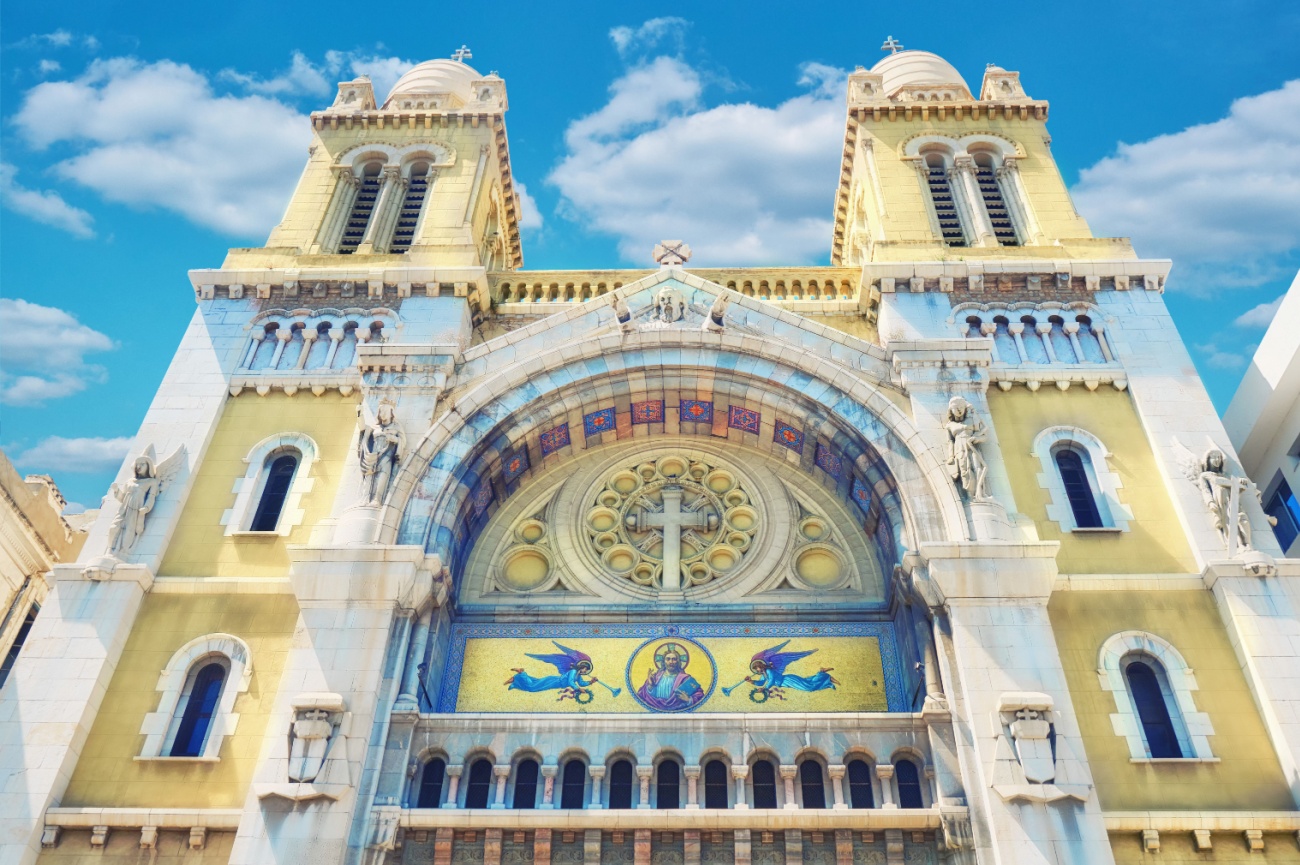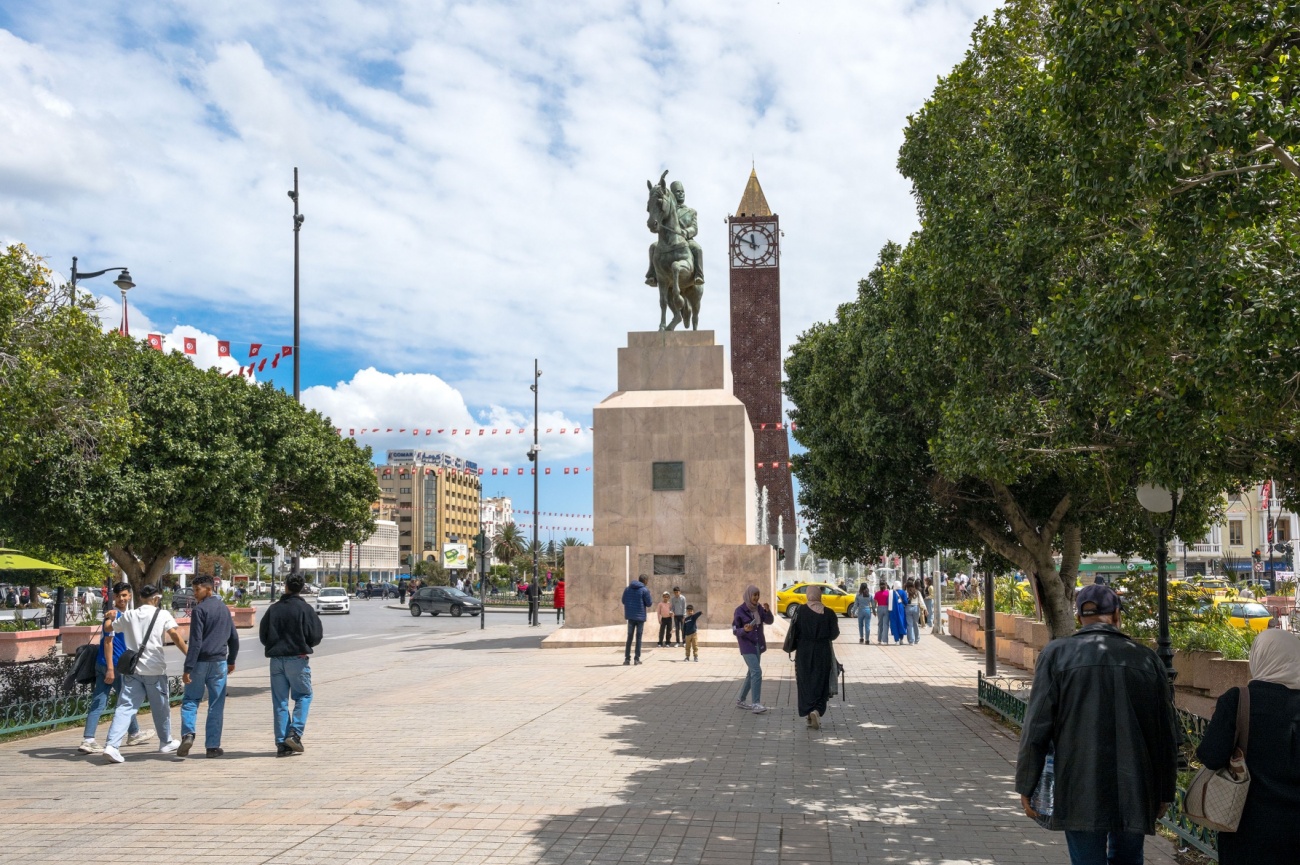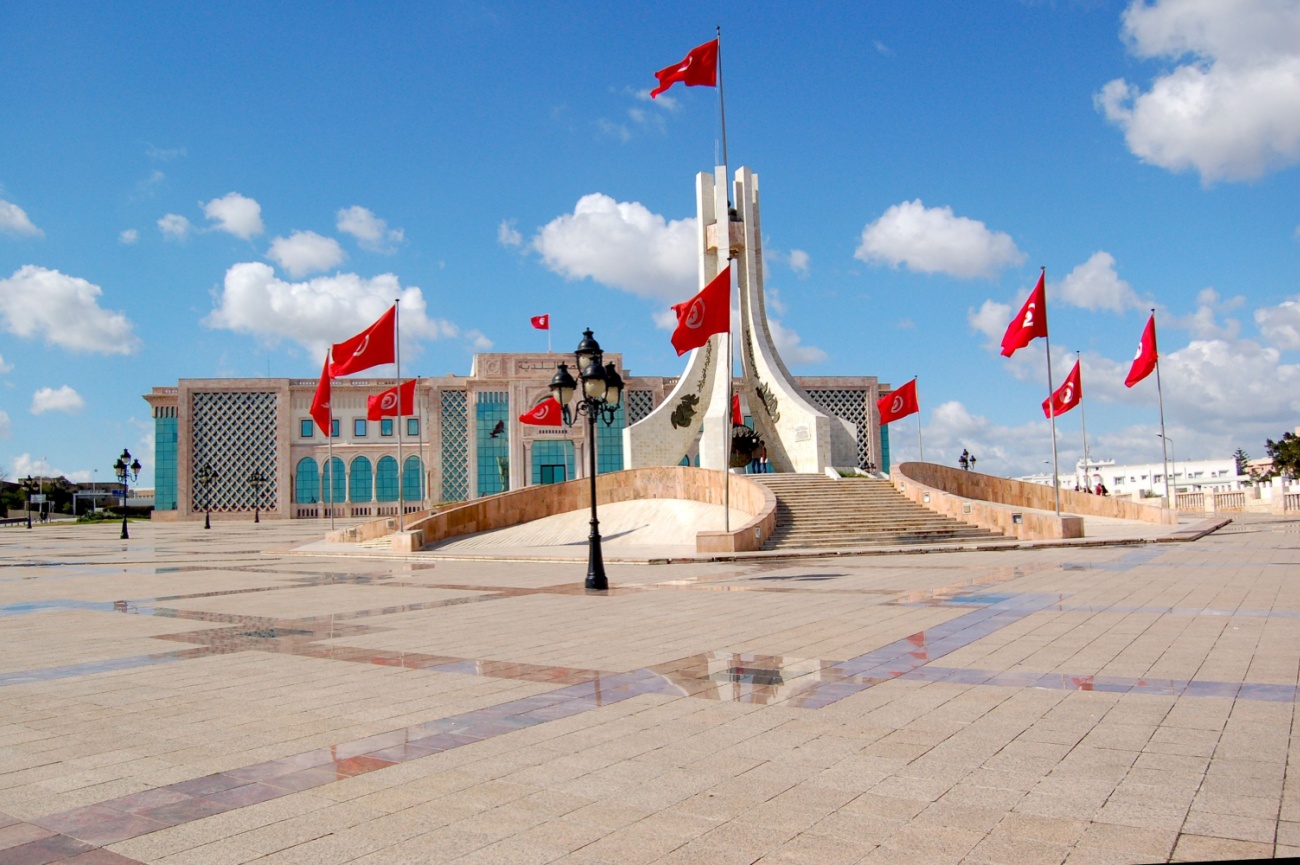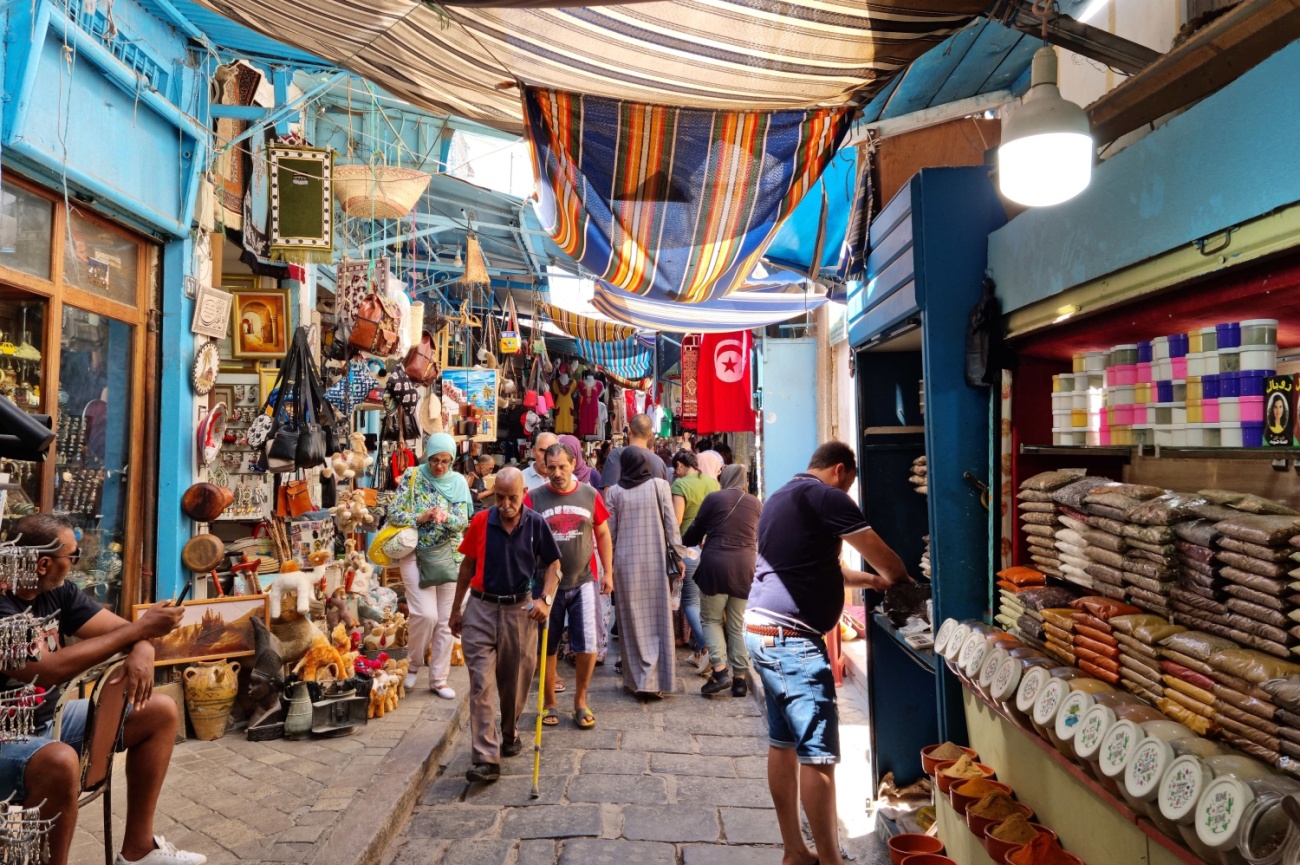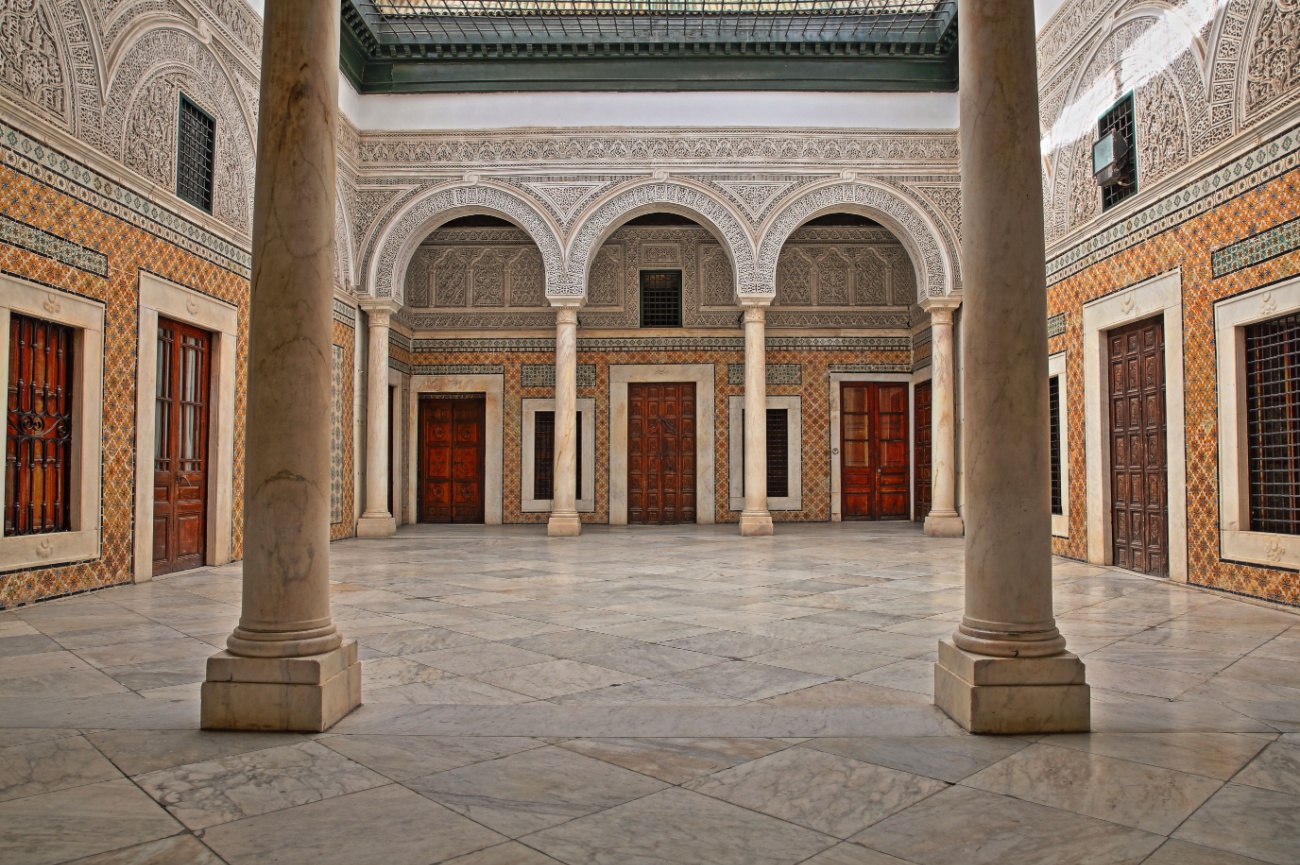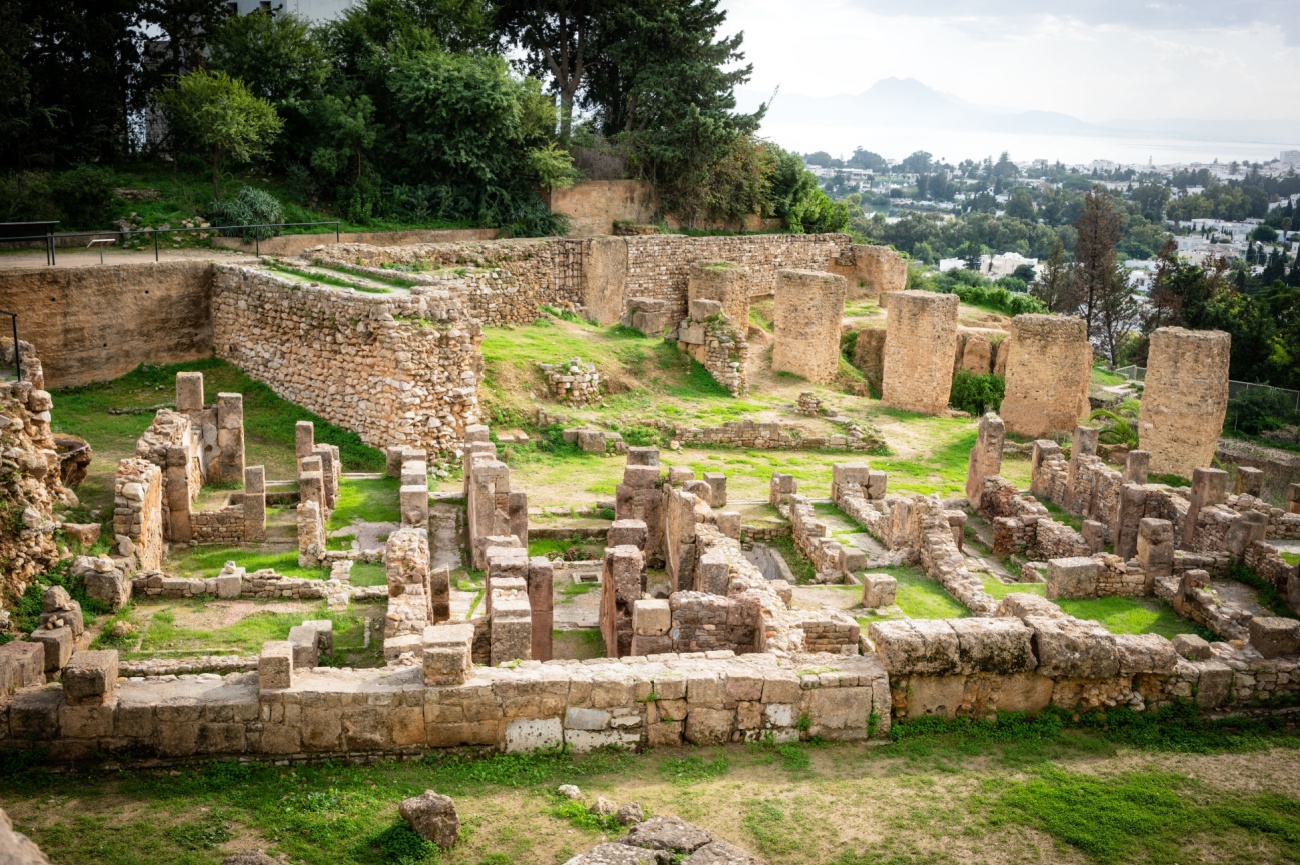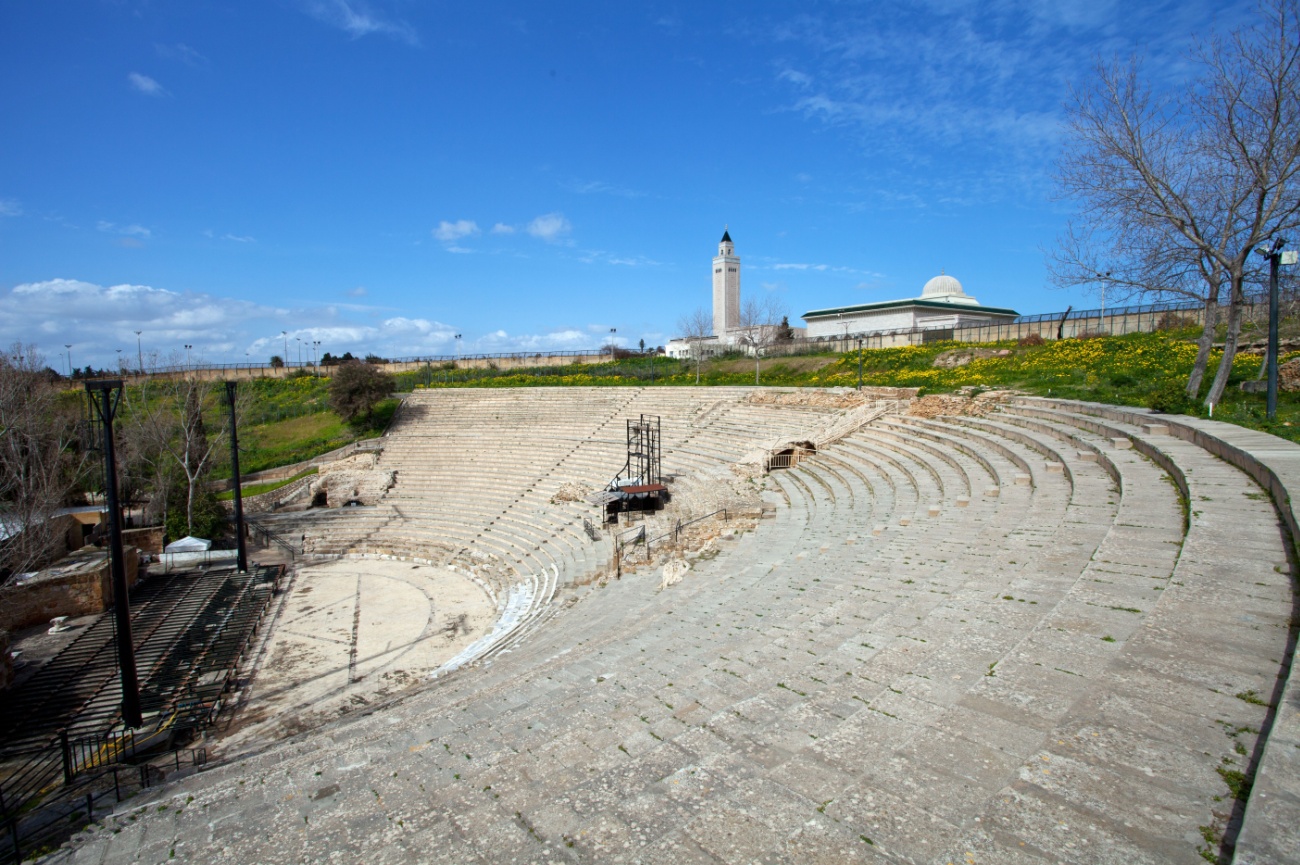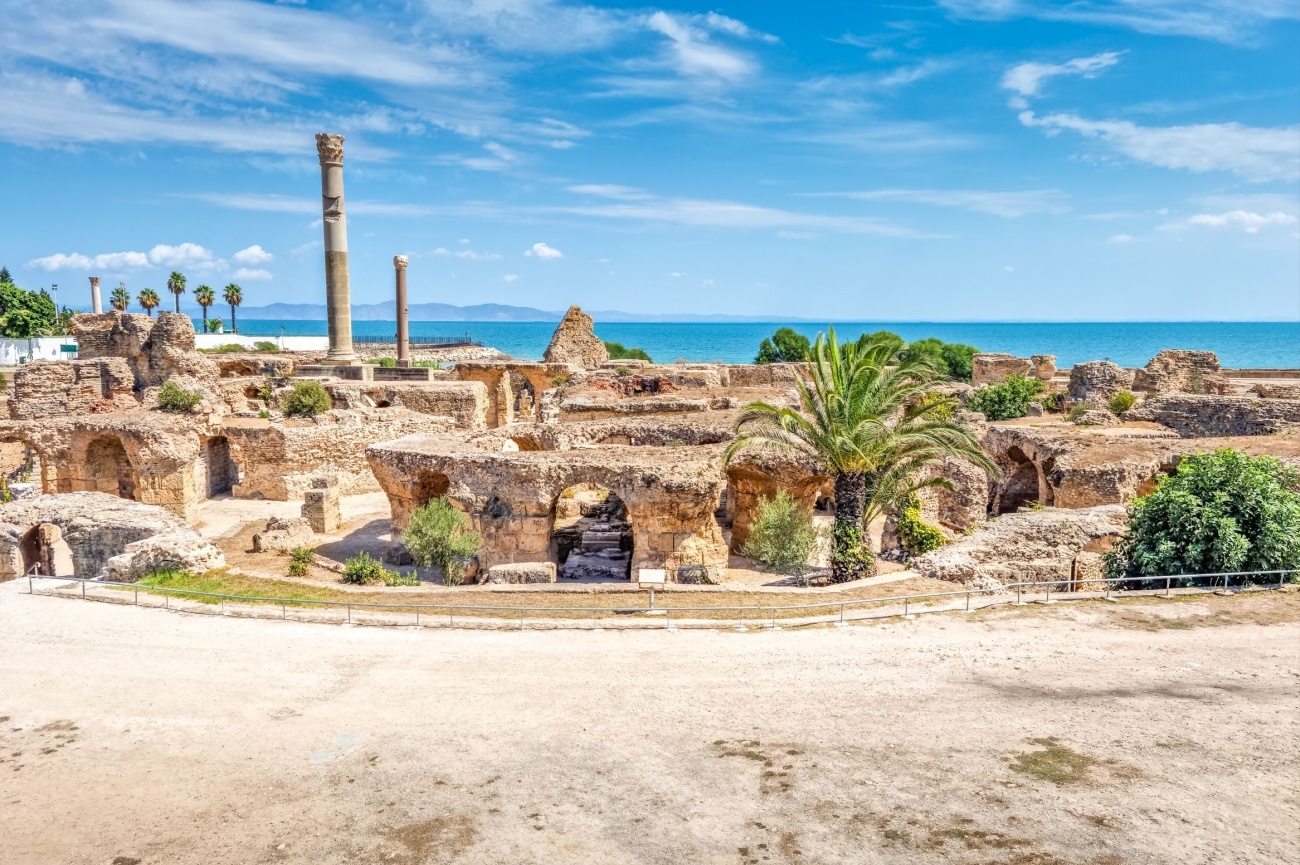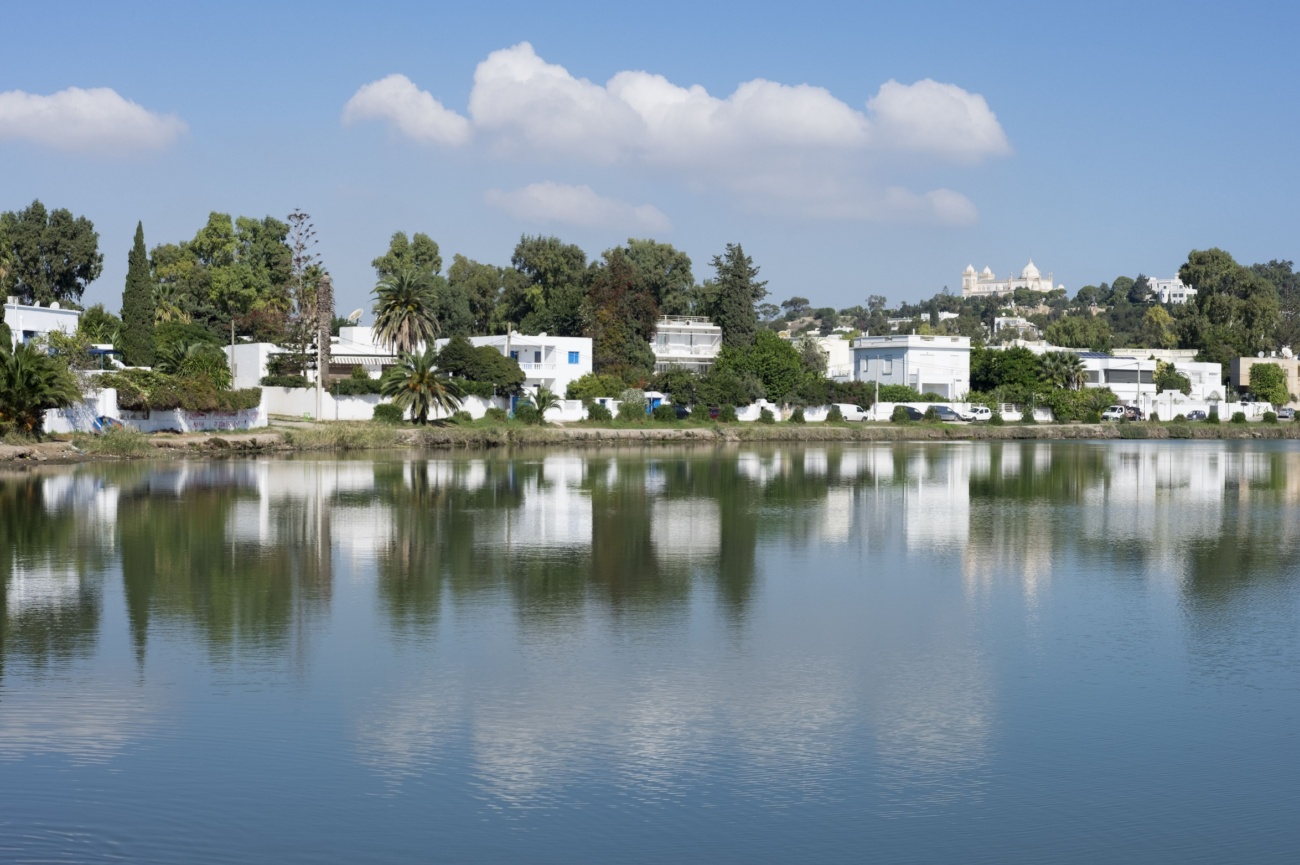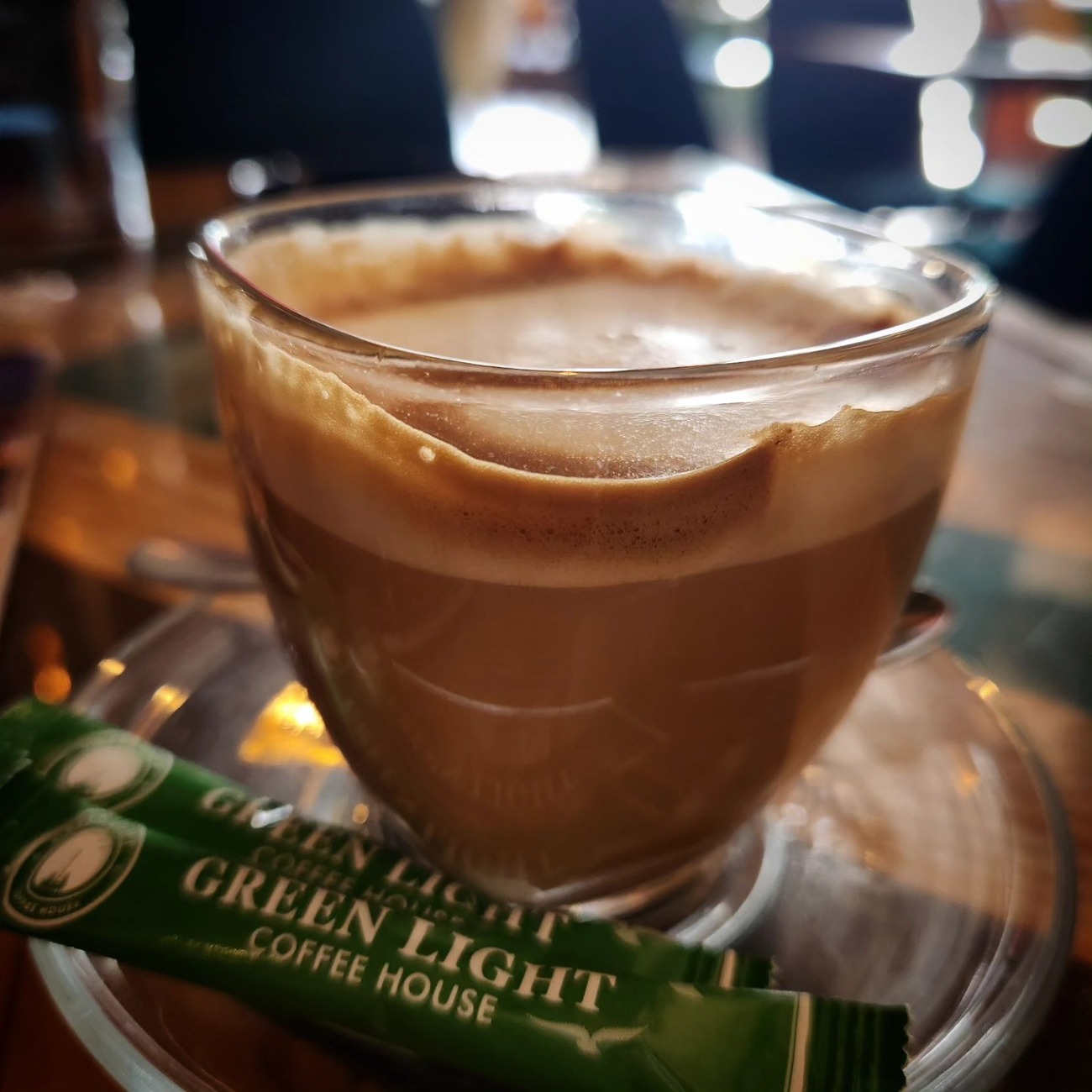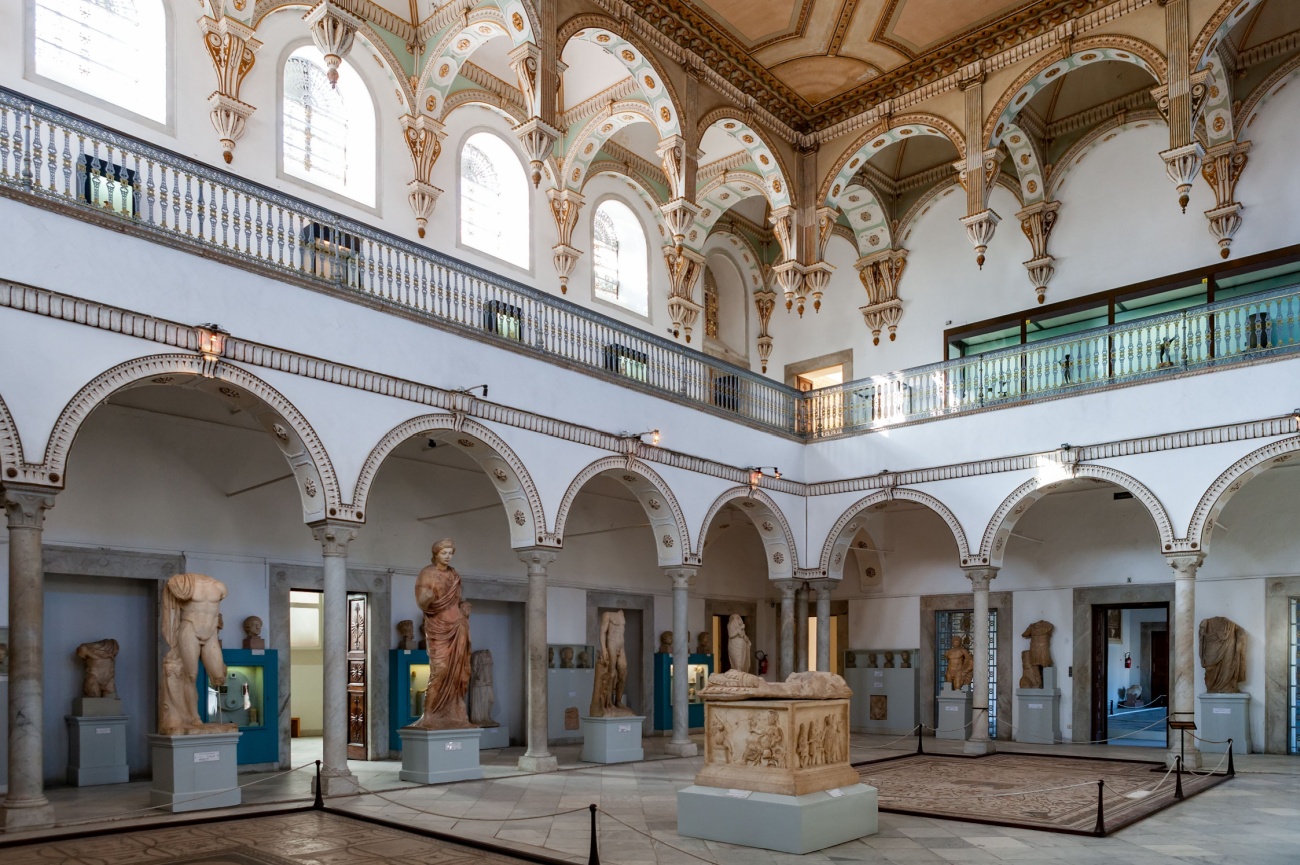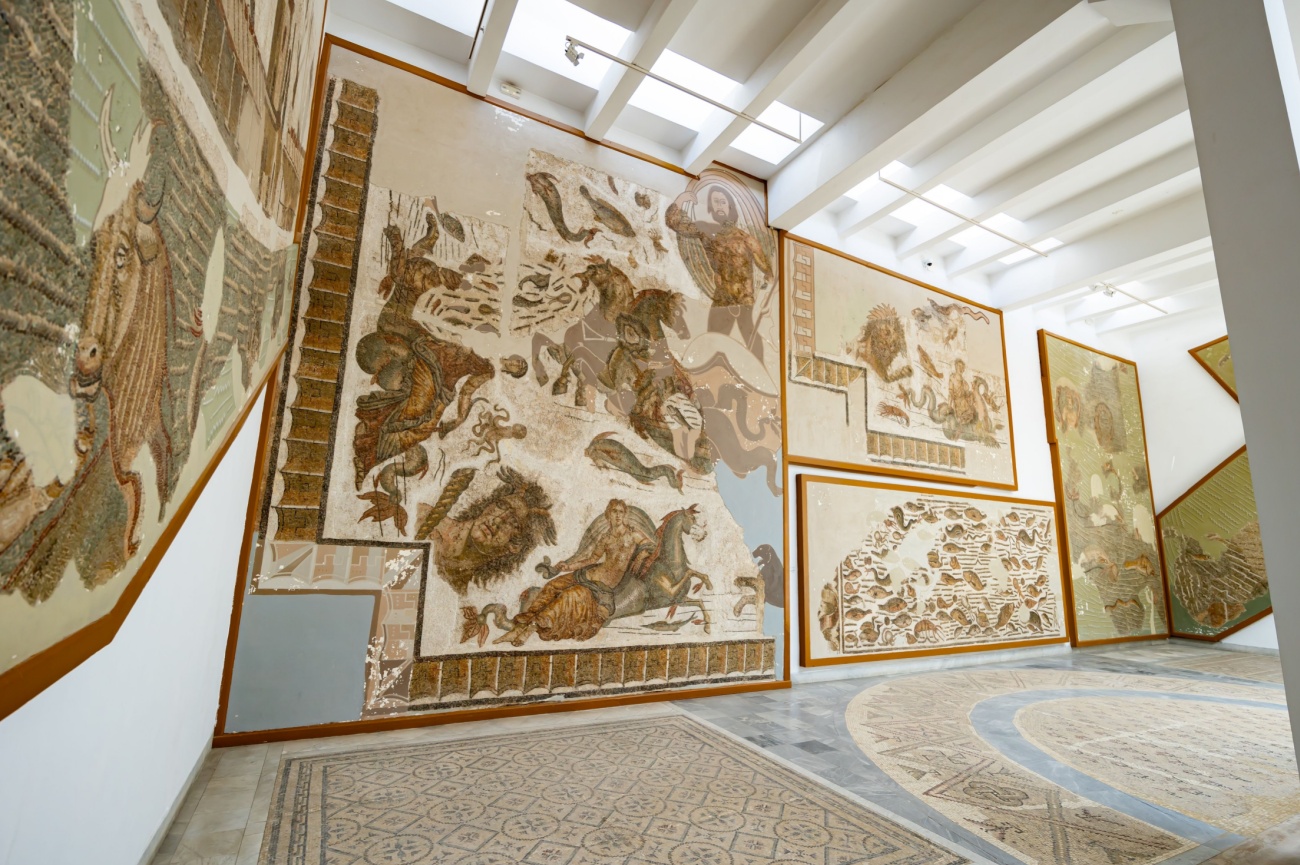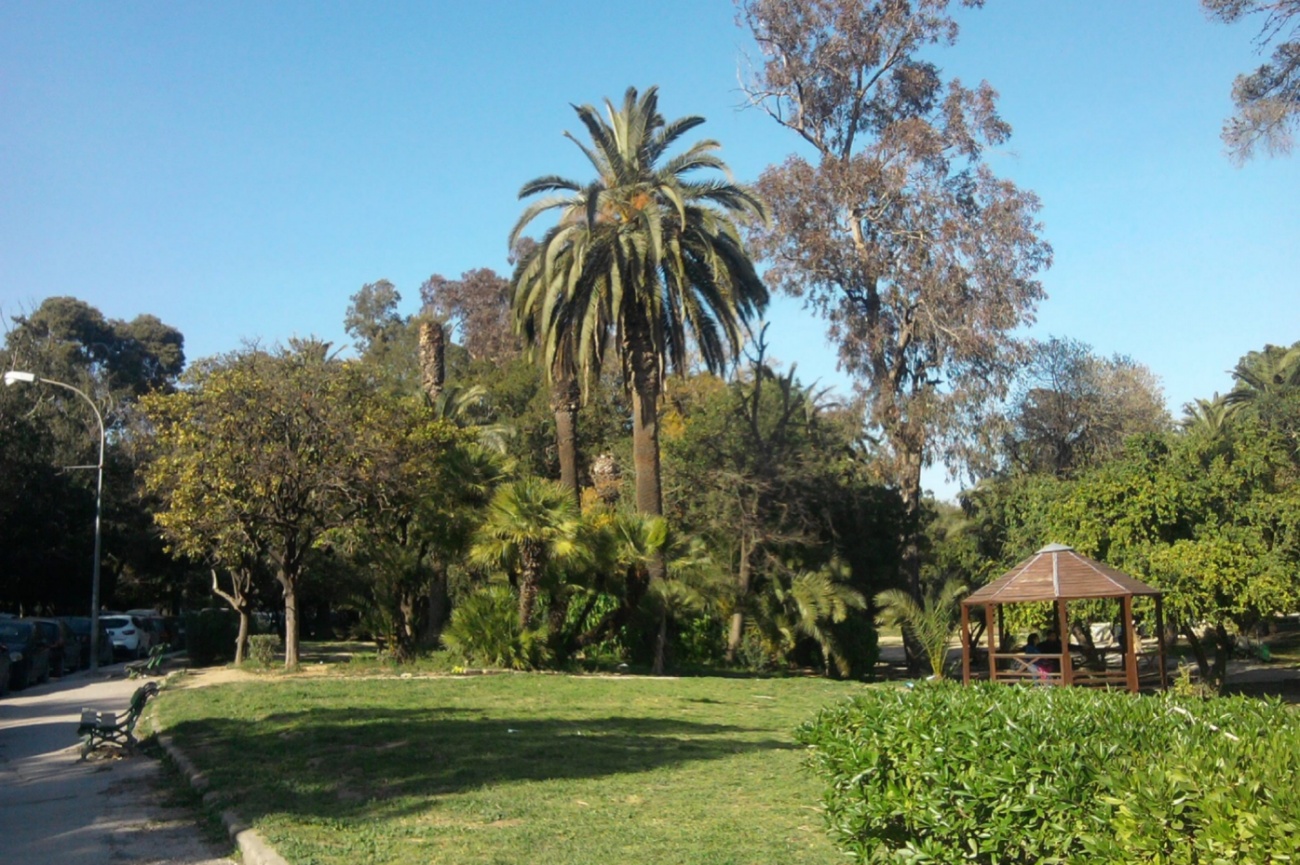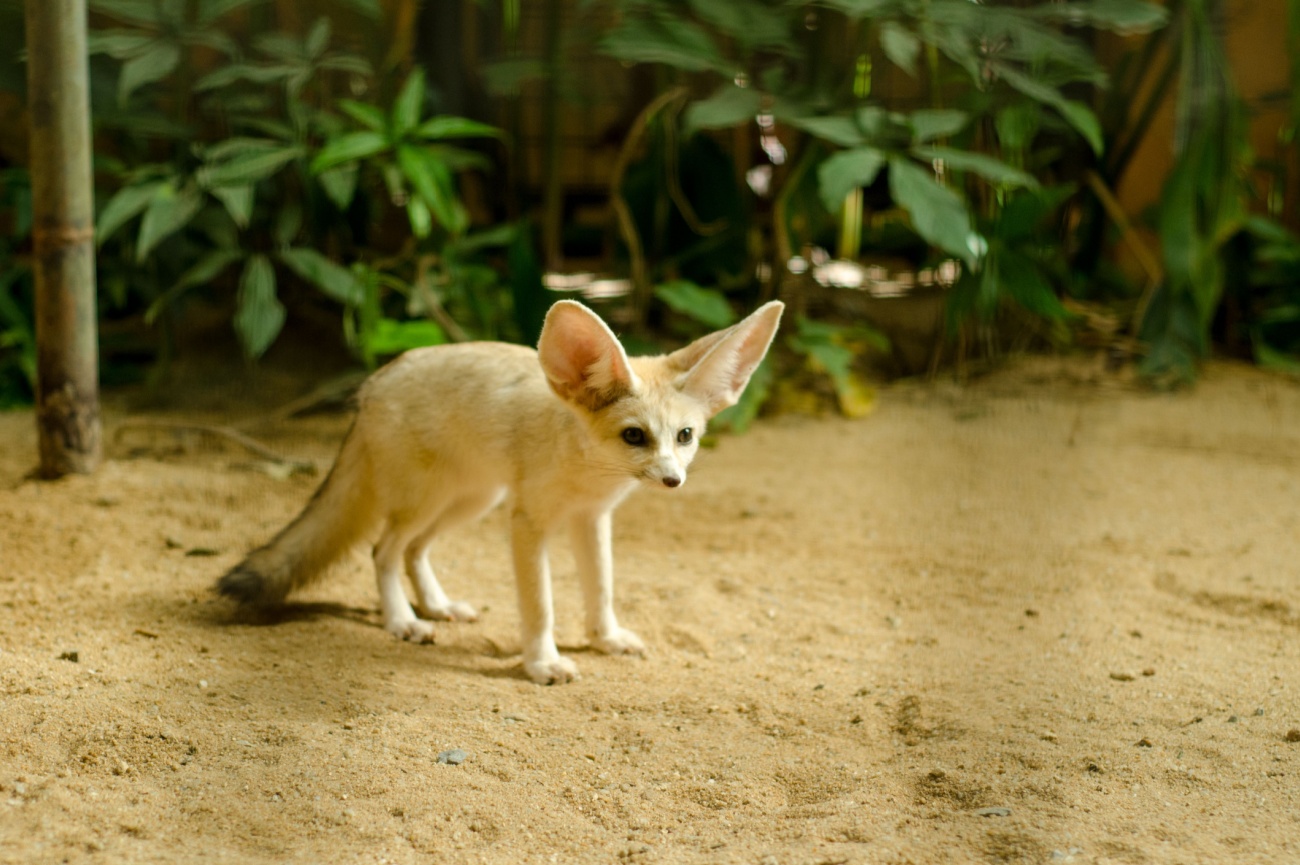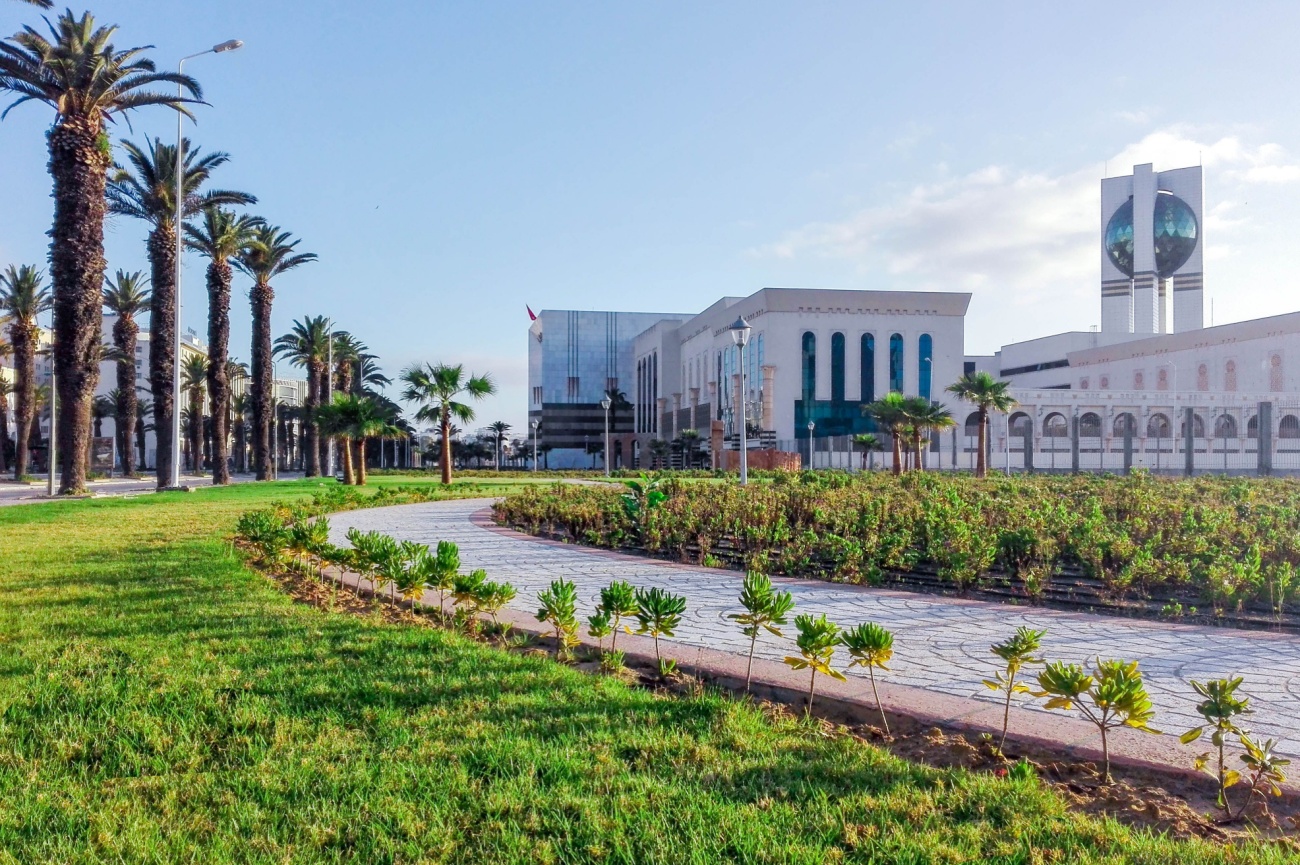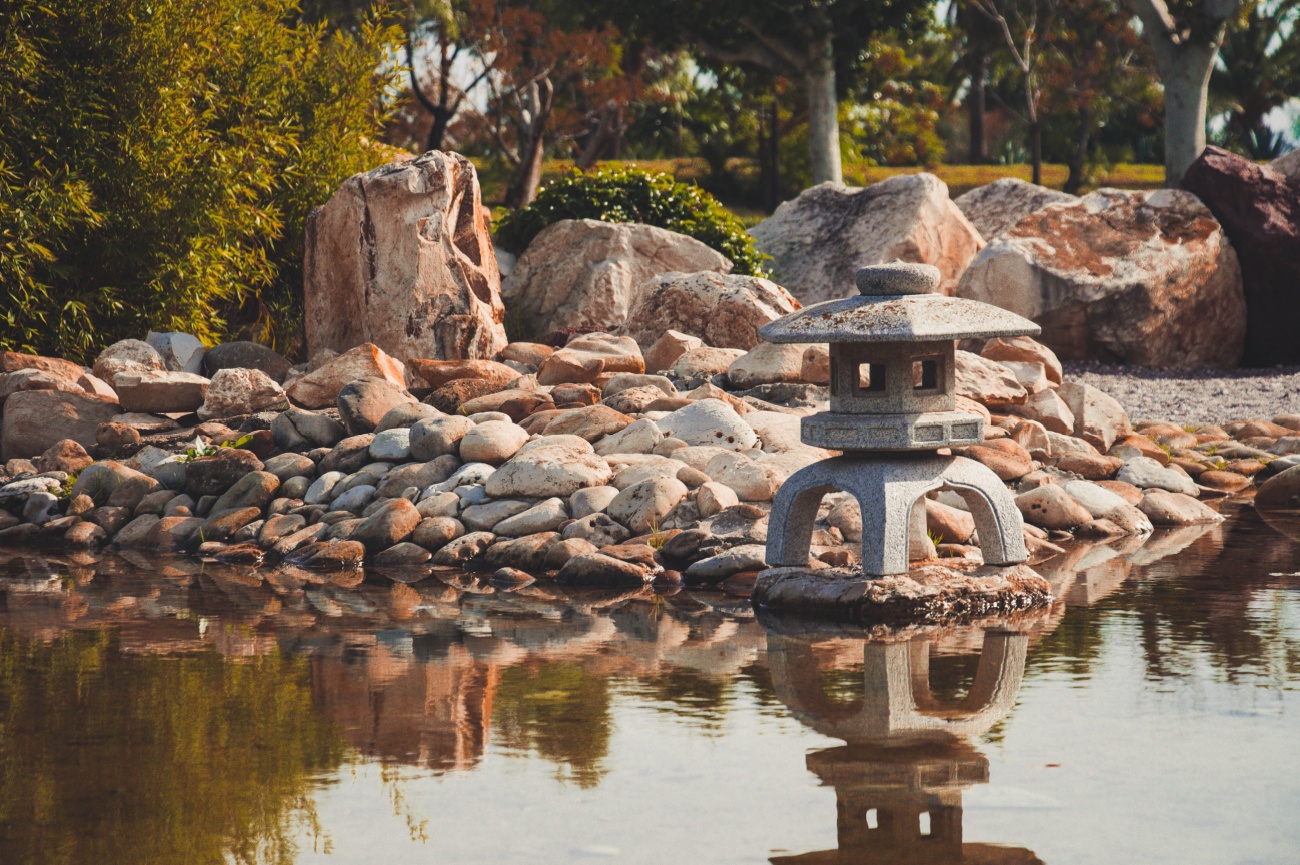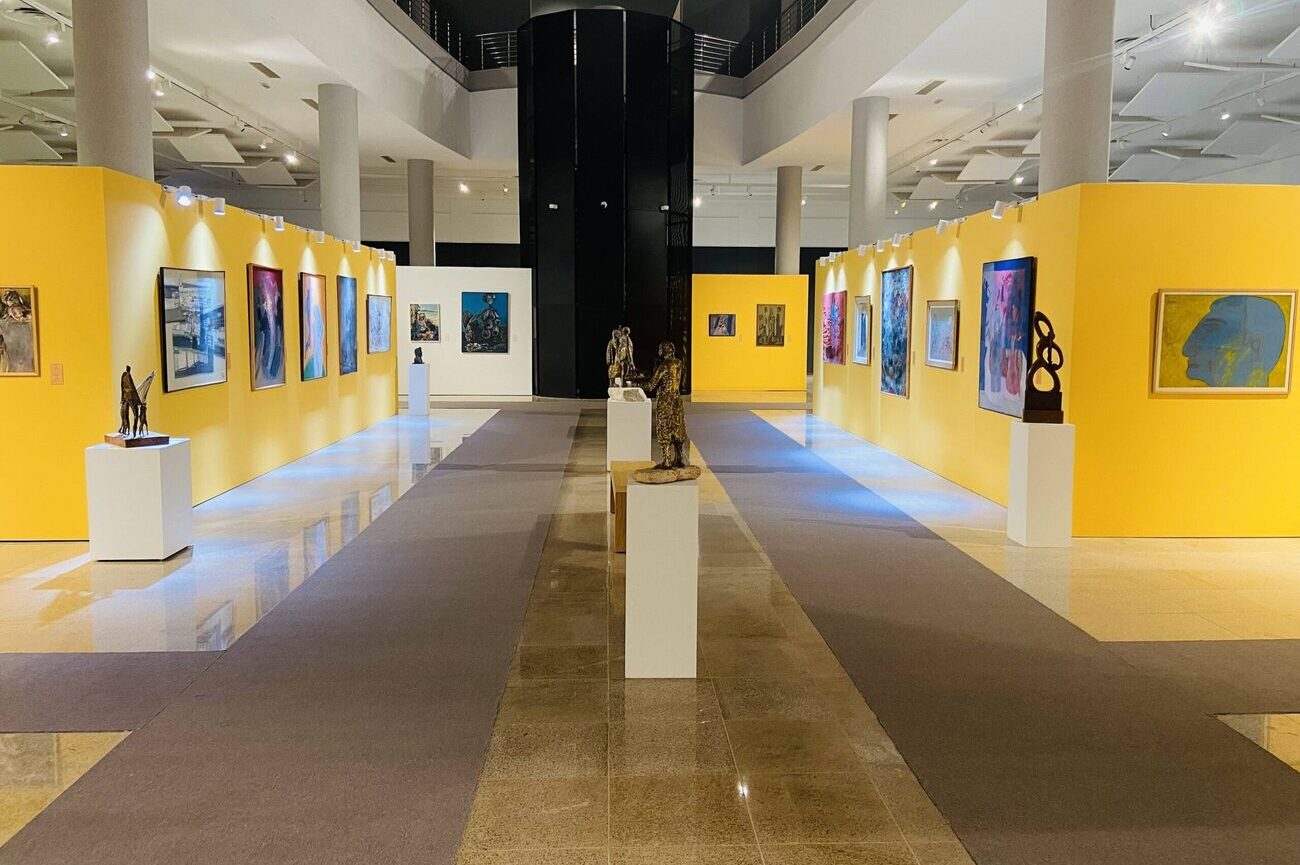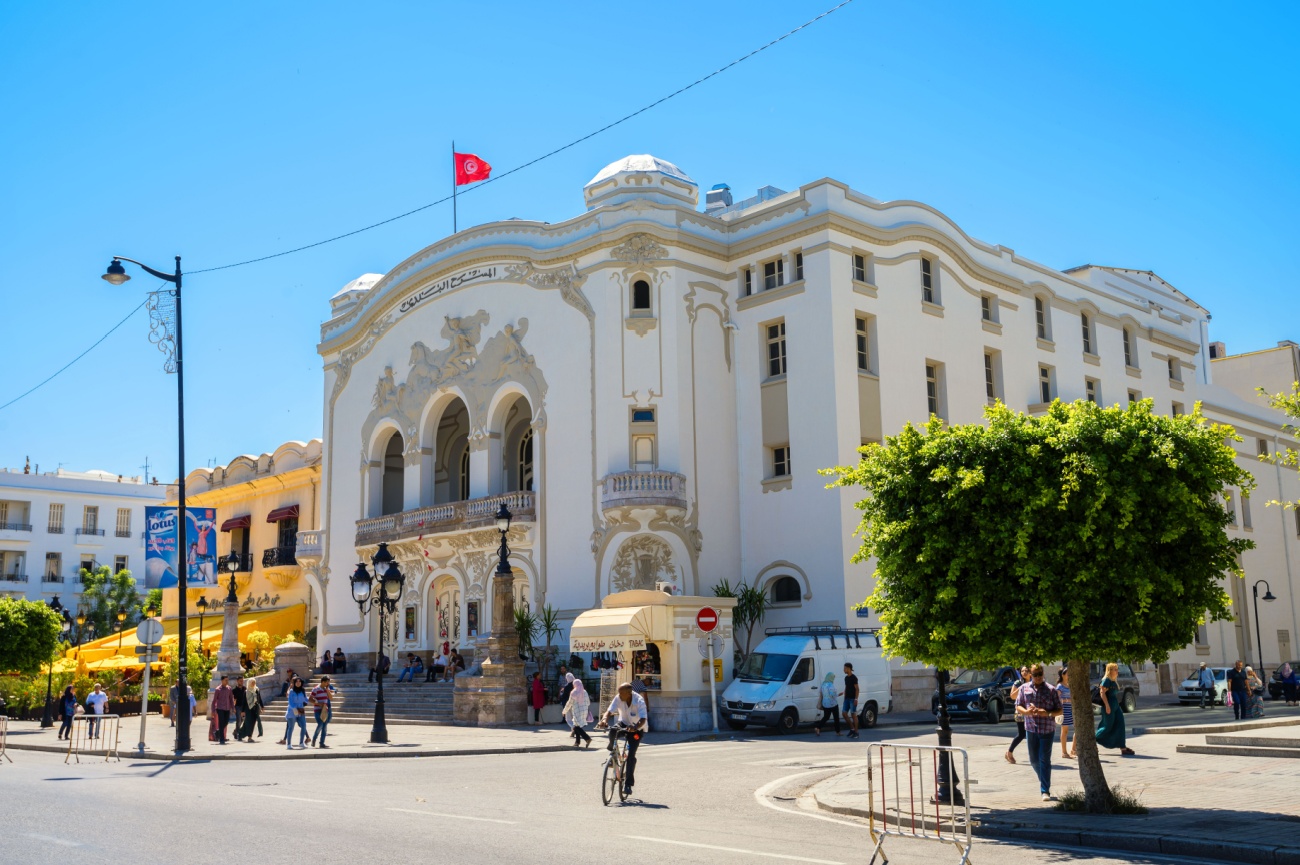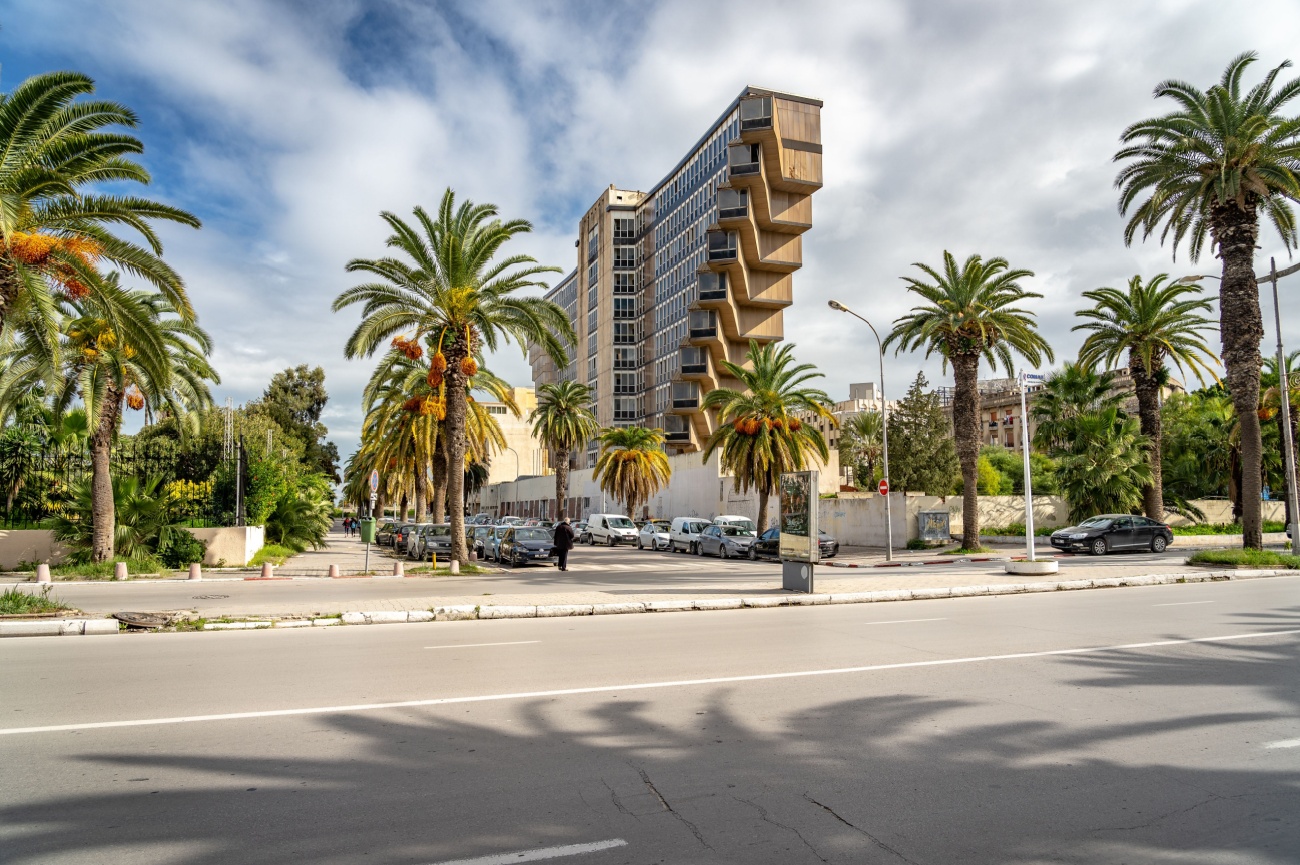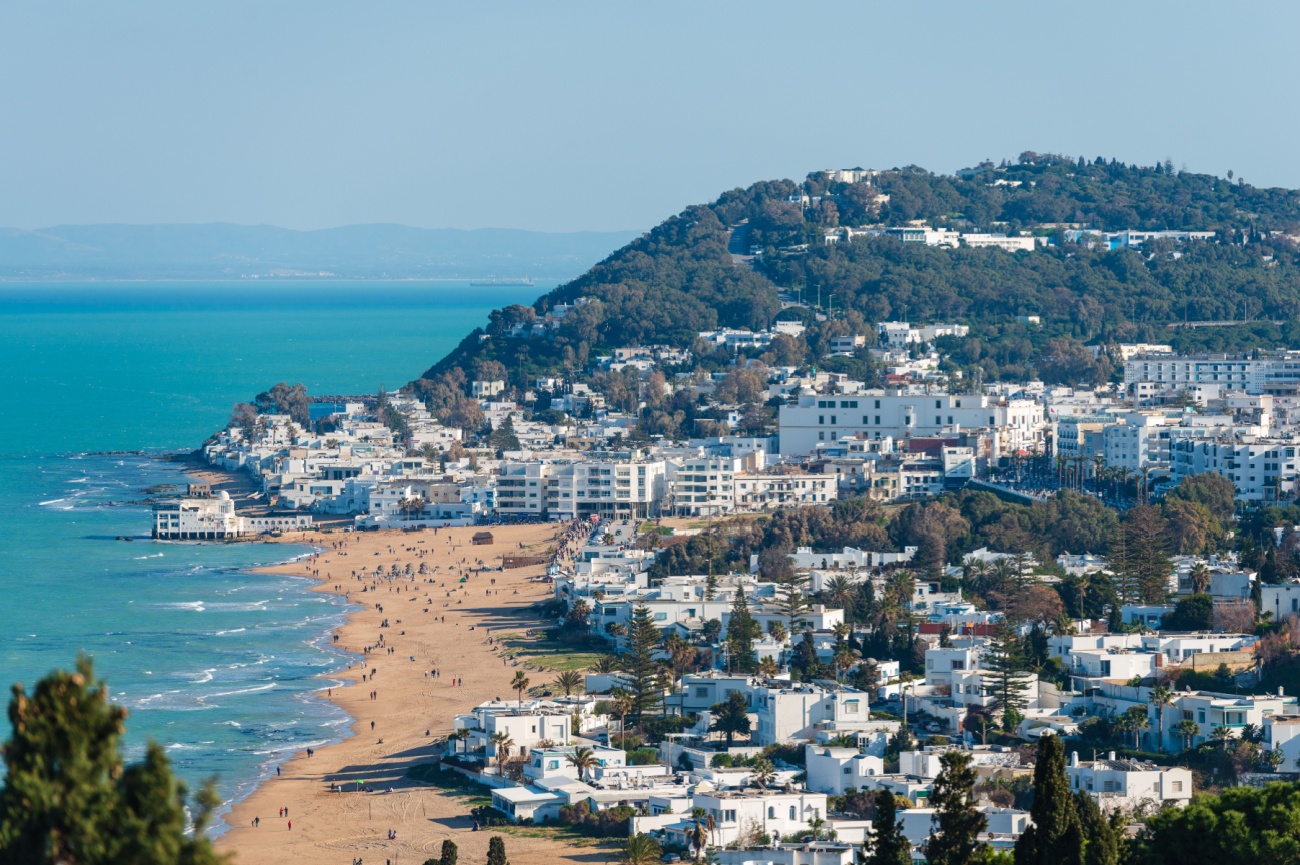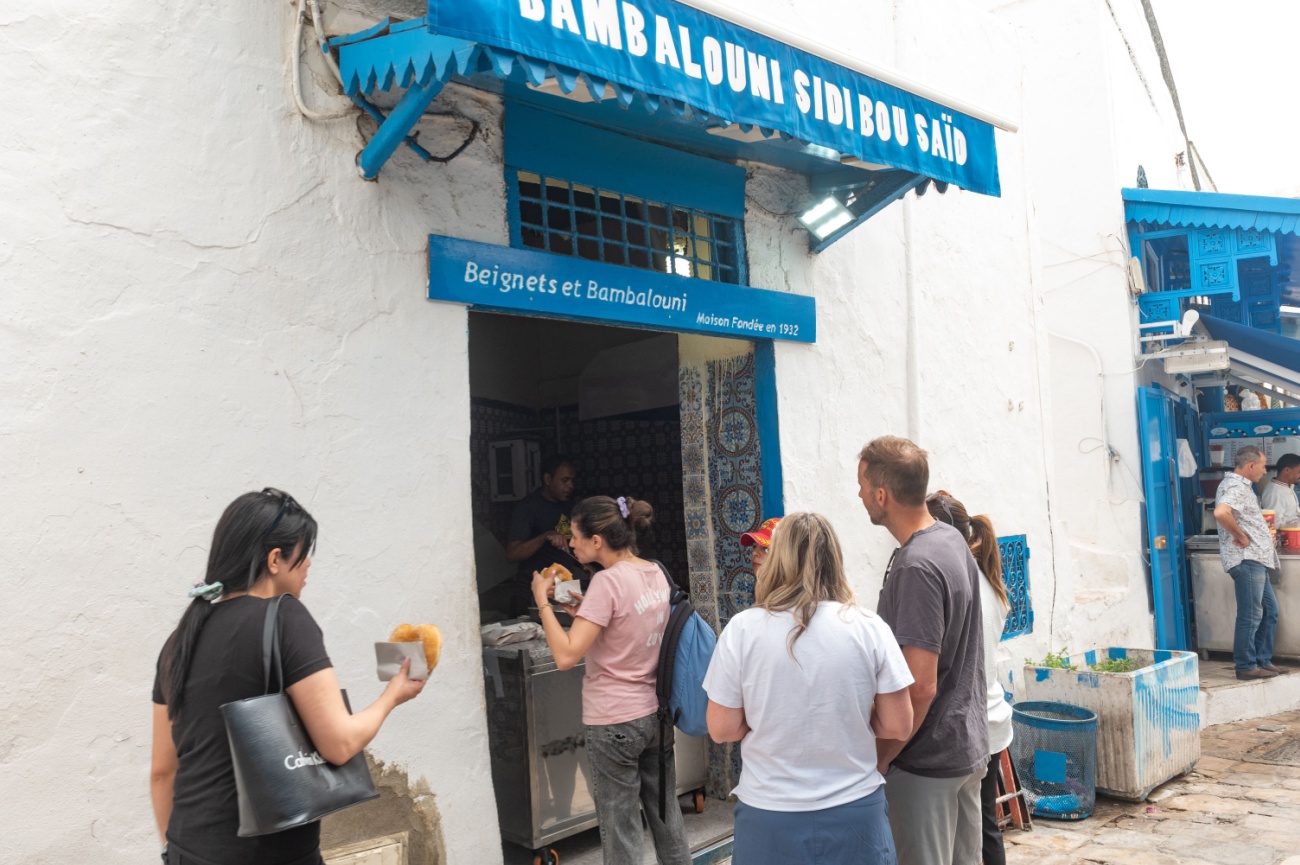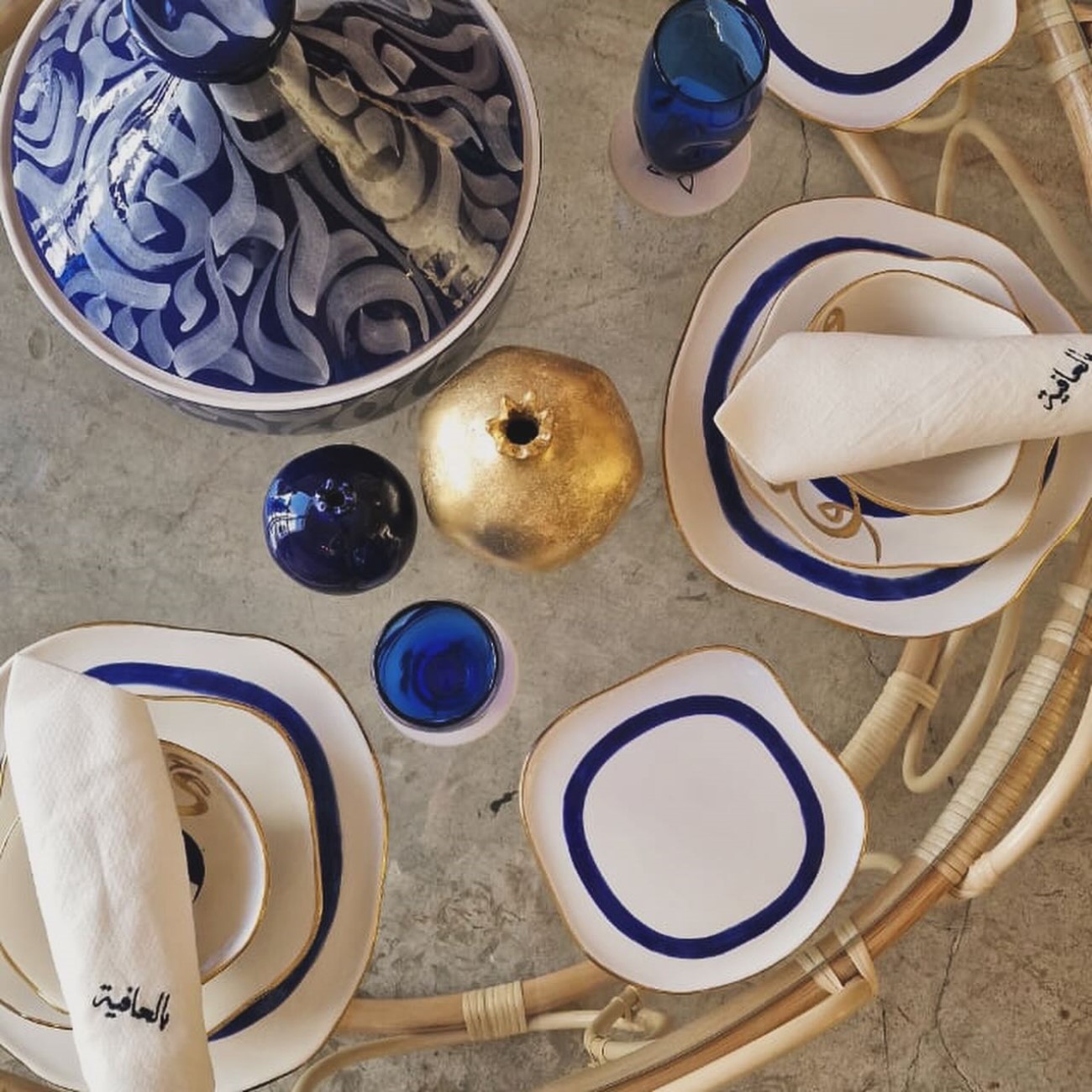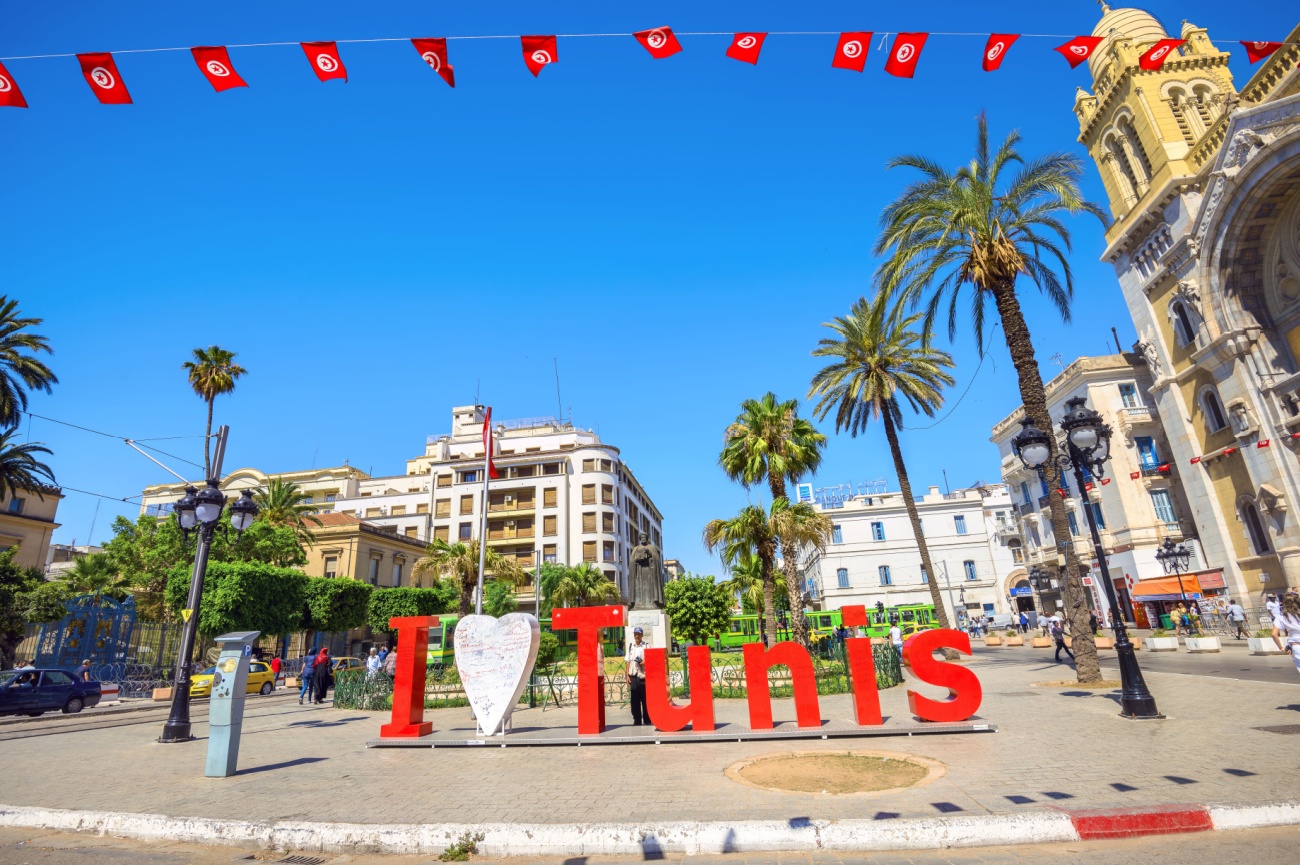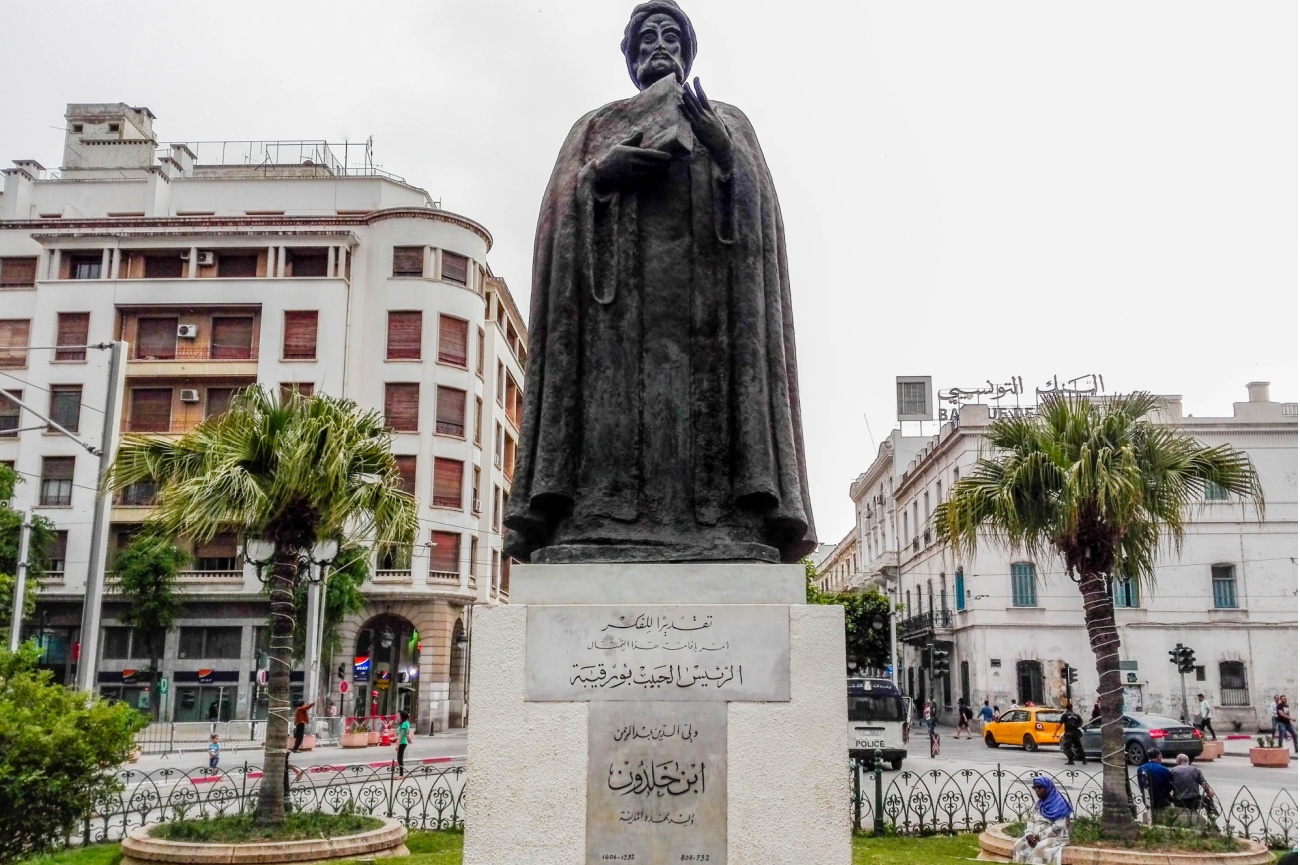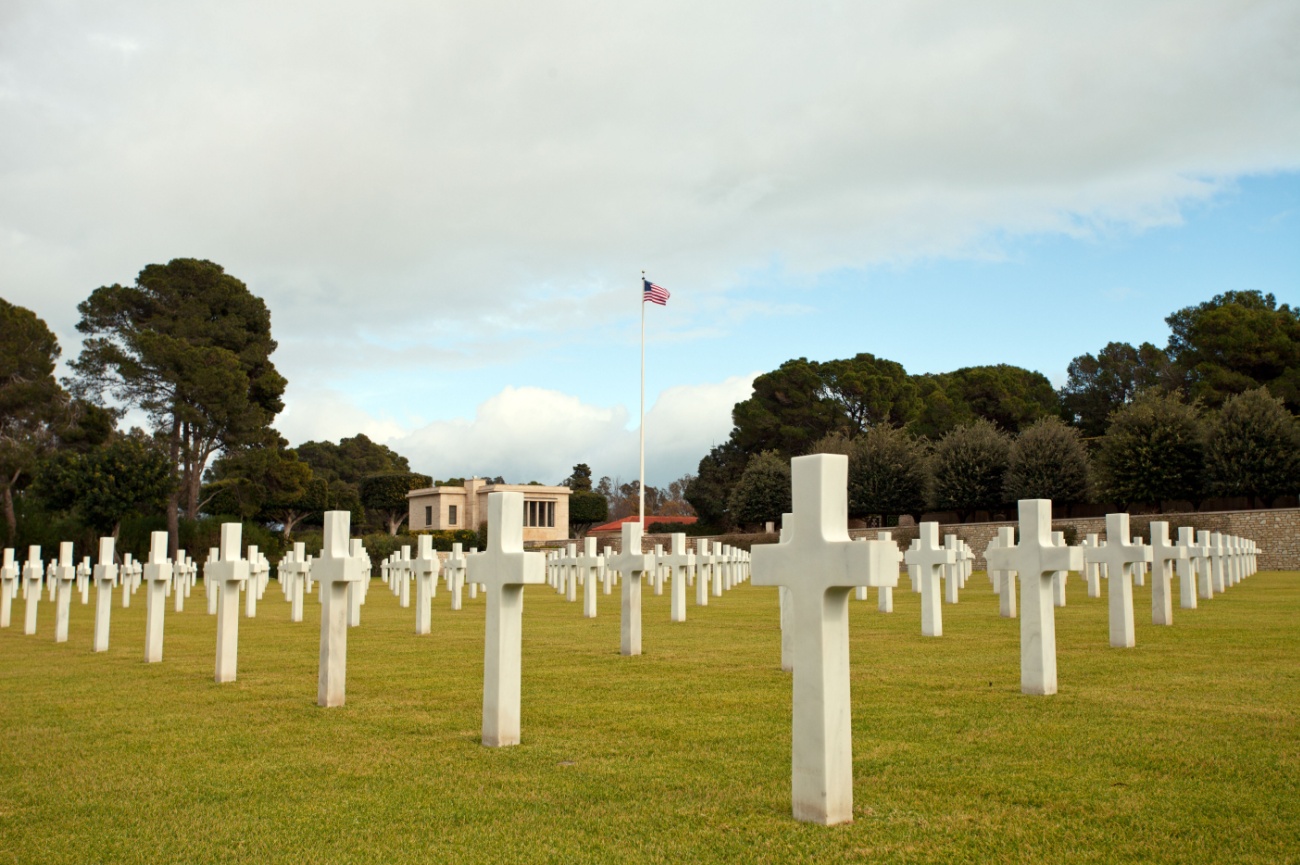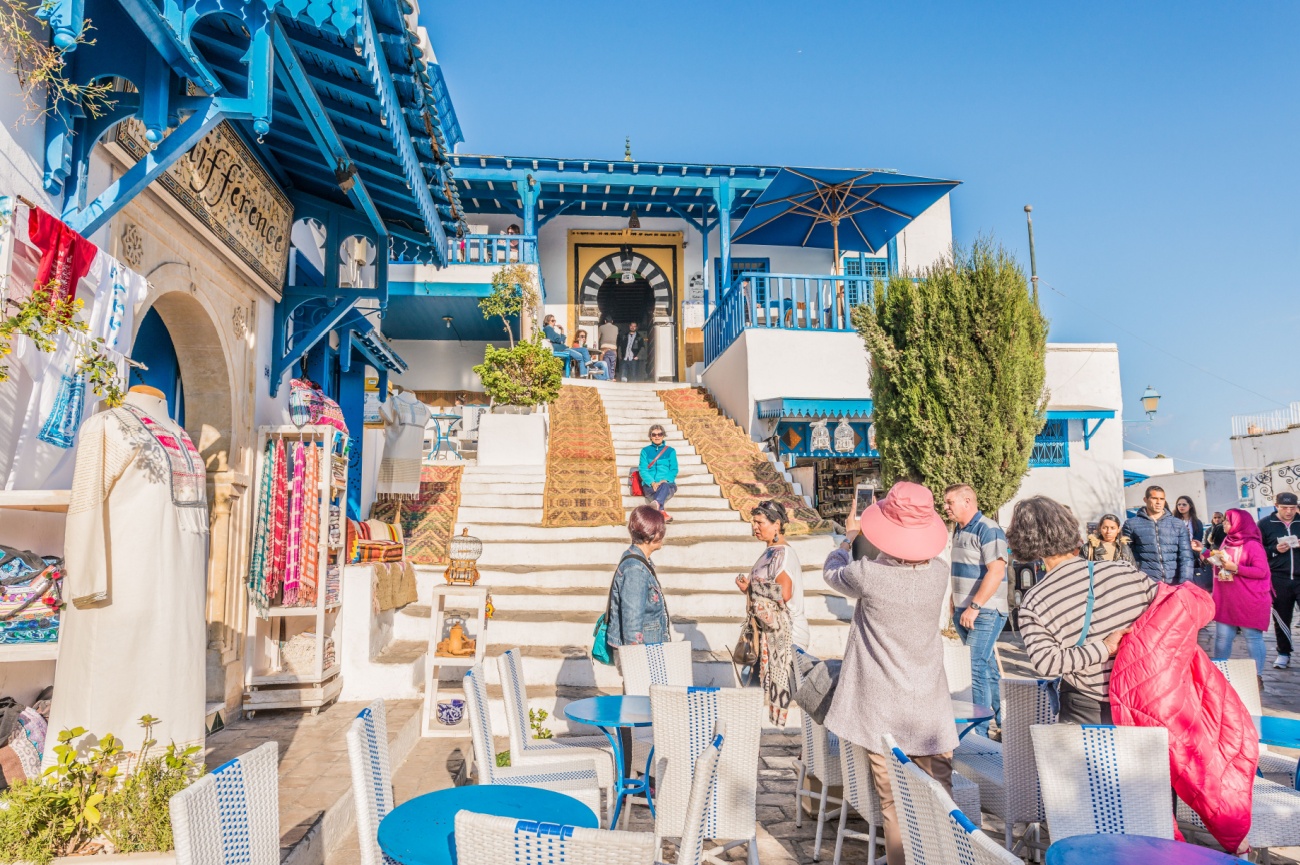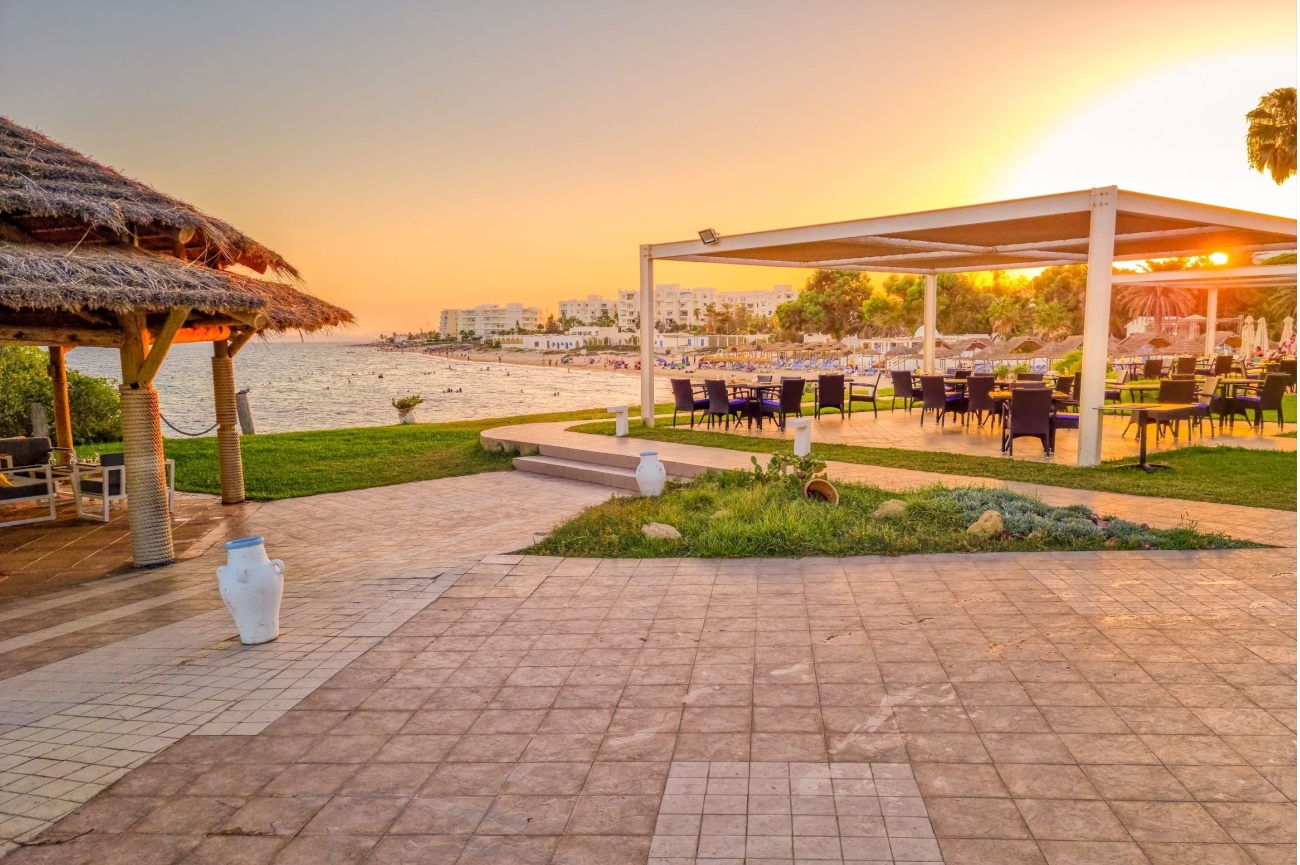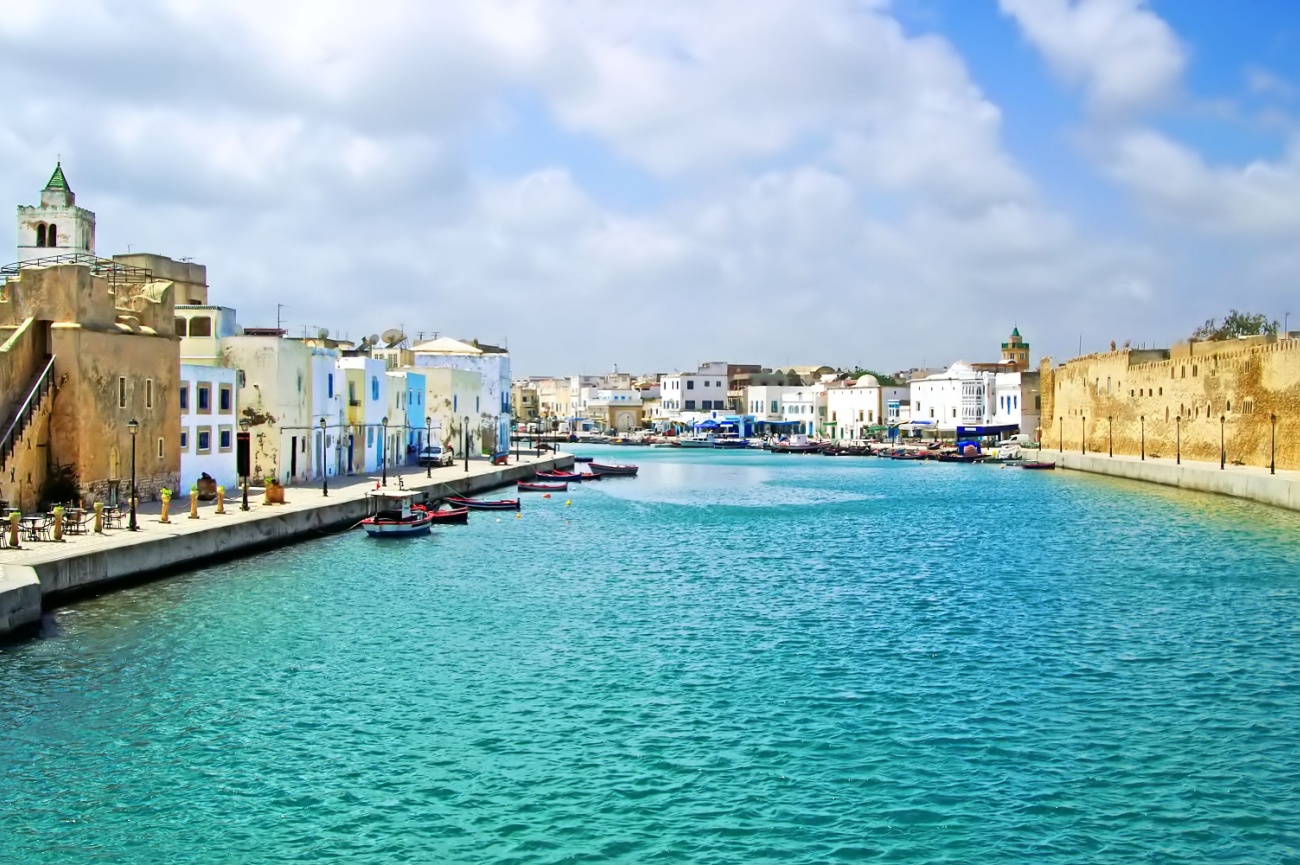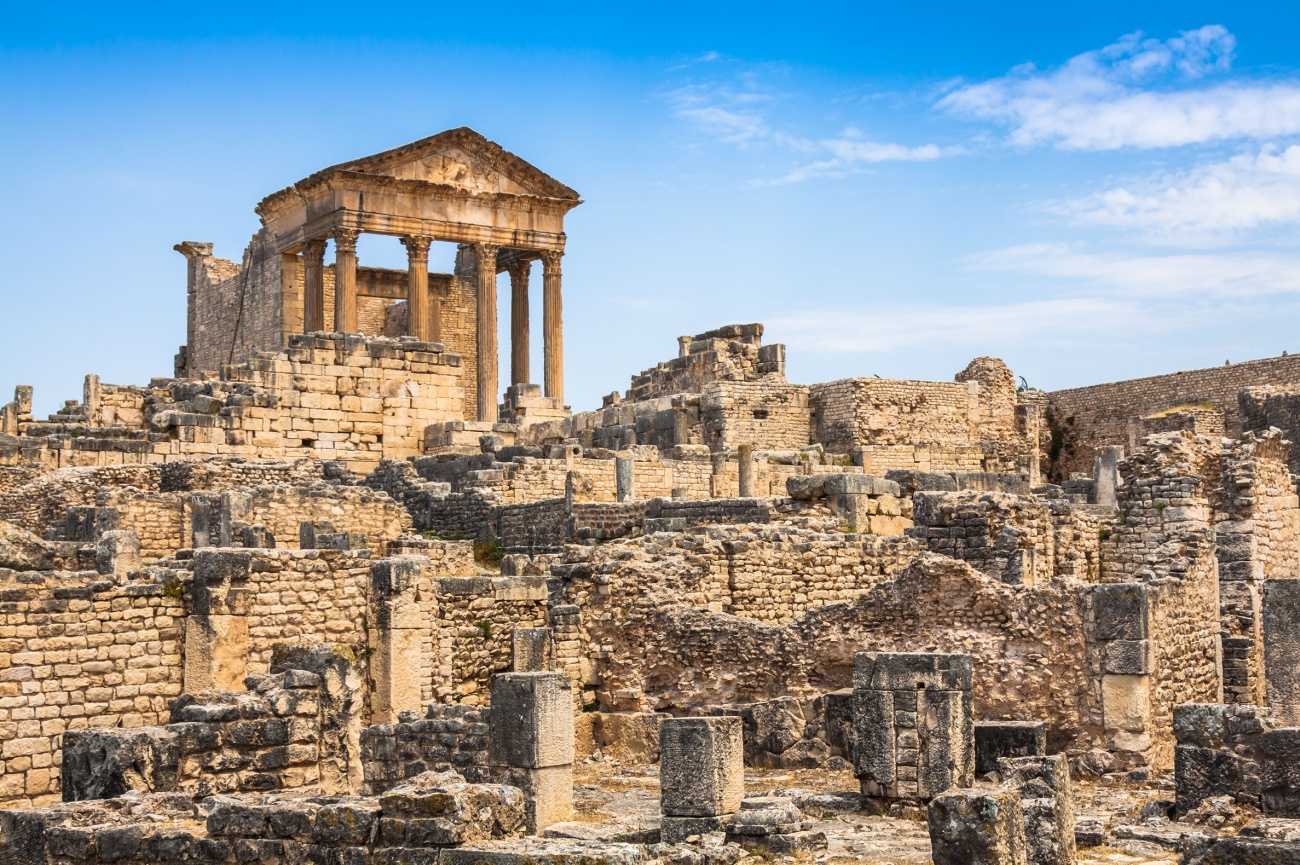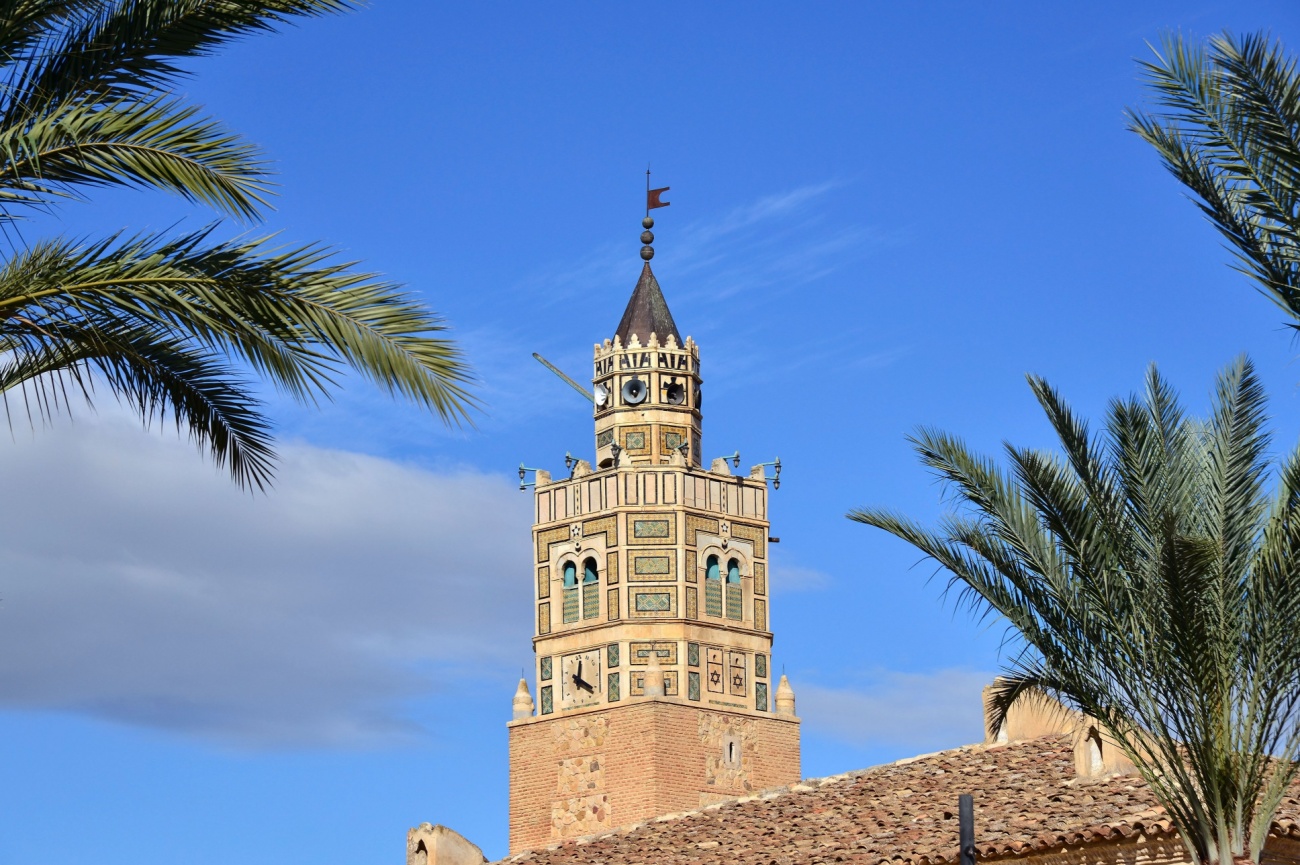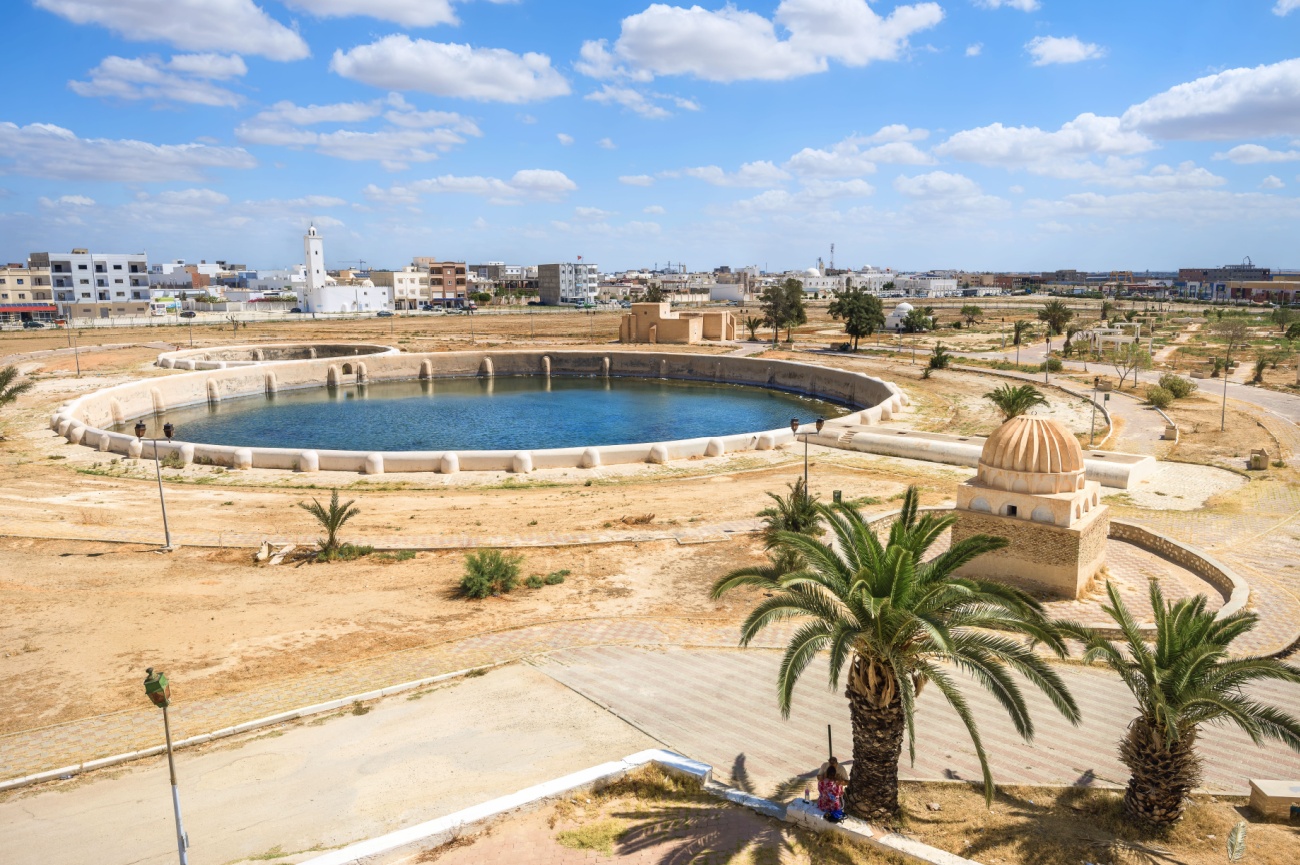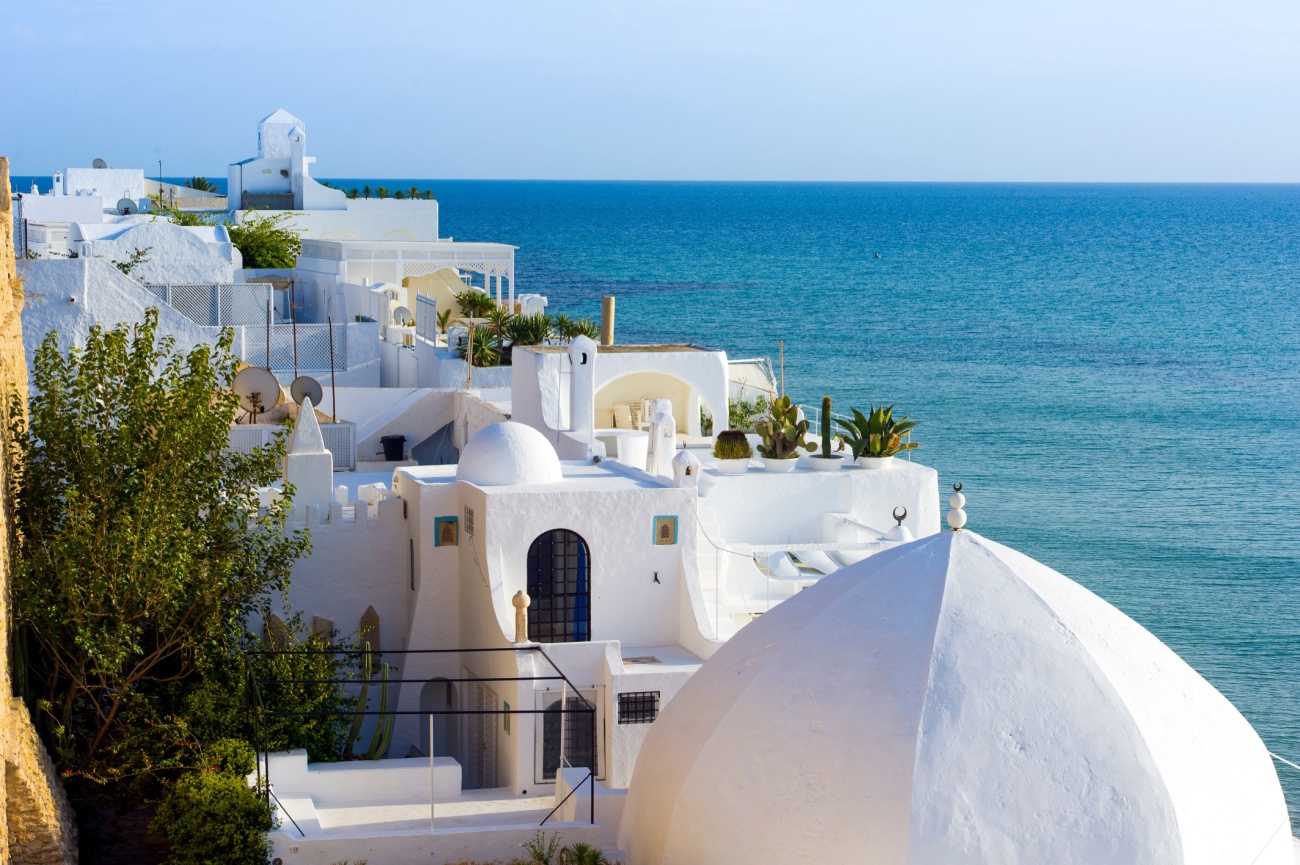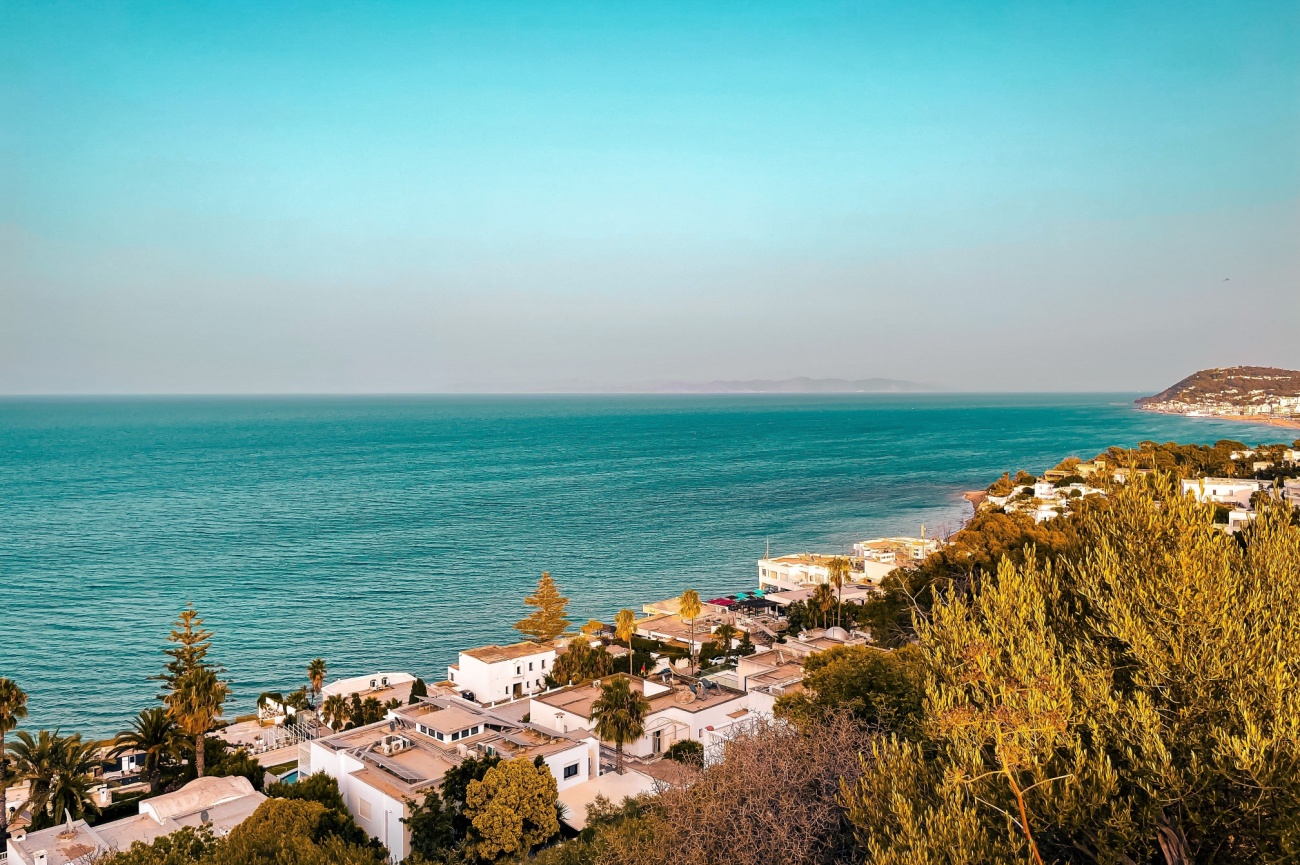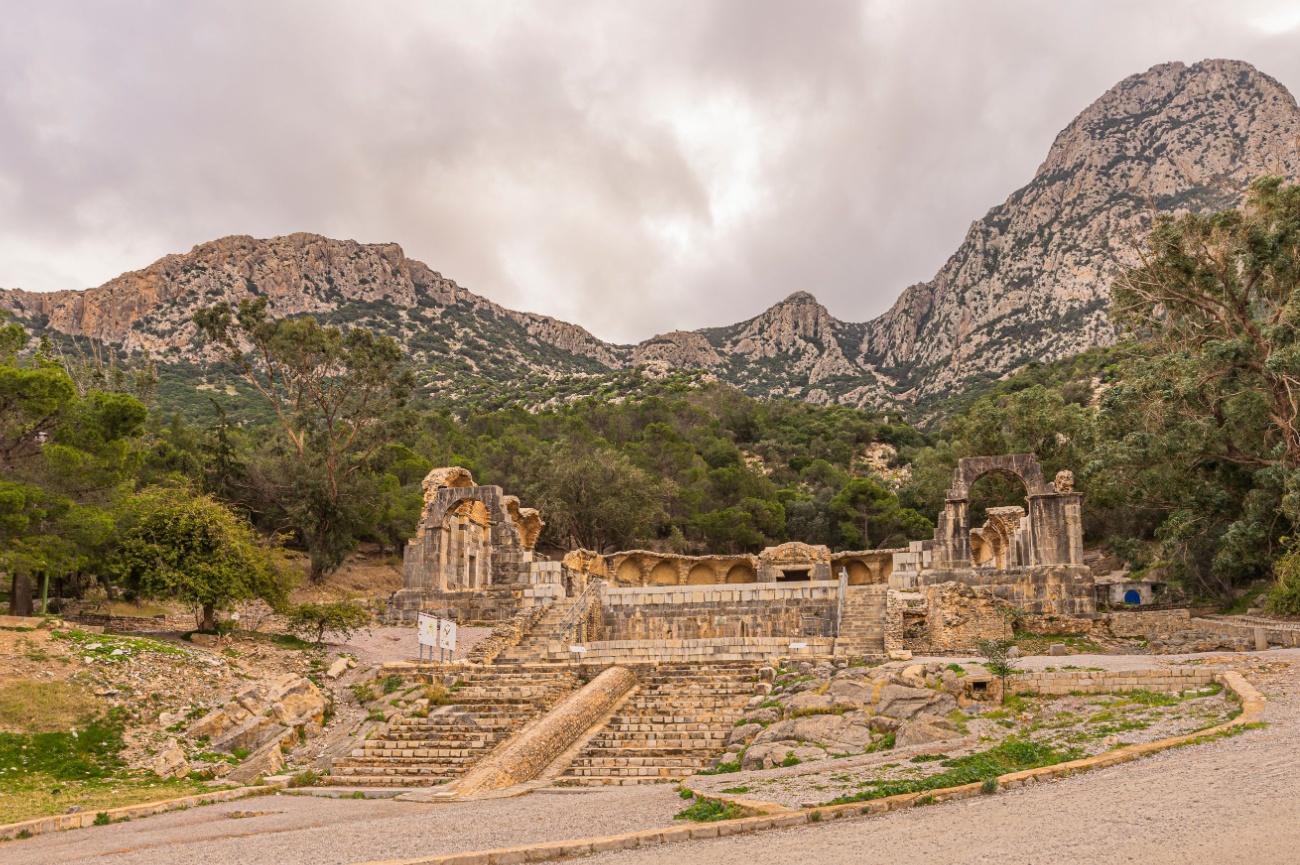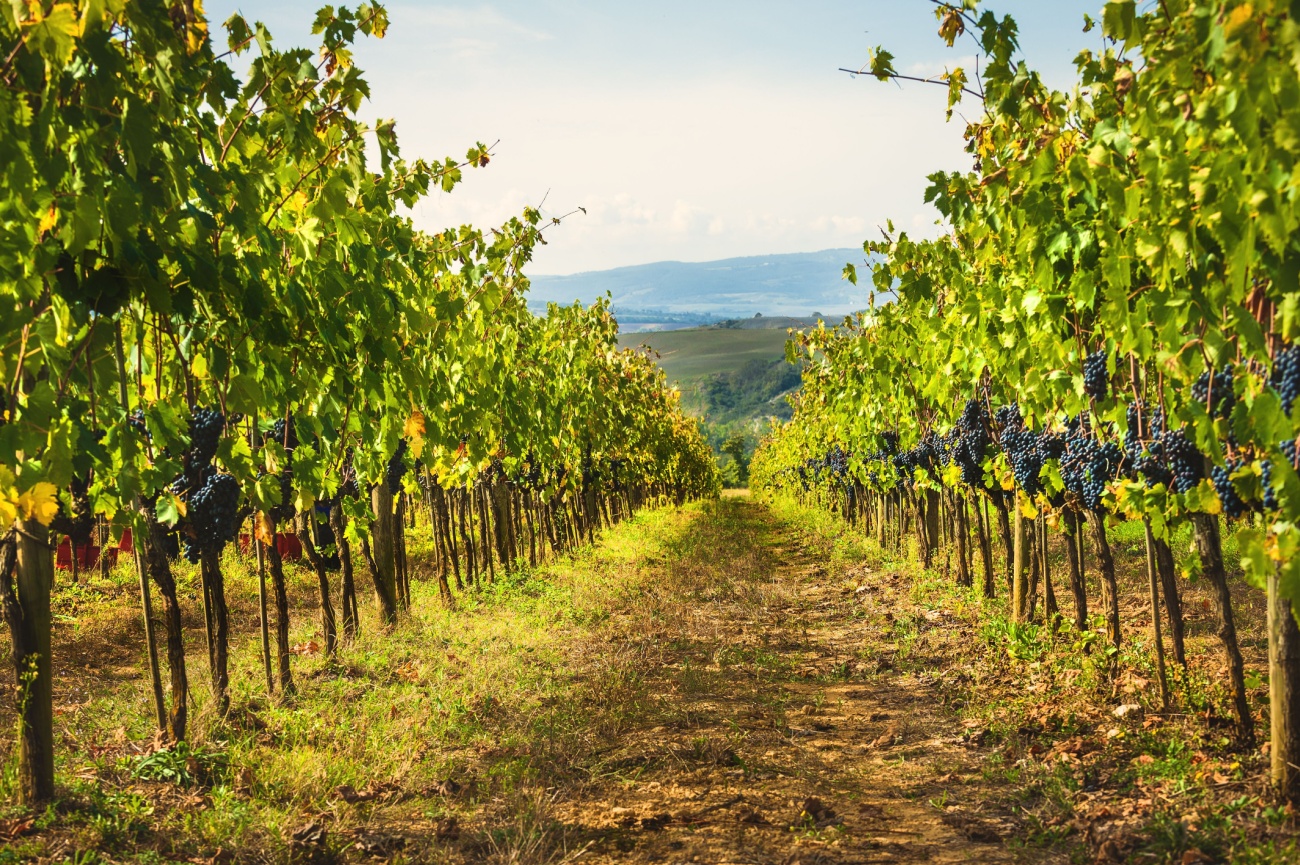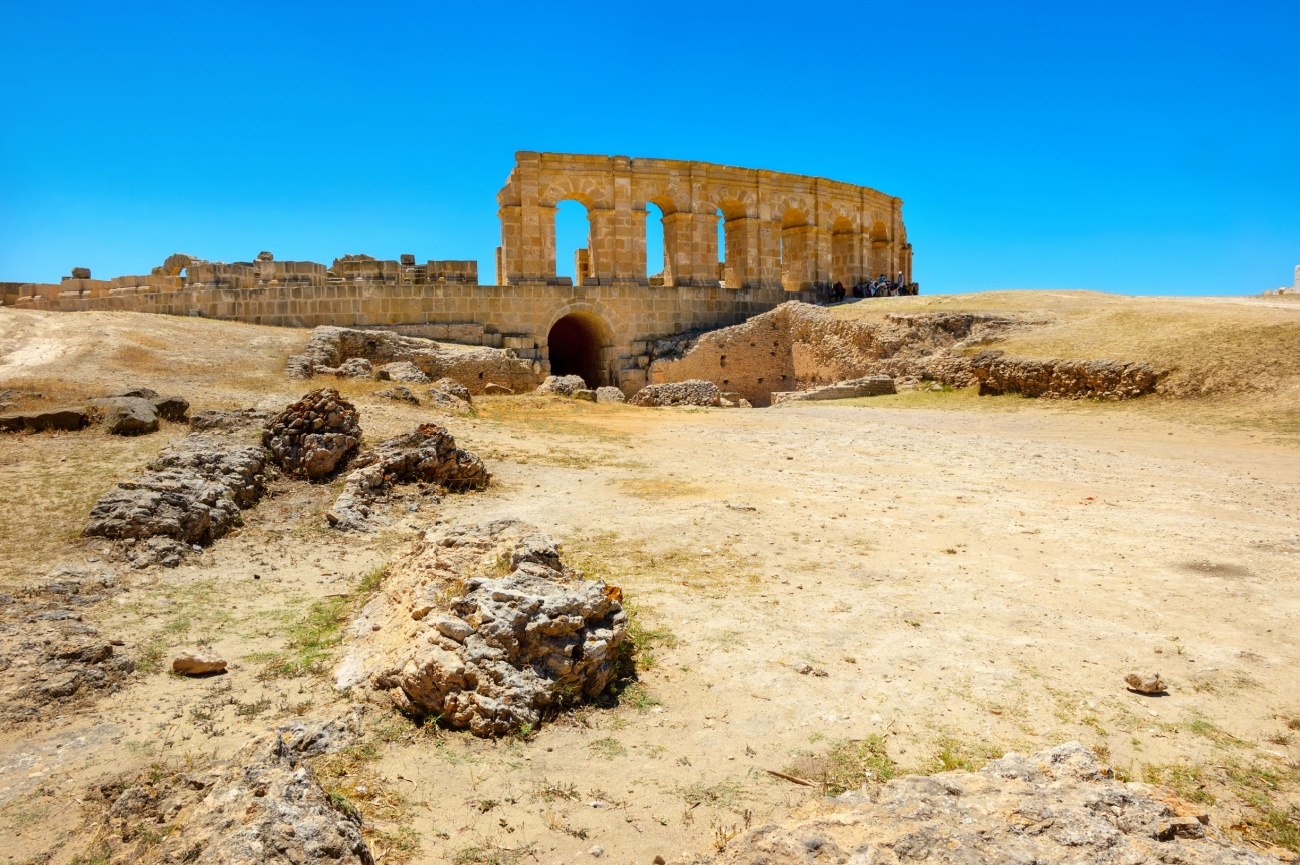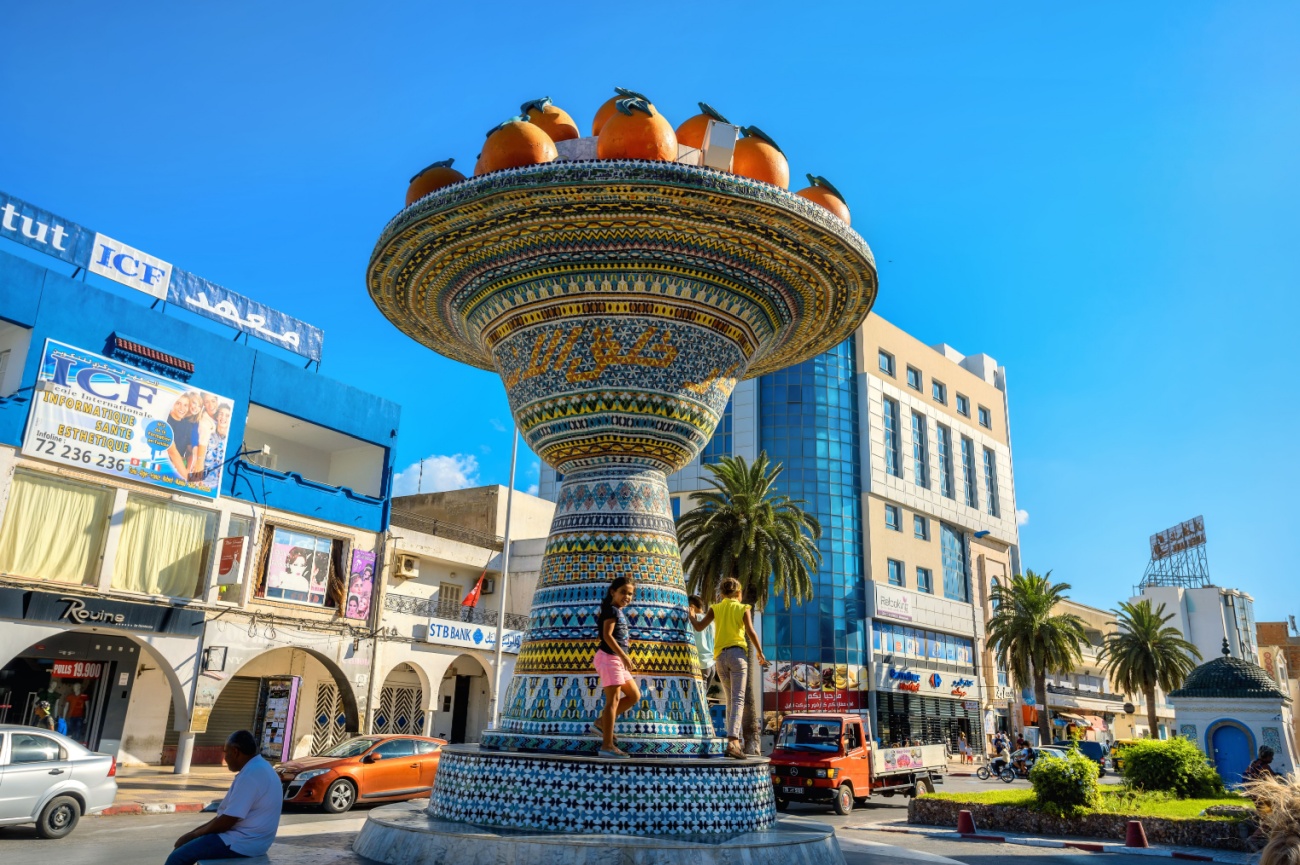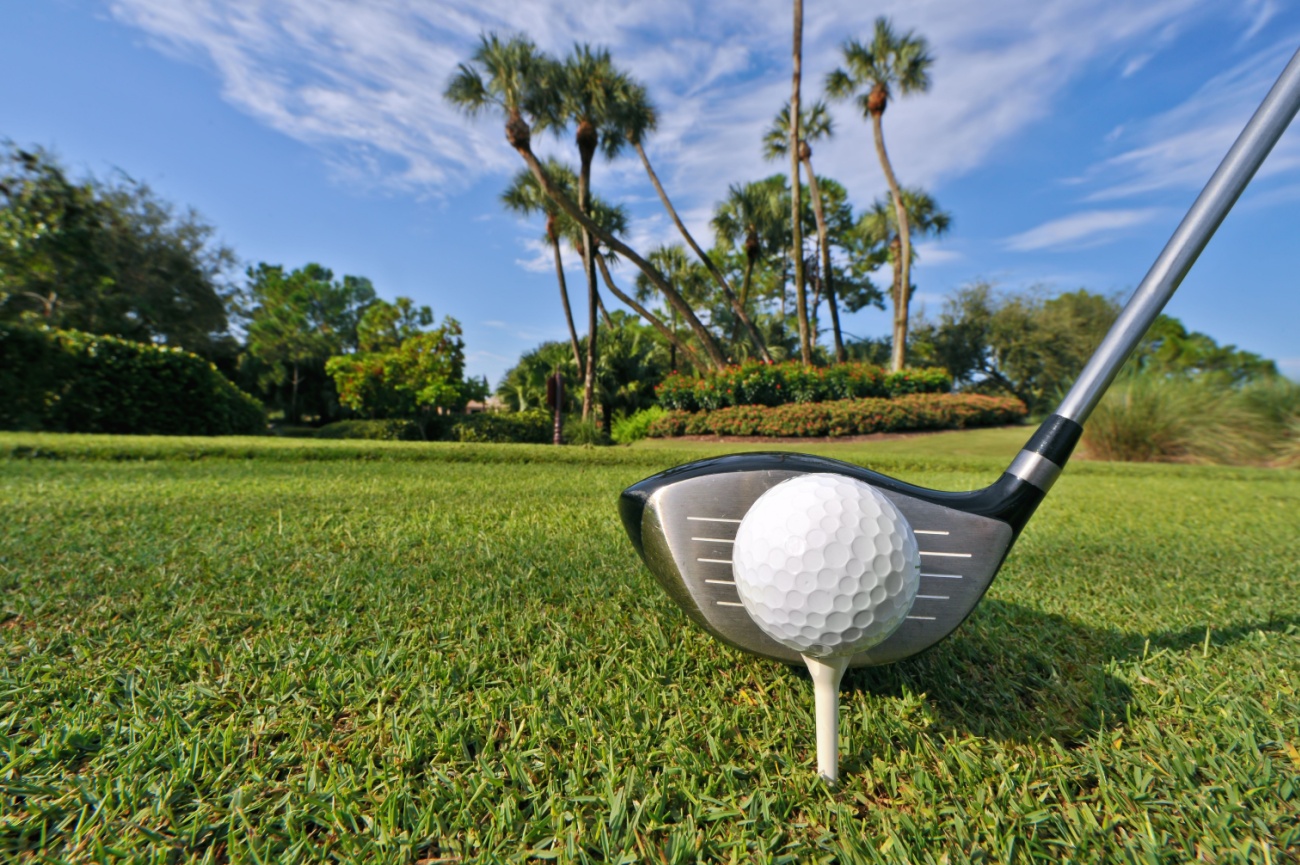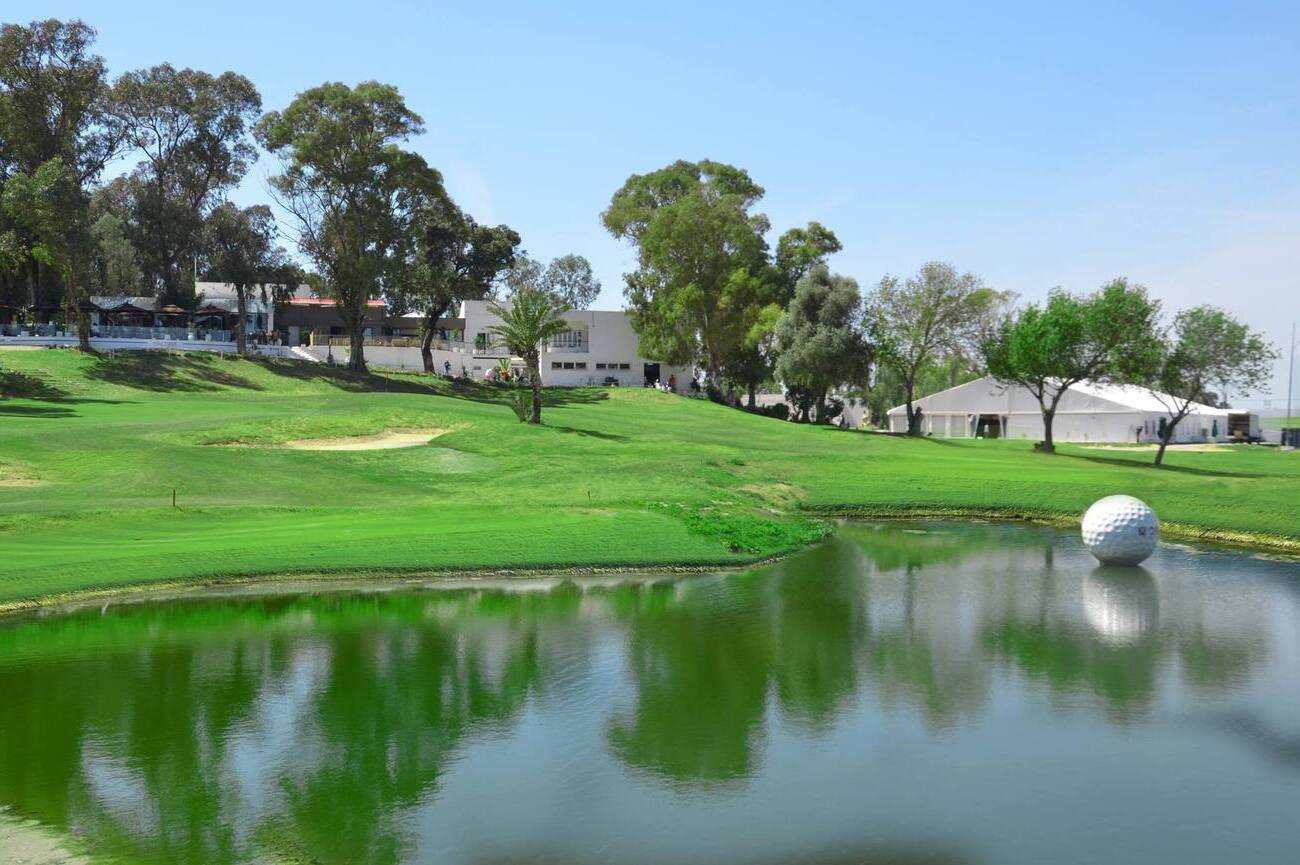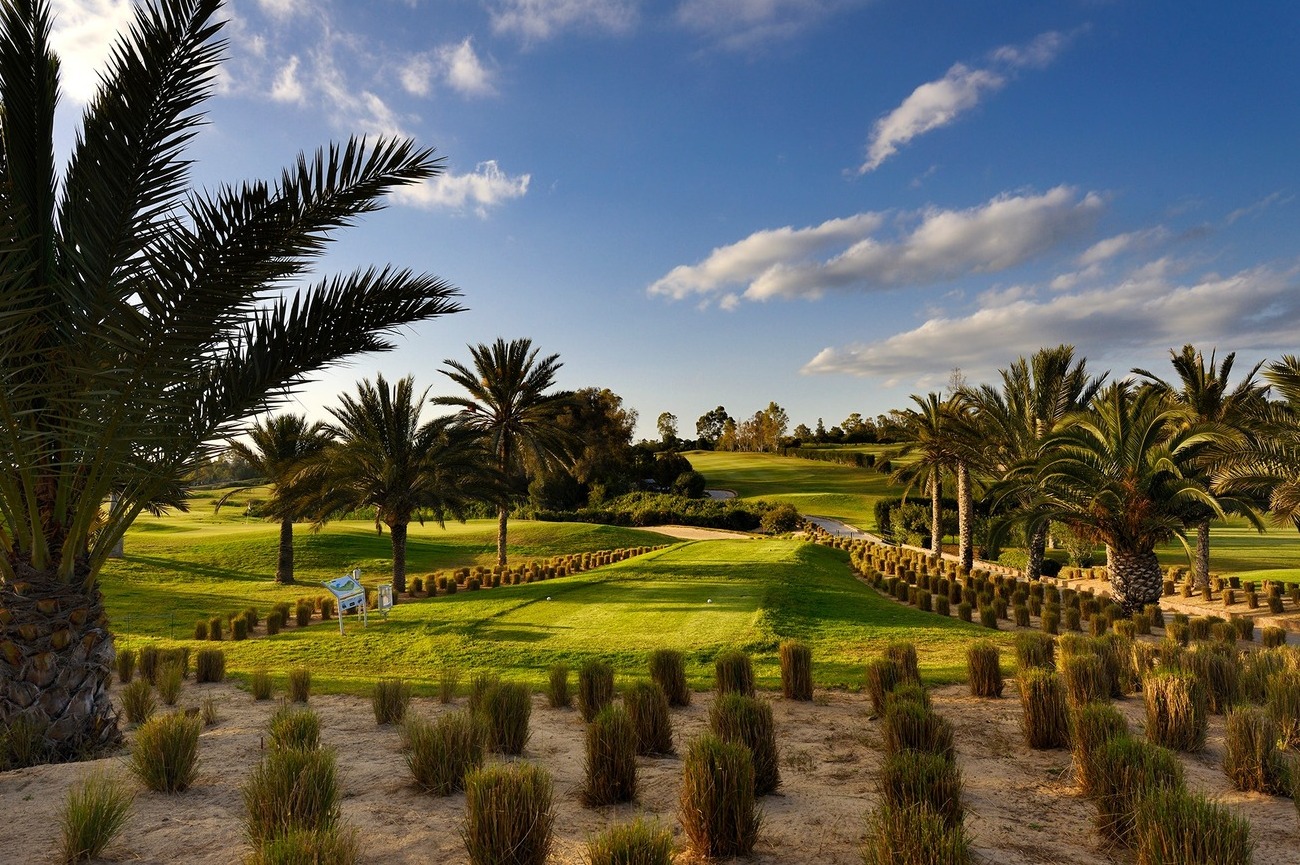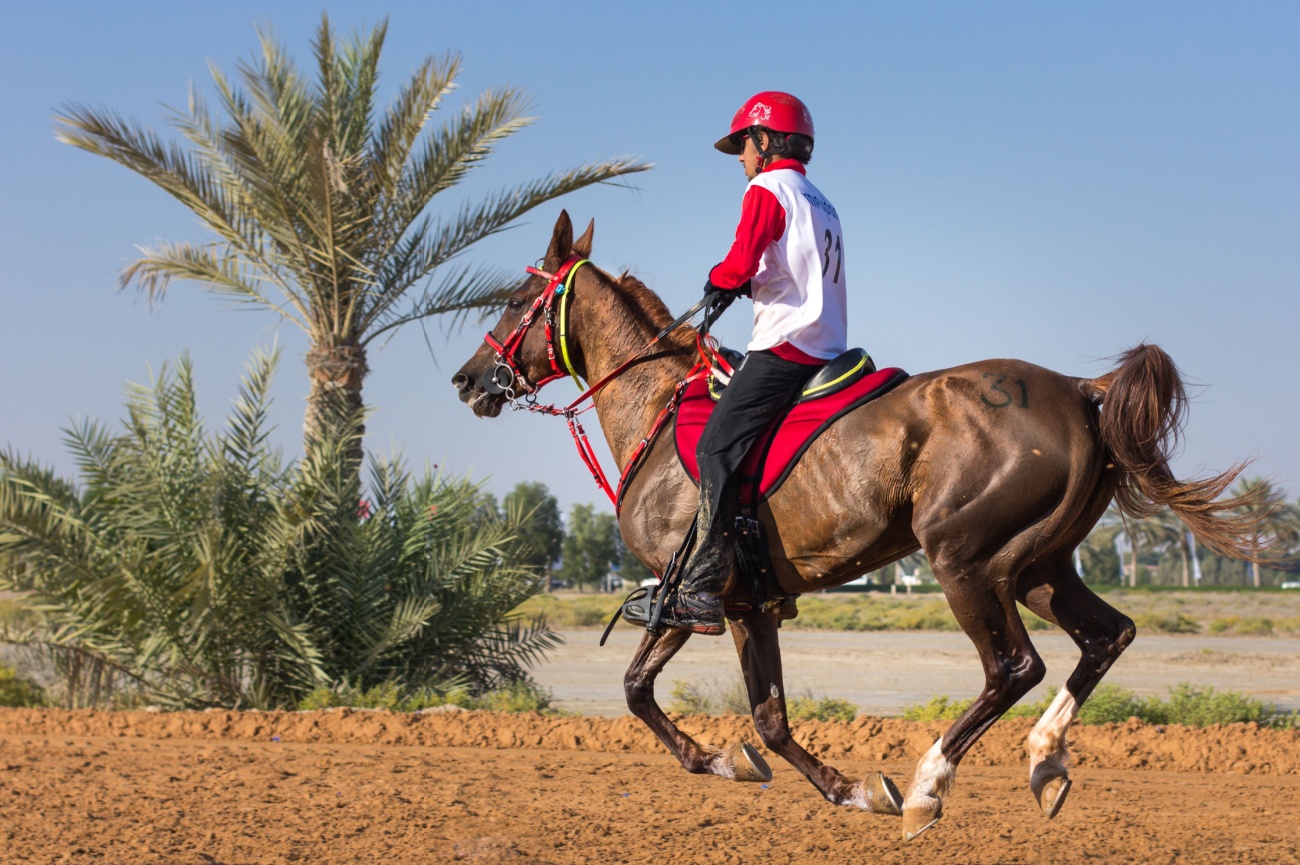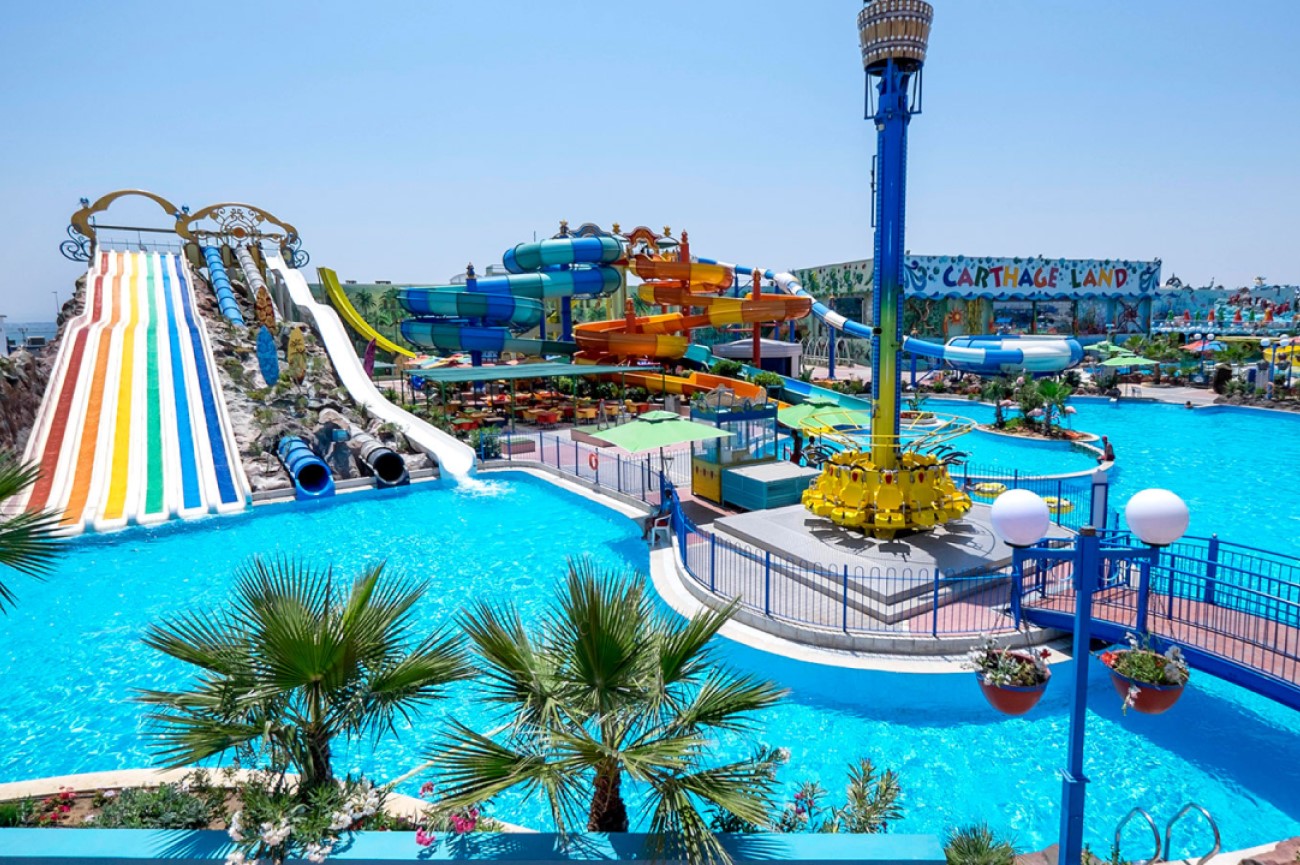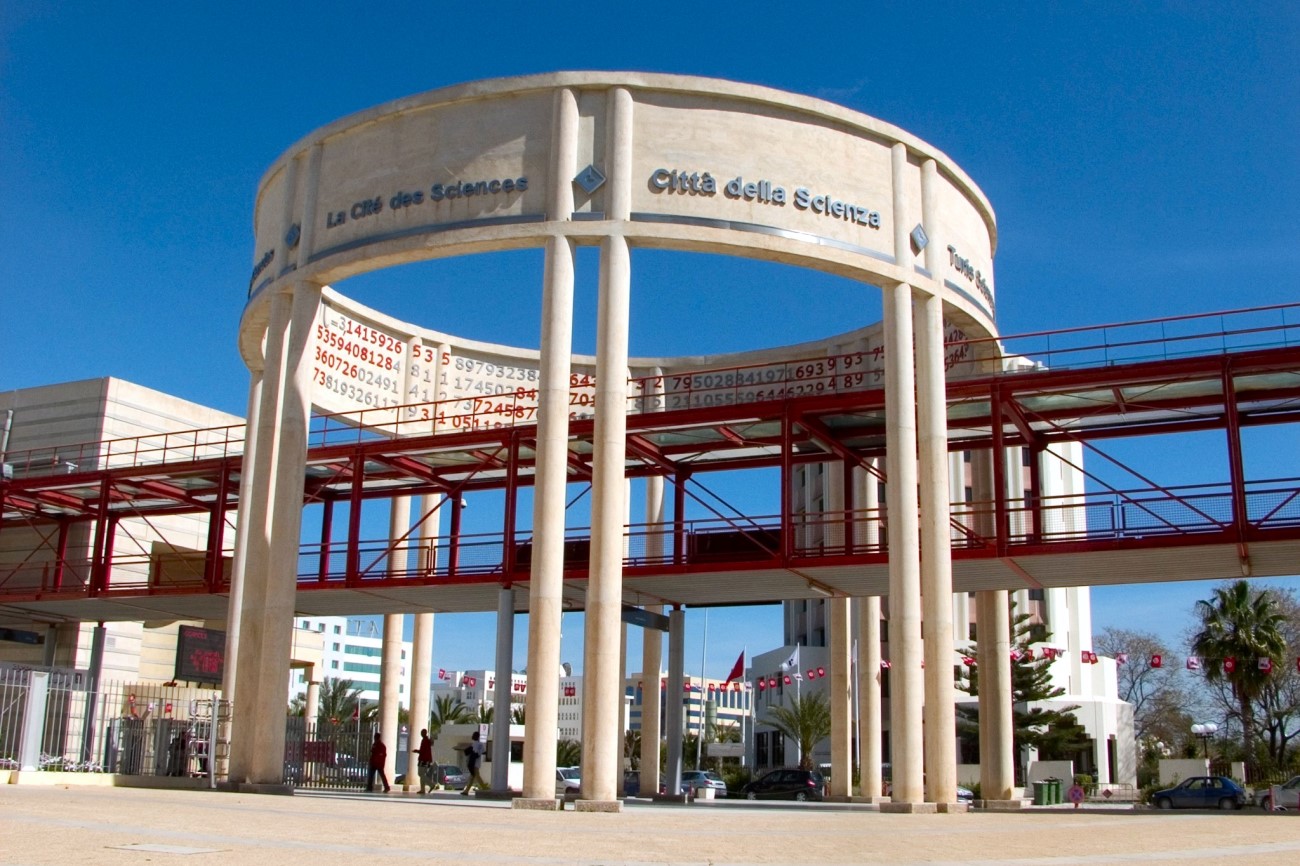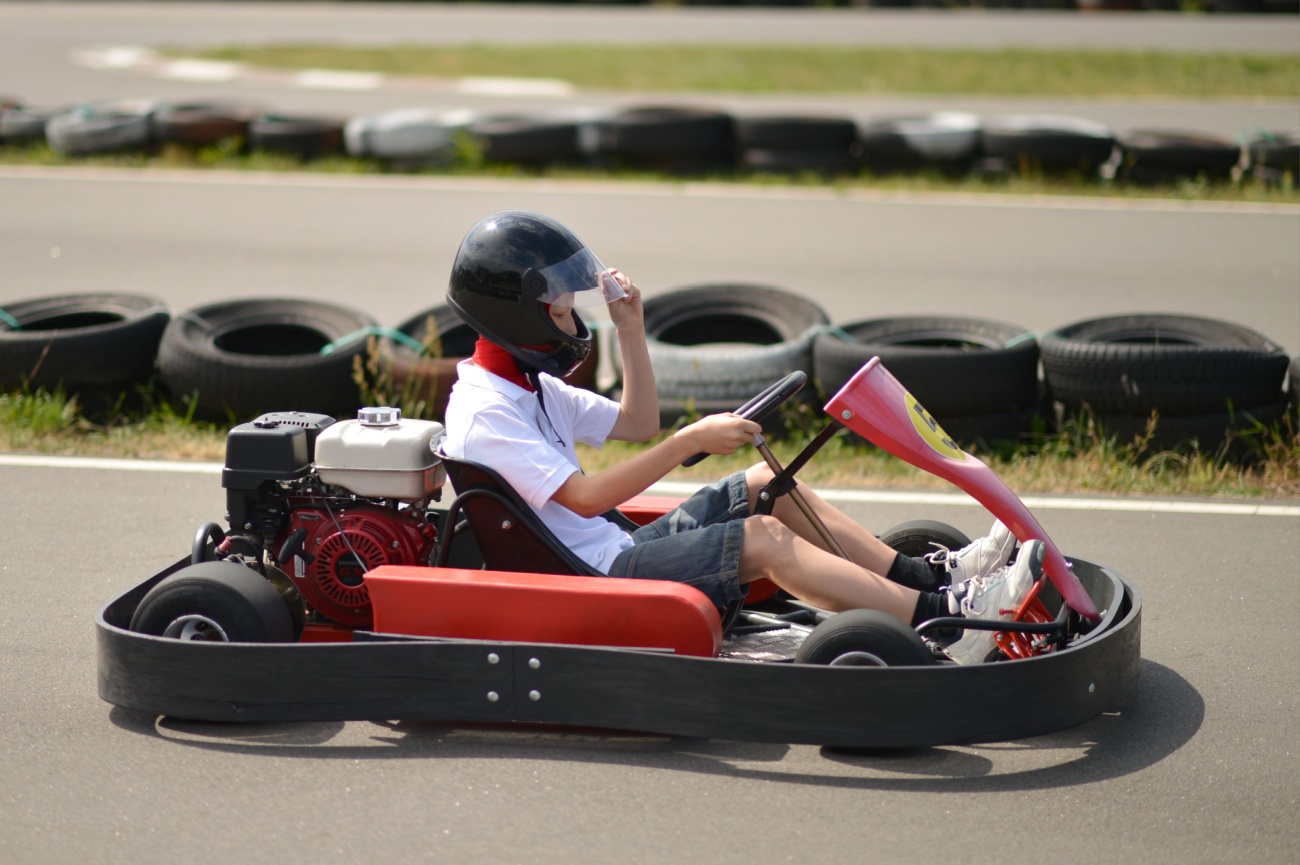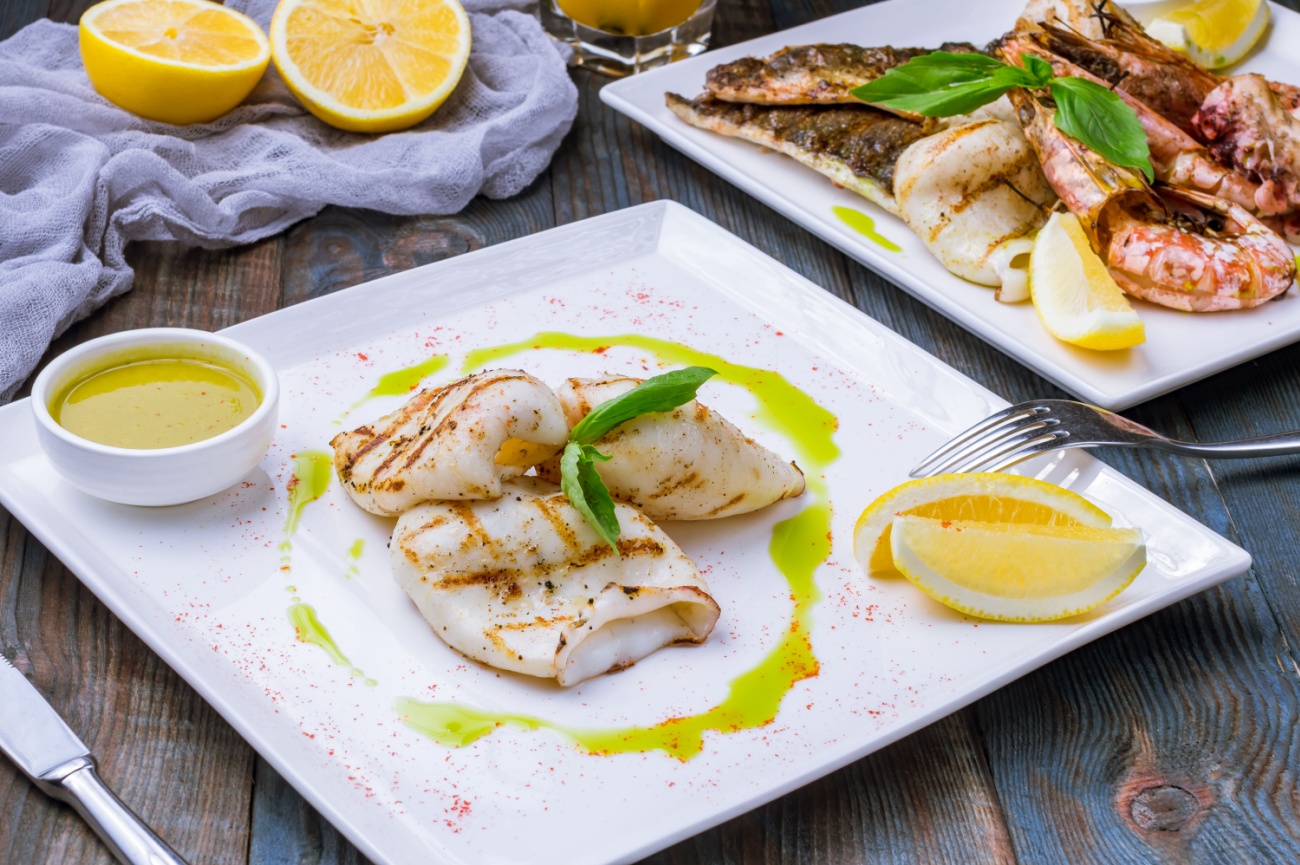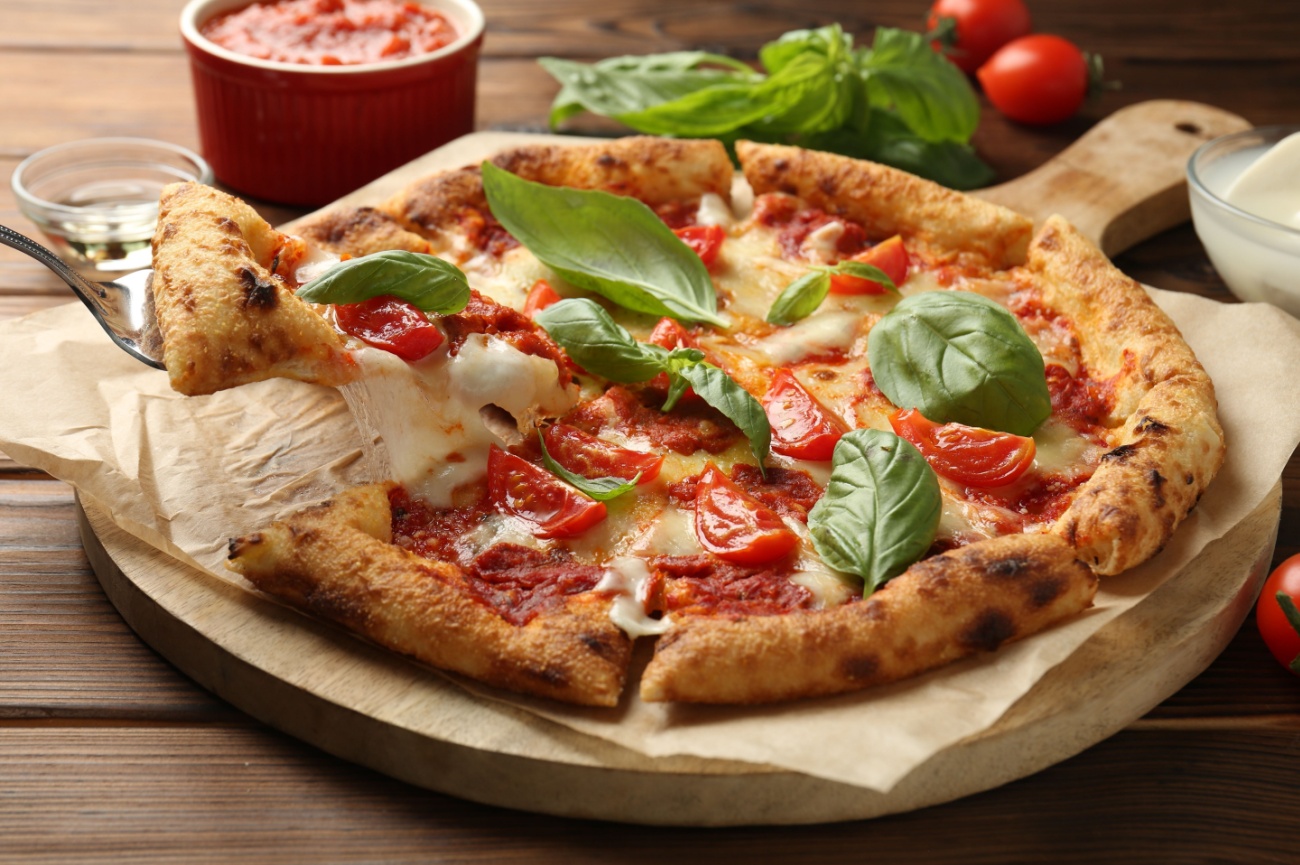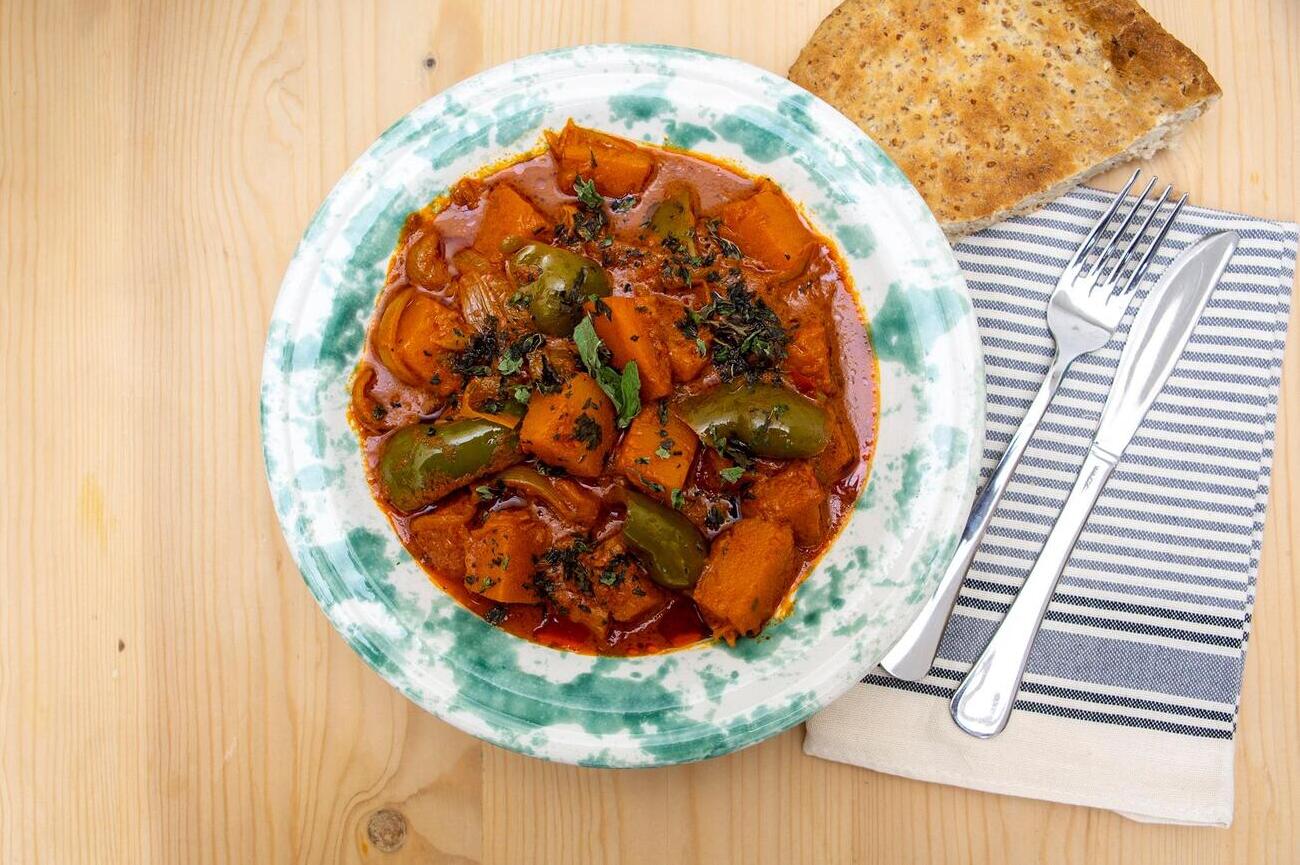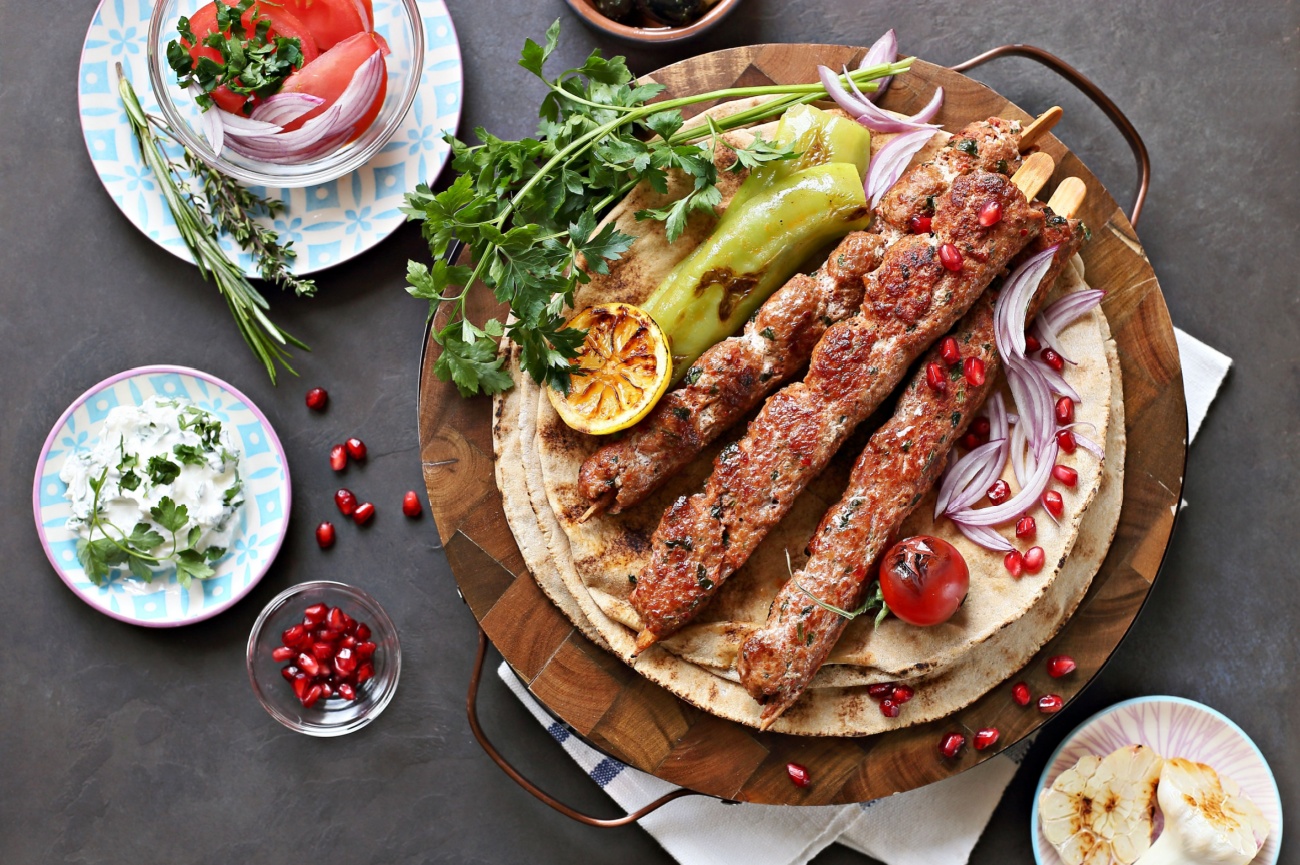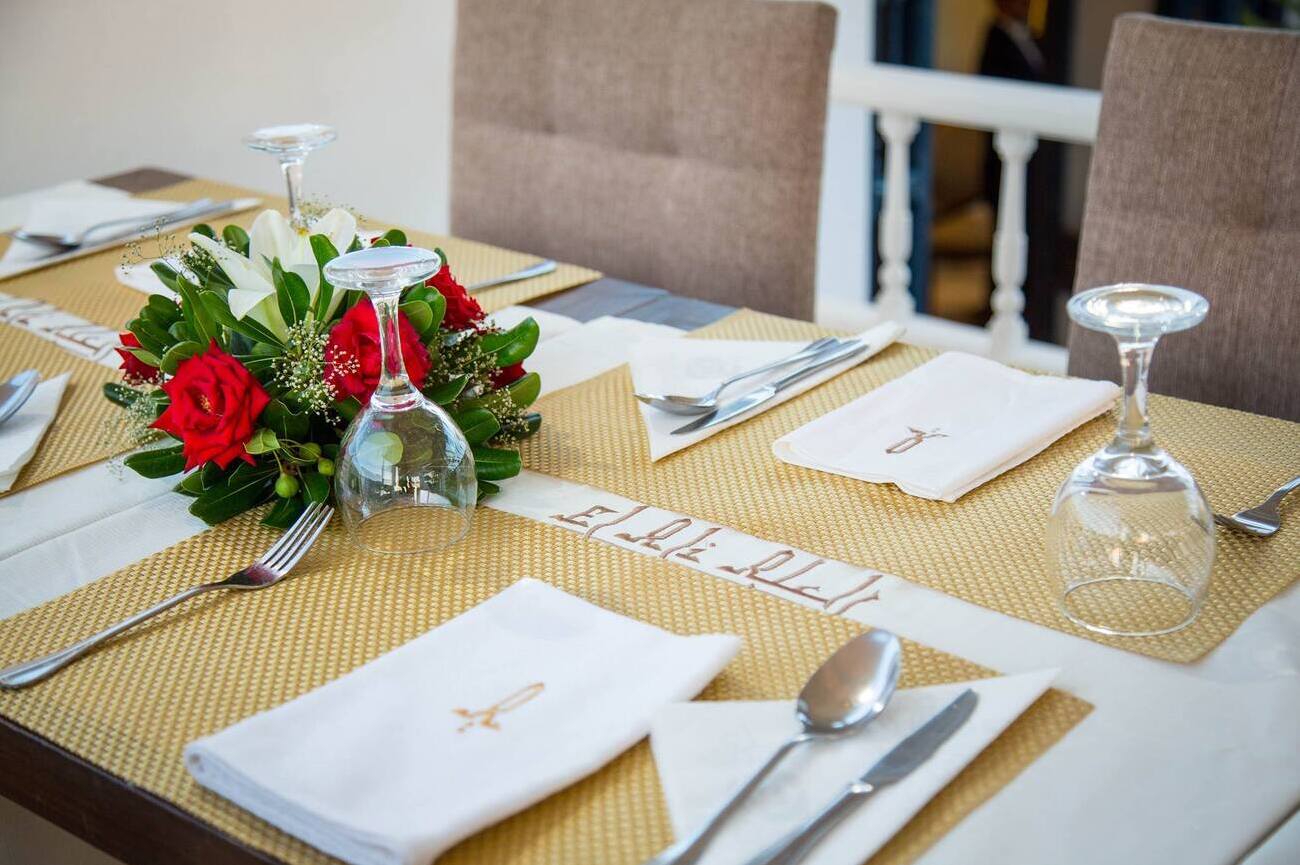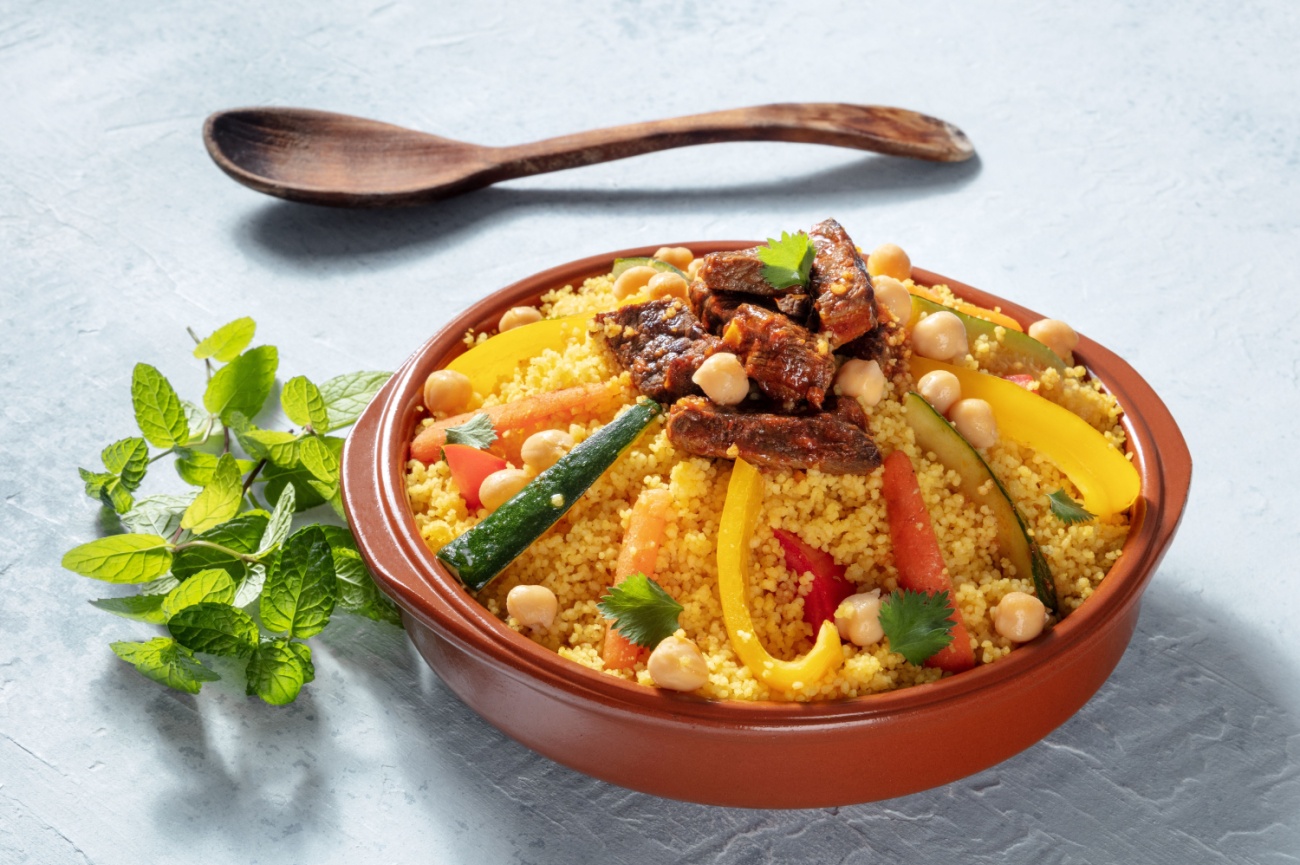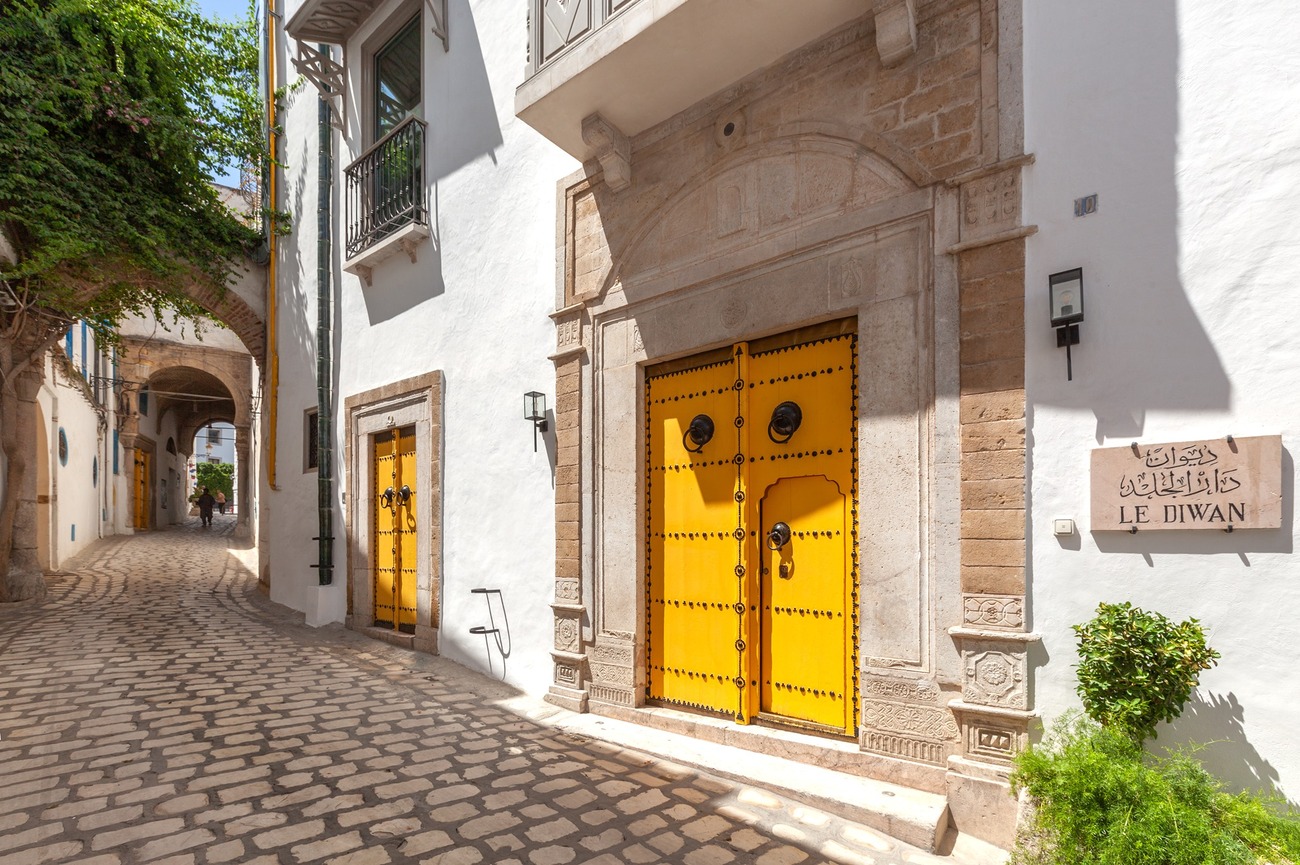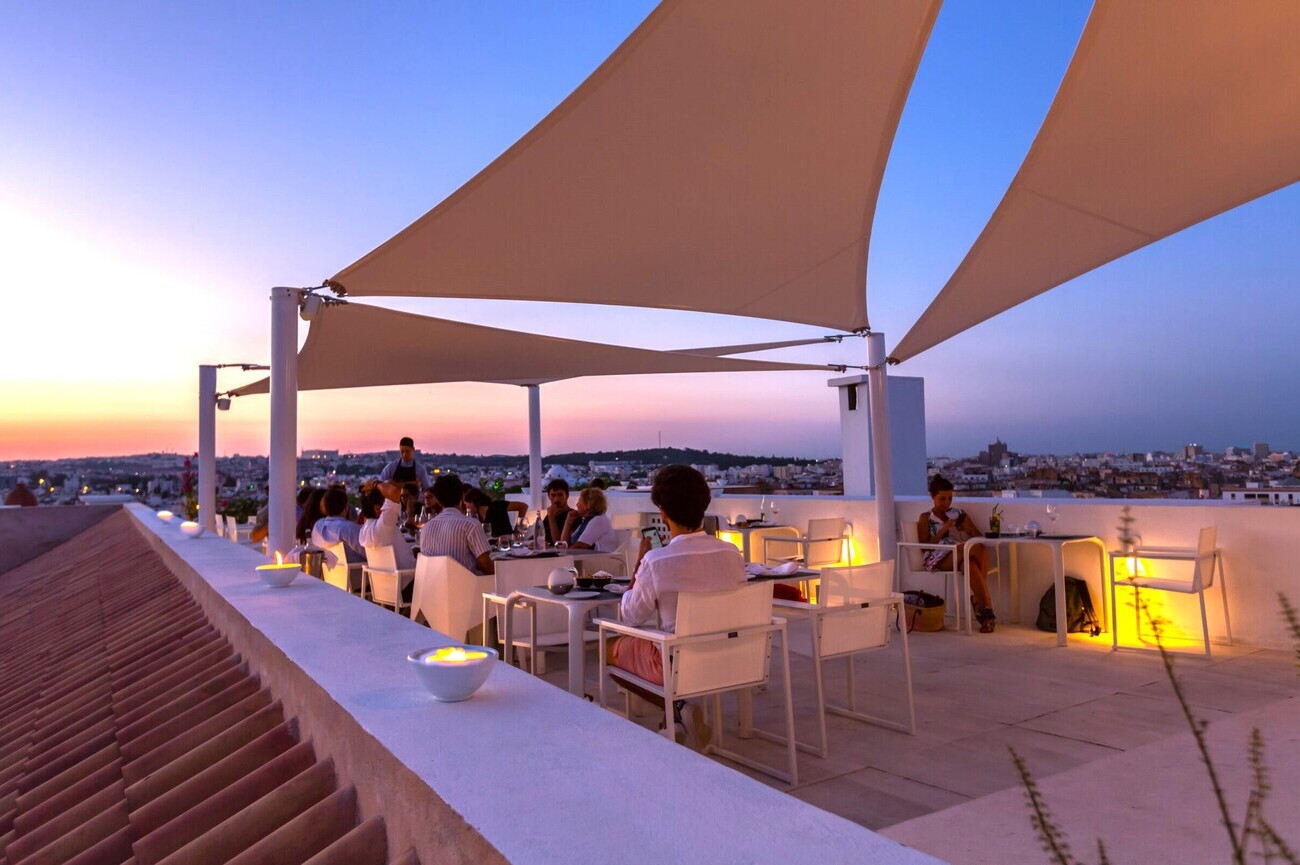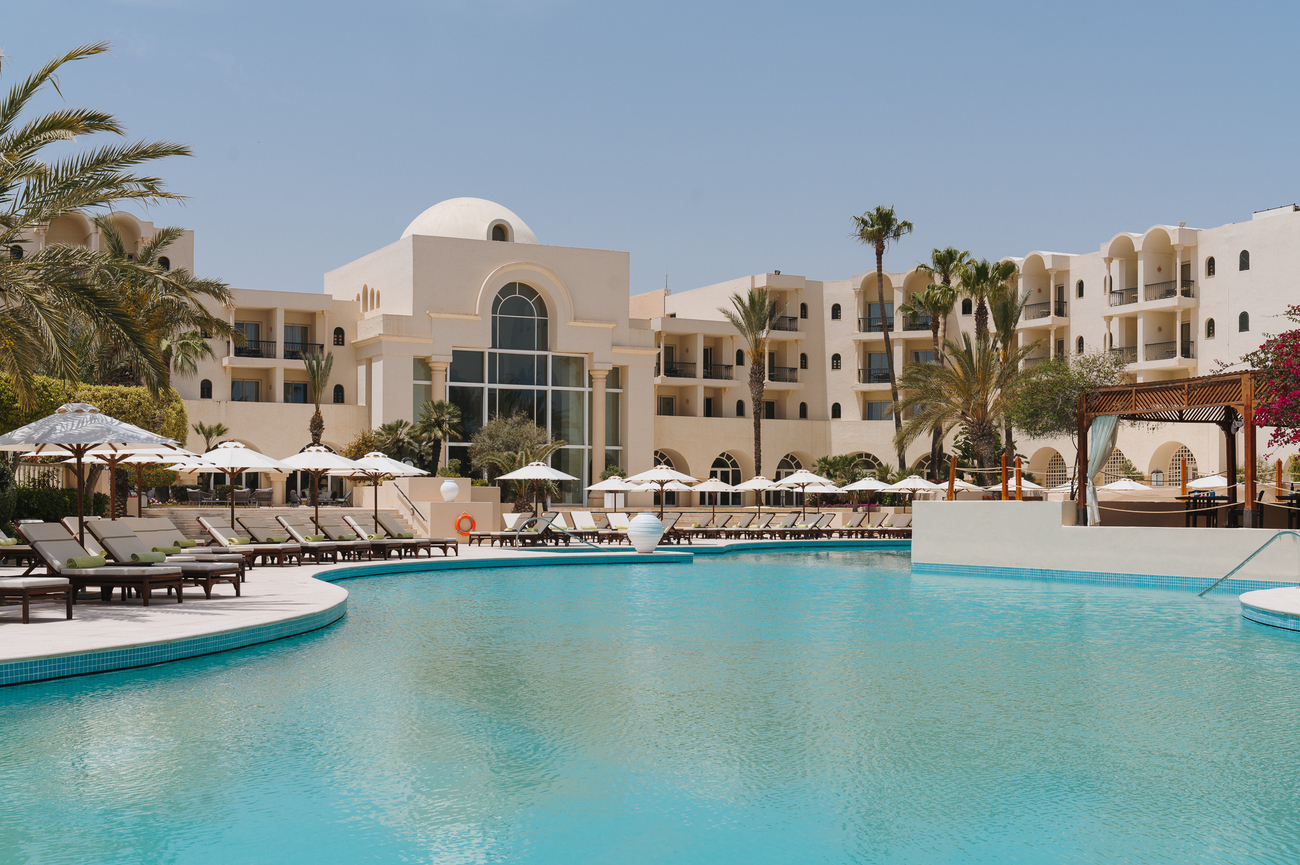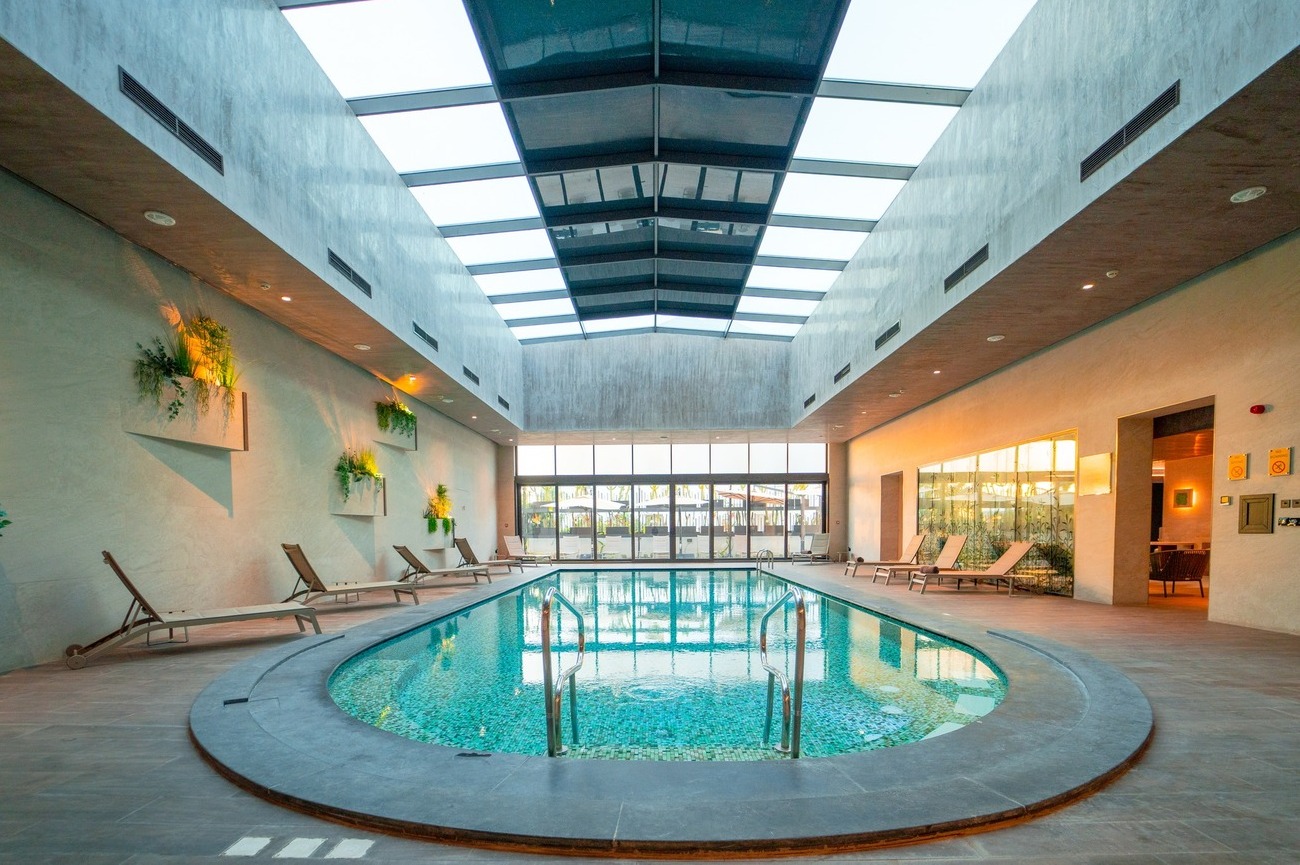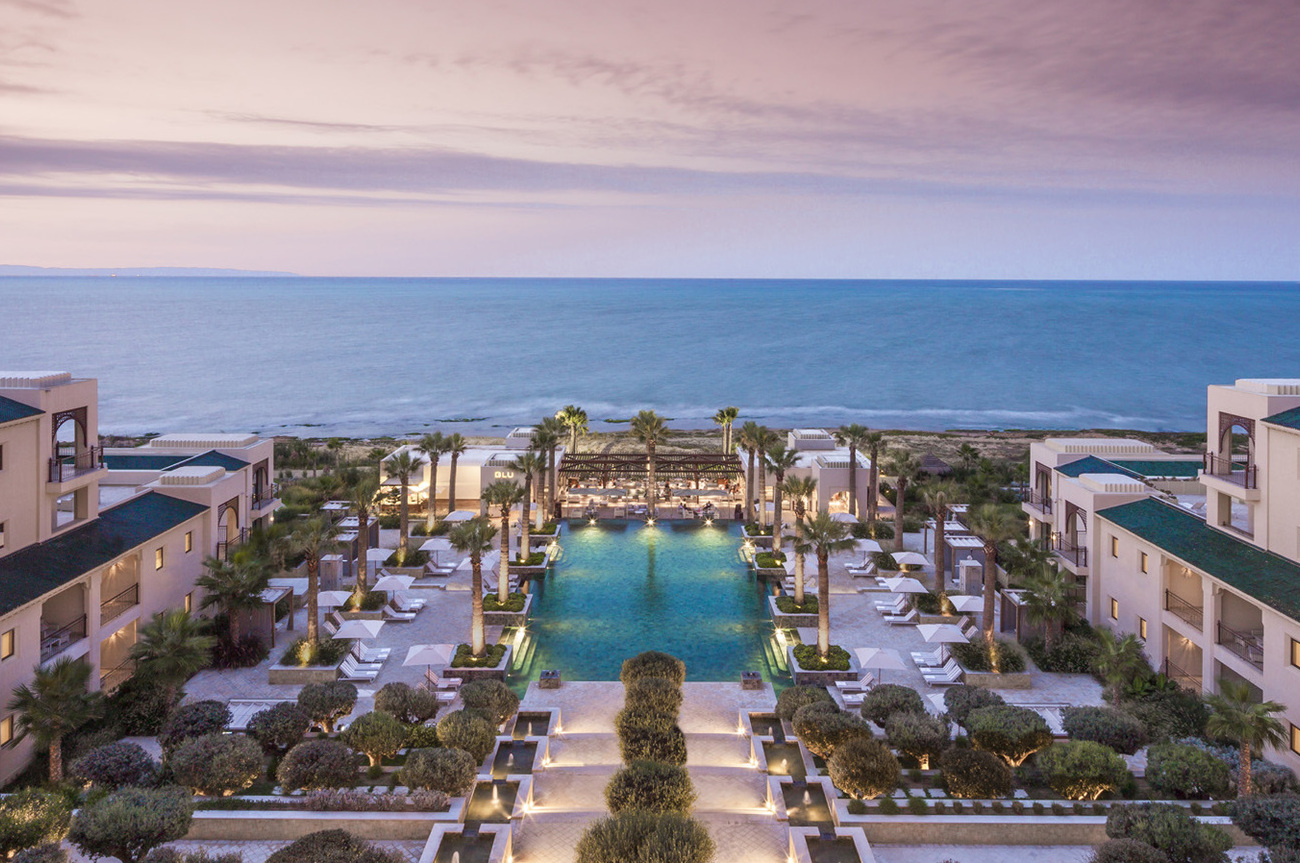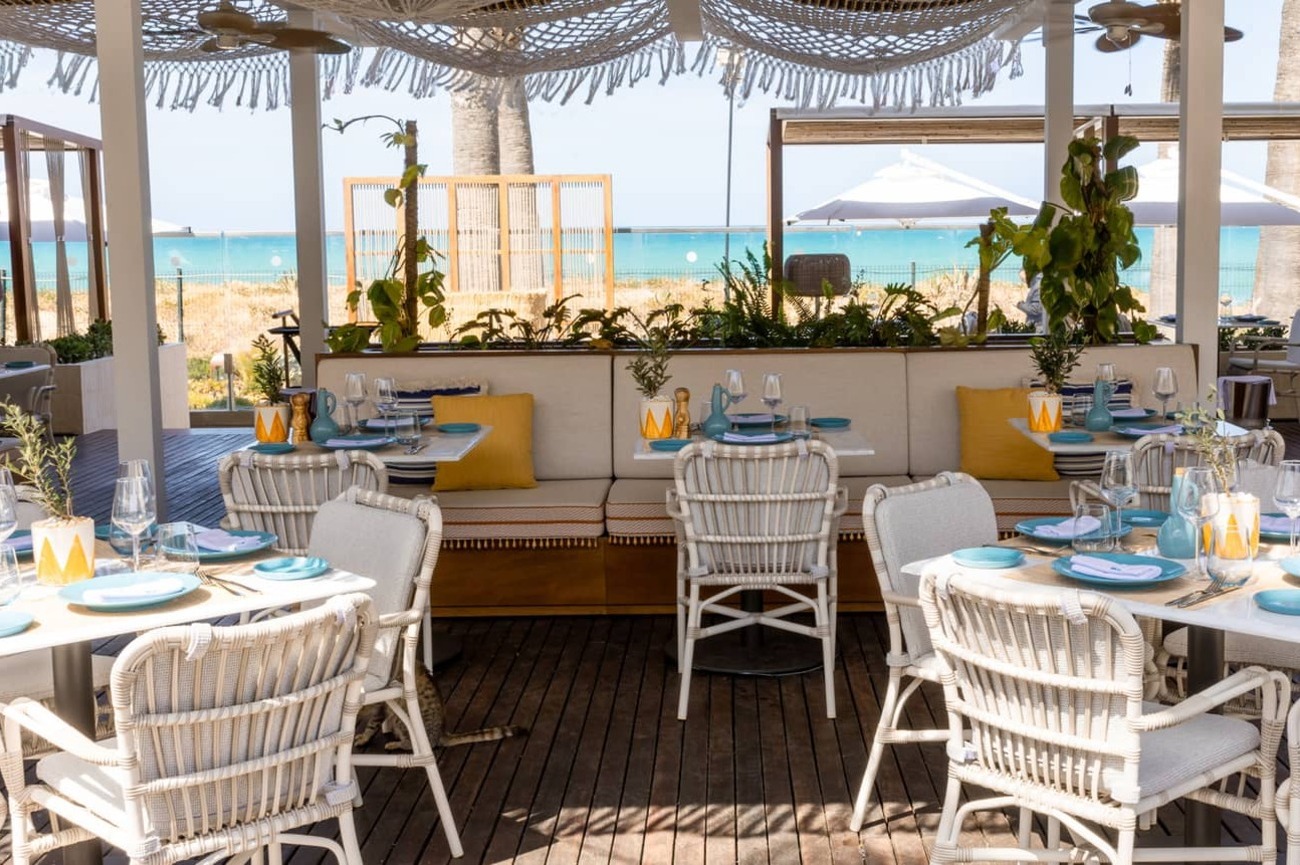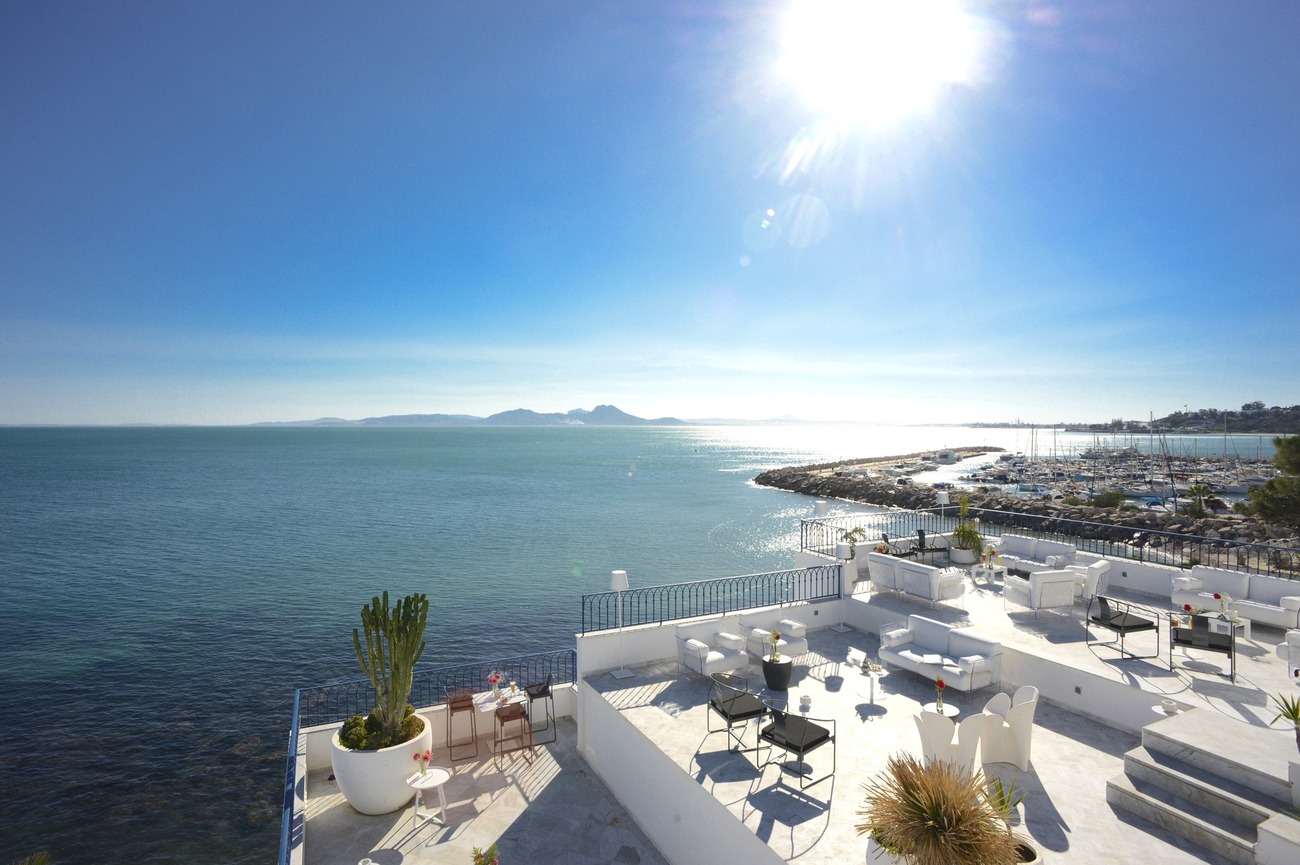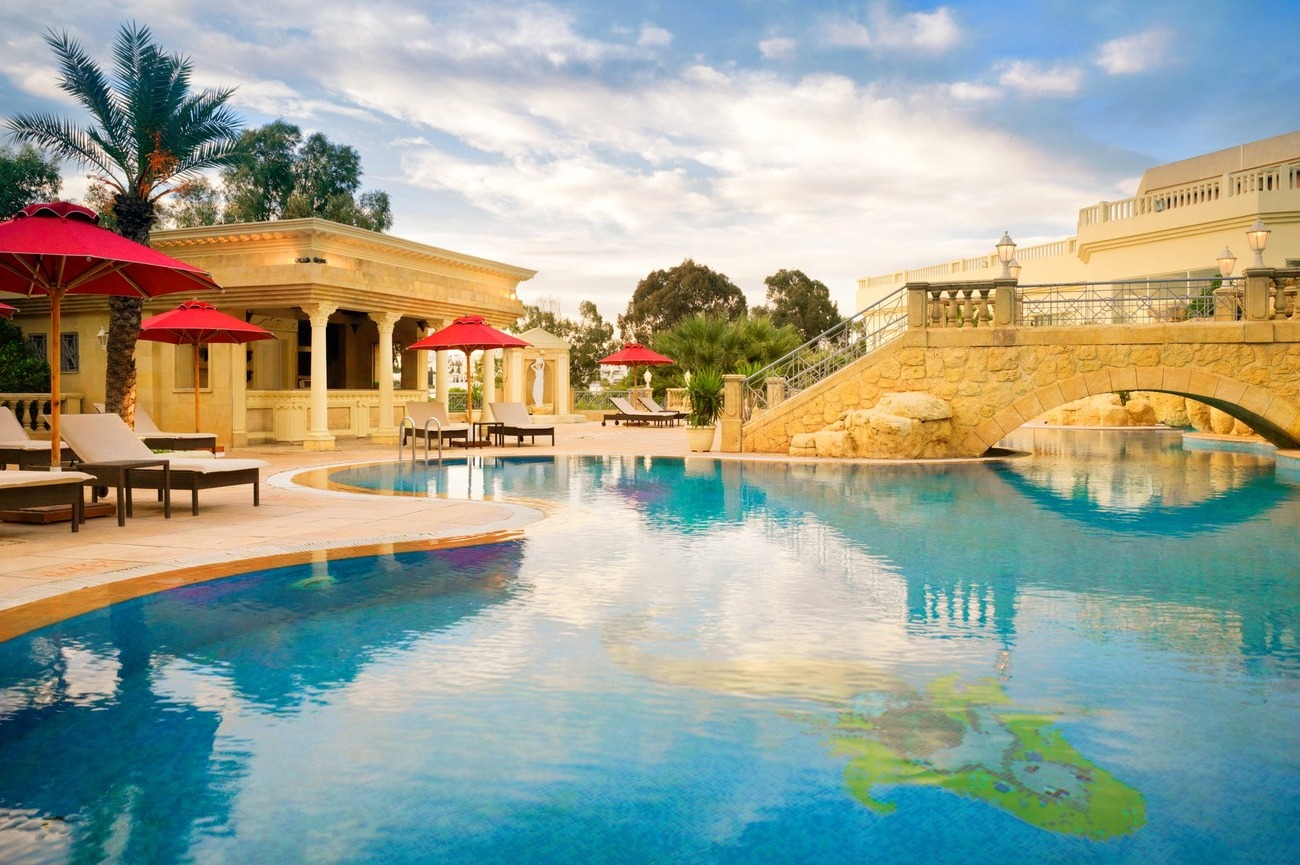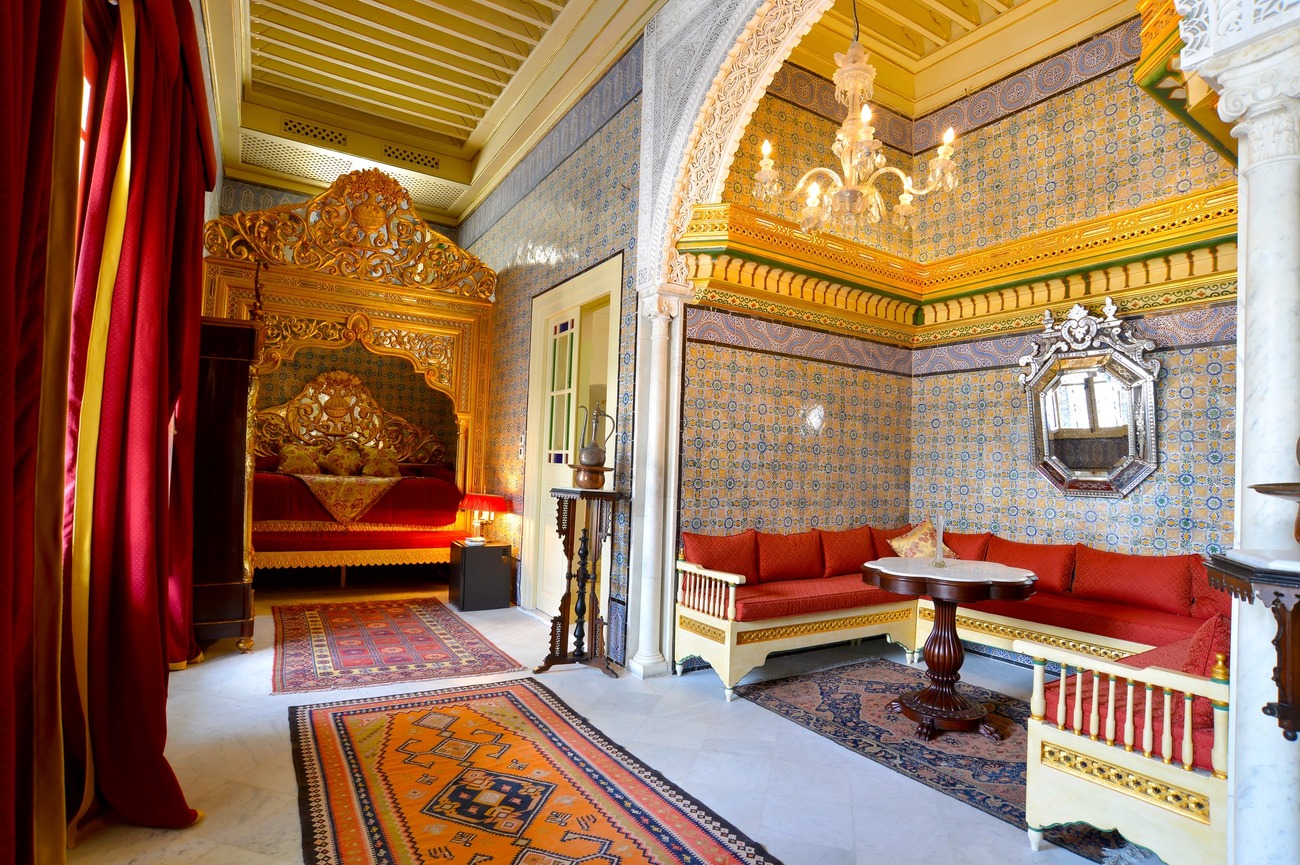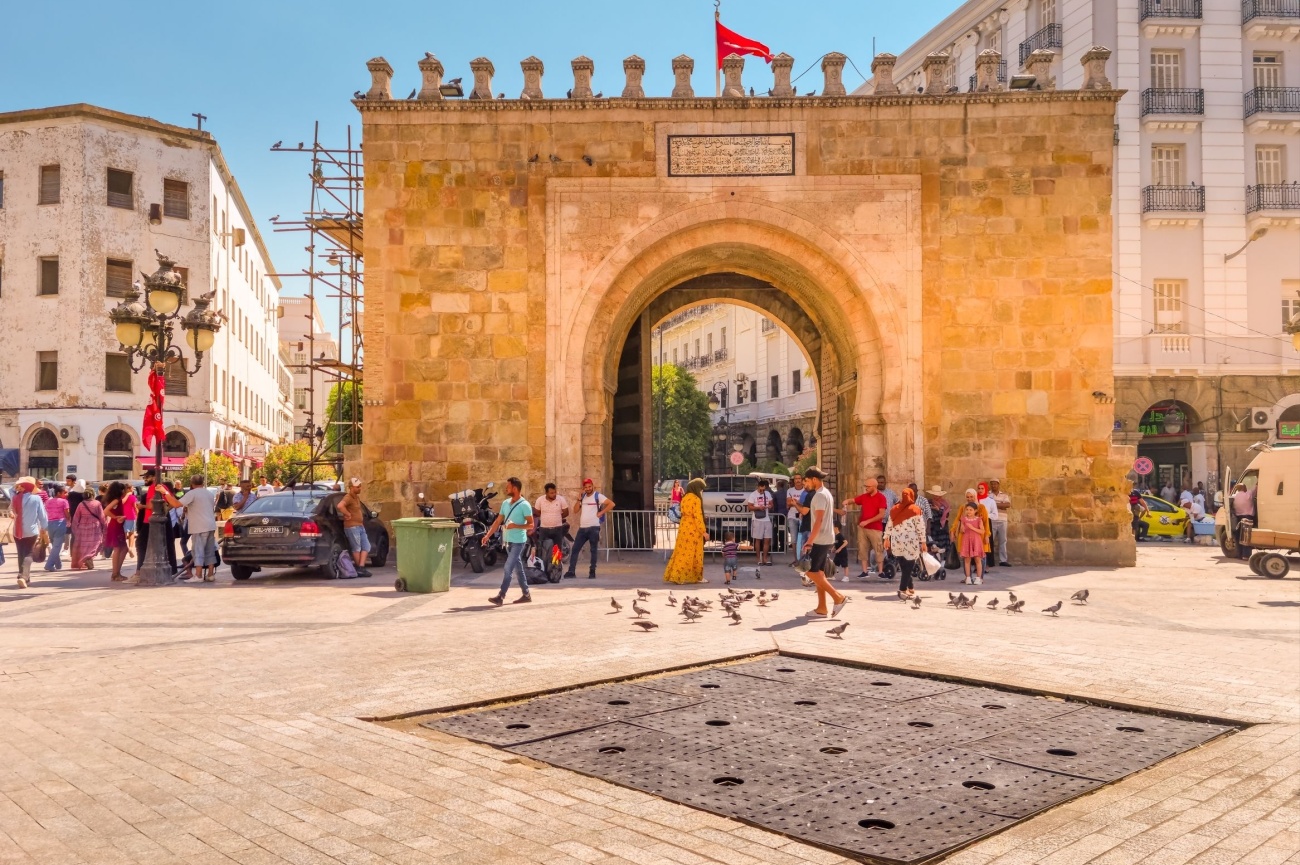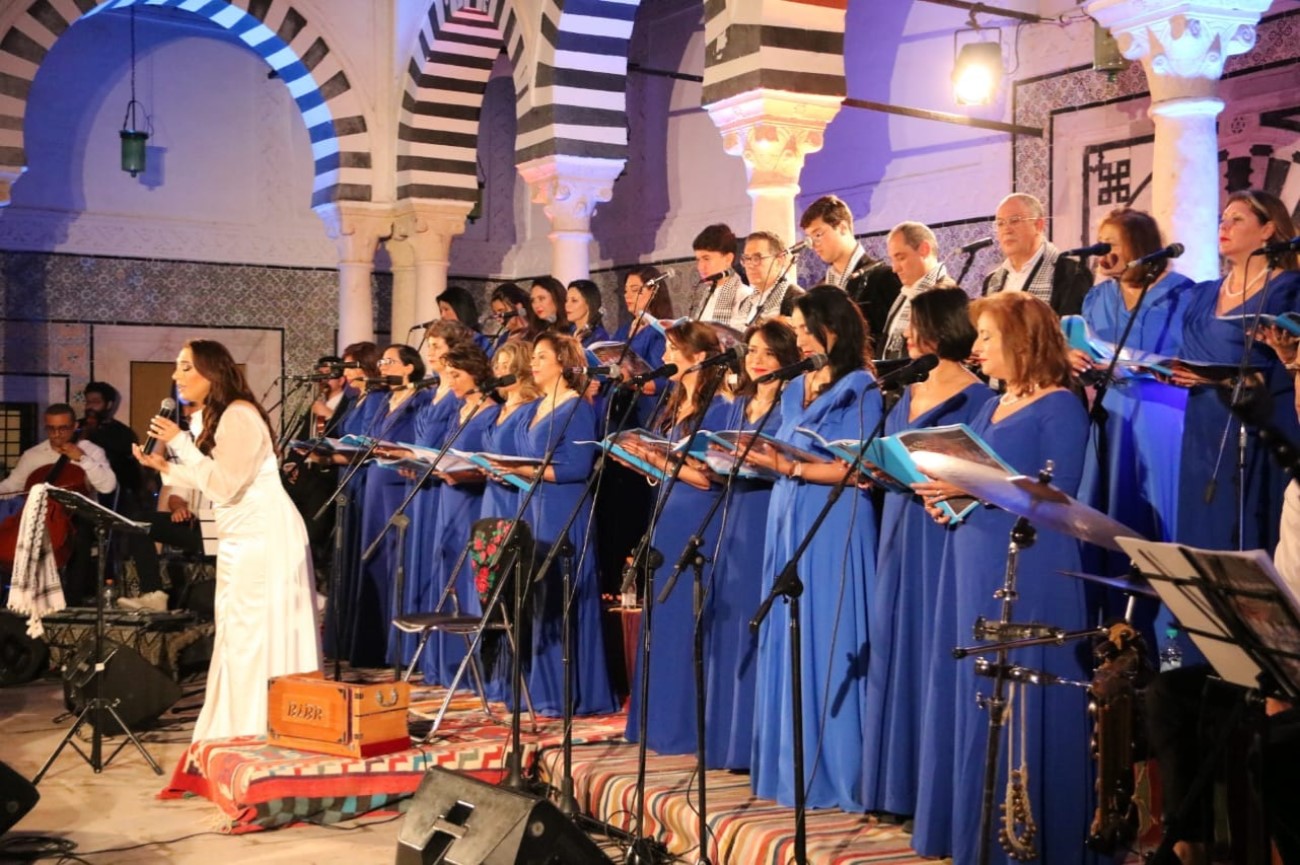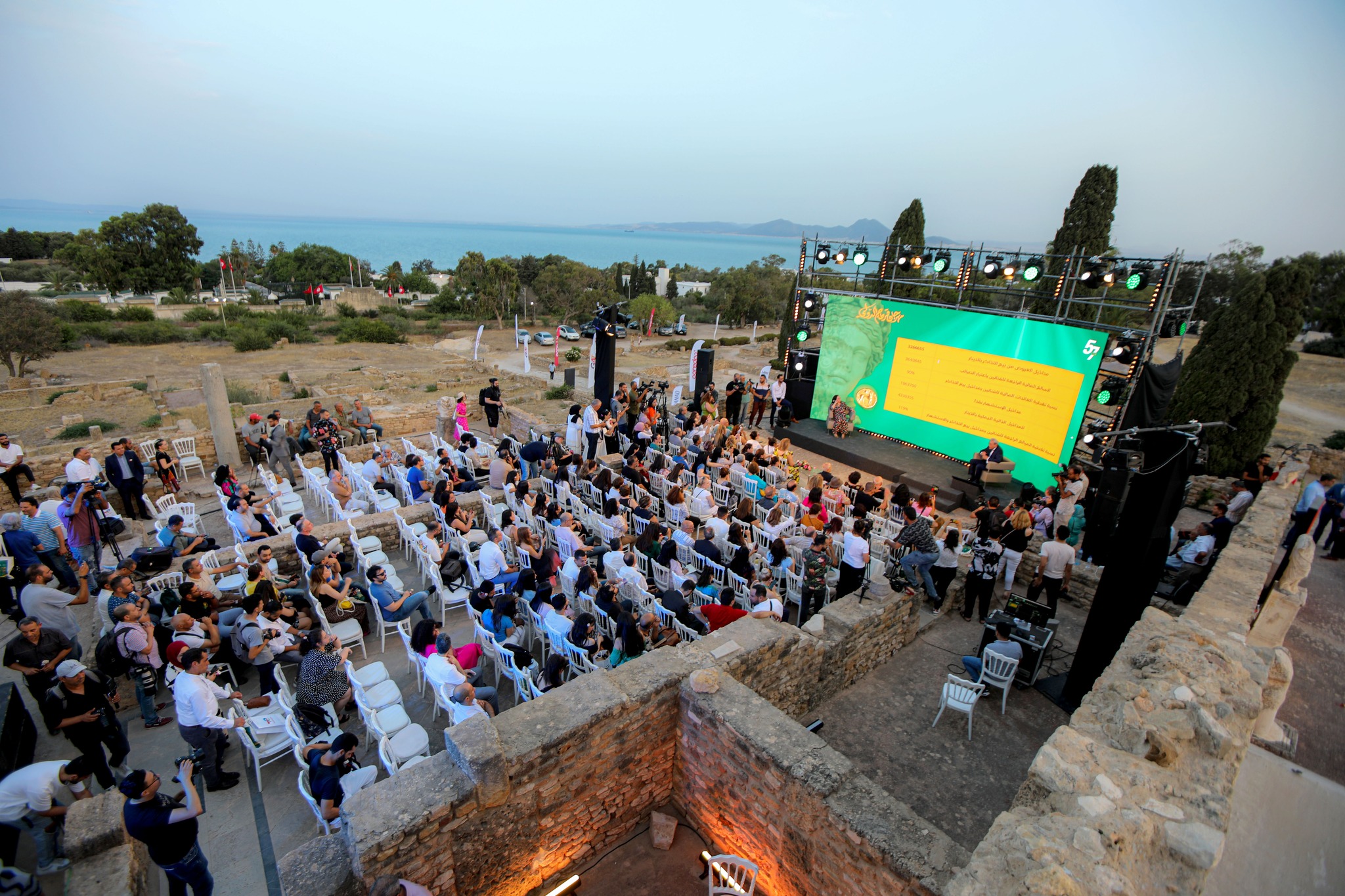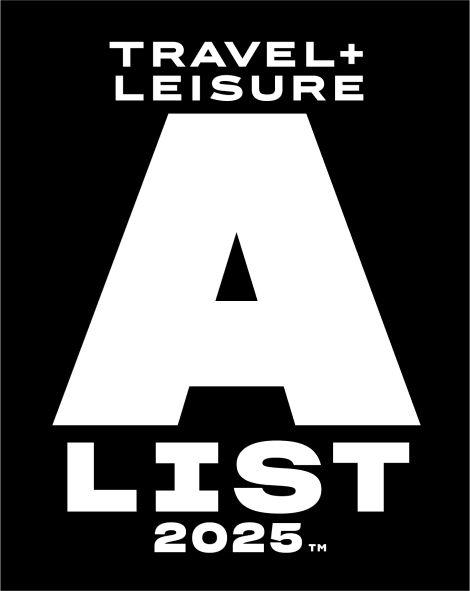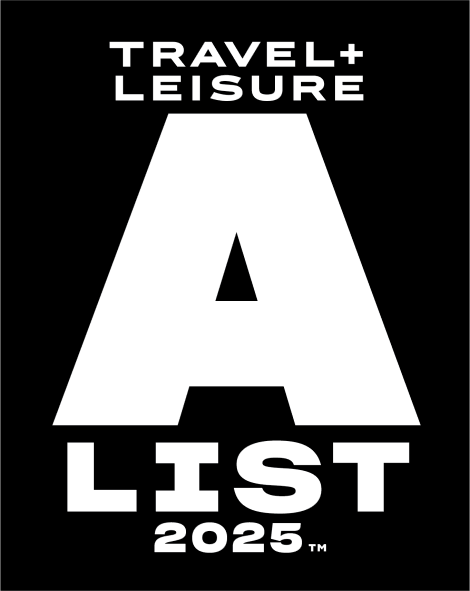Things to Do in Tunis: 3-Day Itinerary
The capital of Tunisia, Tunis is both a historic city and a modern metropolis. It has a well-preserved medina where you will find vaulted passageways, beautifully covered souks, and historical buildings transformed into museums. The modern side of Tunis is around Bourguiba Avenue, the main avenue in Ville Nouvelle lined with colonial-style buildings, chic boutiques, and tourist attractions such as the Municipal Theatre and the St. Vincent de Paul Cathedral.
Just a short drive from the center of Tunis, you will find picturesque hillside towns, seaside resorts, well-preserved Roman ruins, and fabulous amusement parks for the little ones to enjoy.
To help you plan your trip, we’ve put together this 3-day Tunis travel itinerary that takes you to some of the best places to visit and includes tips on where to stay and where to eat.
Day 1

Morning: Royal Mausoleum of Tourbet el Bey
In the morning, explore the Medina of Tunis. The busy UNESCO World Heritage site from the 7th century consists of a maze of picturesque alleys, various souks, and historical buildings with intricate Islamic designs. Your first stop in the medina is the Royal Mausoleum of Tourbet el Bey, a resting place of many rulers of the Husainid dynasty. With beautiful green done, ornate tiles, and impressive stone carvings, the building looks spectacular. Book a guided tour of this grand mausoleum and museum to discover a series of vaulted rooms and learn more about the royal families who ruled the country for over two centuries.
Zitouna
Mosque
Constructed in the 8th century, this is the largest and oldest mosque in Tunisia. Zitouna Mosque is characterised by an unusual rectangular minaret which is visible from almost everywhere in the medina. Visitors can enter the viewing platform and explore the courtyard, while non-Muslim visitors are not allowed to step inside the prayer hall.
Dar
Othman
The medina in Tunis is home to many pretty buildings and Dar Othman is one of the most beautiful palaces in the city. This Tunisian moment dates back to the 16th century and was built for the Governor of Tunis, Othman Dey. With gilded ceiling woodwork and marble panels, the palace looks magnificent from the outside. Sadly, Dar Othman is occupied by an administration and tourists are not allowed inside to see its lush garden and picturesque courtyard. However, you can ask the caretaker of Dar Otham to have a quick peek.
The
Central Market of Tunis
End your morning walk in Tunis with a visit to this bustling marketplace in the Medina. It is the best place in the city to shop for groceries and mingle with the locals. Erected back in the late 19th century, the Central Market of Tunis has three large areas: a central hall where local vendors sell cheese and meat, a giant fish hall packed with fresh seafood, and a small vegetable and fruit section.
Day 1, morning - tunis Tour Map
Afternoon:
Sainte-Croix Church of Tunis
Begin your afternoon walk in the medina where you will find an old Roman Catholic Church transformed into an art gallery. The Sainte-Croix Church of Tunis is actually the oldest church in the medina. Nowadays, it houses rotating art exhibitions and offers informative tours. Don’t miss the rooftop area with a nice old bell tower. The city views from the terrace are absolutely fantastic.
Victory
Square
You are standing in front of the entrance to the souks of Tunis. Welcome to Victory Square, a place from which the city was protected for centuries. This busy square is home to a small fountain in the middle and the iconic “Sea Gate”.
Bab
al-Bhar
Located in Victory Square, Porte De France (Bab al-Bhar) is one of the oldest city gates in Tunis. It is a historical monument that separates the old Medina and the new "European" city. You will notice a lowered archway topped by a balcony.
Cathedral
of St Vincent de Paul and St Olivia of Palermo
History buffs visiting Tunis can stop by this large Catholic Cathedral. Dating back to the 19th century, the Cathedral of St Vincent de Paul and St Olivia of Palermo is the city’s biggest historical building from the colonial area. Visitors can admire its Neo-Byzantine architectural styles and check out a small museum inside the cathedral.
Avenue
Habib Bourguiba Clocktower
You are now leaving the medina and entering the modern colonial French district of Ville Nouvelle. The main avenue in Ville Nouvelle, Habib Bourguiba is known for its picturesque tree-lined streets filled with restaurant terraces where you can enjoy tasty foods and refreshing drinks. Visitors cannot miss the musical fountain and imposing 38m-high Bourguiba Clocktower located in the middle of the roundabout.
Day 1, afternoon - tunis Tour Map
Day 2

Morning:
Kasbah Square
Home to key government buildings, public institutions, and administrative offices, Kasbah Square is a busy public square located in the middle of the city’s Kasbah district. Here, you will see many red Tunisian flags, the Town Hall, the national monument of the Kasbah, and the Tunis Municipal Palace.
Souk
Chaouachia
Located just a short walk from Kasbah Square, Souk Ech-Chaouachine is a unique souk that specialises in the production and selling of skull hats, also known as chachia. The traditional Tunisian red-colored caps were originally used as a base for turbans. Today, mostly older people and tourists where these red woolen hats. You will also have an opportunity to see craftsmen in action and how they shape the hats with hammers.
Dar
Lasram
Pay a visit to one of the most sumptuous residencies in the city. Dar Lasram. Built in the 18th century, this former aristocratic palace was once home to the wealthy Lasram family. Snap a photo of the central patio with marble paving and admire the beauty of the painted ceilings. The star of the show is the unique collection of Tunisian tiles that decorate the walls of the palace.
Day 2, morning - tunis Tour Map
Afternoon:
Archaeological site of Carthage
In the afternoon, head to this sprawling UNESCO-listed complex of ruins located east of the center of Tunis. This complex was built by the Phoenicians and rebuilt by the Romans. There are several sites to visit within the Carthage and you can buy a multi-entry ticket to explore all of them. From the Colosseum and the amphitheater to the baths, the Cathedral, and the well-preserved Roman villas, there is so much to see at the archaeological site of Carthage.
Roman
Theatre of Carthage
Situated within the Carthage complex of ruins, this Roman Theater used to be one of the biggest theaters in the Roman Empire. Dating back to the 2nd century BC, the site could accommodate more than 35, 000 people. What’s great about this well-preserved Roman Theater is that it is still in use. It hosts big concerts throughout the year. In 2023, artists and bands such as Myrath and Ben Harper & the Innocent Criminals performed here.
Baths
of Antoninus
Your next stop inside the Carthage complex is the Baths of Antoninus, remnants of baths located just a short walk from the Roman Villas. You can walk around these remnants that are mostly situated on the lower levels. The sea views from this site are spectacular.
Punic
Ports of Carthage
The last stop for the day is the Punic Ports of Carthage. Expect to spend about 20 minutes exploring these two ports which were built by the Carthaginians and re-shaped by the Romans. There are a handful of remains and ruins on the site, as well as a small museum that has carefully put together models of what the port might have looked like. You can also go to the Punic Port to enjoy breathtaking views of the Gulf of Tunis.
Day 2, afternoon - tunis Tour Map
Day 3

Morning:
Green Light Coffee House
Grab your morning coffee fix at this unique coffee house in Tunis. It is a popular stop for tourists visiting the nearby National Museum of Bardo. In addition to tasty coffee, the Green Light Coffee House offers juices, milkshake smoothies, and plenty of breakfast options. The Cordon Bleu sandwich is delicious, as well as the omelet fromage. They also do burgers, pasta, and tacos.
National
Museum of Bardo
There's no better place to learn about the various stages of Tunisian history than at the National Museum of Bardo. Situated inside a former Beylic palace, the museum is home to the largest collection of Roman mosaics in the world. In addition to these mosaics, the National Museum of Bardo also has an abundant collection of Punic jewels and marble statues from the Roman era. You can explore the museum on your own or book a guided tour.
Ksar
Said Palace
Located close to the Bardo museum on the outskirts of the city, this small historical palace used to be the residence of the Husainid dynasty Beys. Ksar Said Palace was restored five years ago and nowadays serves as a museum. You will have a chance to see everything from sculptures and paintings to clothing and swords.
Day 3, morning - tunis Tour Map
Afternoon:
Belvedere Park & Zoo Tunis
Kick off your afternoon walk with a visit to the Belvedere Park & Zoo Tunis. The largest urban park in Tunis, Belvedere boasts a small lake where you can rent rowboats, a kid’s play area, and shaded paths for walking and jogging. Don’t forget to visit the zoo which houses animals such as monkeys, tigers, camels, and birds.
City
of Culture
Welcome to the largest cultural building in all of Tunisia, the iconic City of Culture. It has several cultural spaces including two cinemas, rehearsal studios, three theaters, an auditorium, a national museum of puppetry art, and a house of poetry. The City Of Culture hosts all kinds of cultural and artistic events/exhibitions and is a perfect place to visit for travellers interested in arts and culture.
Tunis
Nippon Garden
Your last stop in the afternoon is a picturesque recreational and botanical garden with shaded benches, colorful plants and flowers, and paved walkways. Some people do yoga and meditate, while others are riding bicycles or running. Tunis Nippon Garden is a great place to escape the busy streets of Tunis and reconnect with nature. Don’t miss the Japanese botanical garden where you will find different flowers and plants.
Day 3, afternoon - tunis Tour Map
Other
things to see in Tunis
- The National Museum of Modern and Contemporary Art: Art lovers visiting the capital of Tunisia can stop by the National Museum of Modern and Contemporary Art (MACAM Tunis). Spread across two floors, it is the first museum in the country dedicated to both visual and plastic arts. You will find a permanent collection of Tunisian art from the 19th century, as well as modern art pieces and artifacts. Also, the entrance to the museum is free of charge.
- Municipal Theater of Tunis: Do you wish to see traditional Tunisian performances and symphonic concerts or maybe catch an opera and a ballet show? Visit the charming Municipal Theater of Tunis. Located just a short walk from Avenue Habib Bourguiba, the theatre is situated inside a beautiful building from the French colonial period. It has approximately 1,300 seats and is known for its beautiful rustic décor.
- The Abandoned Hotel du Lac: This wing-shaped abandoned hotel is one of the most unique tourist attractions in Tunis. Hotel du Lac was constructed back in the 70s for the Tunisian government. Sadly, this jewel of Brutalist architecture fell into disrepair and closed its doors 24 years ago. So, what’s so interesting about this building? Legend has it that the creator of Star Wars, George Lucas chose this local landmark as the model for the “Sandcrawler,” a giant mobile fortress from the popular movie.
- La Marsa: Located just a 20-minute drive from the center of Tunis, the small town of La Marsa is a popular seaside resort known for its beautiful beach, a lovely promenade lined with laid-back cafes, and the iconic Abdalliya Palace which was the fortified residence for Abu Abdallah Mohamed. Visitors can also stop by the charming Cinema Alhambra, one of the best old-school cinemas in the country.
- Private Tour Street Food Tastings in the Medina of Tunis: Foodies staying in the capital of Tunisia can join this fabulous street food tour. During the tour which lasts for about 3 hours, you will visit bustling markets and sample some of the best street food snacks that this city has to offer (Fricasse, Bambalouni, Makroudh, Jwajem, Brik, Chapati Mahdia, and others) The tour guide speaks good English and will give your great tips on restaurants to visit for the remainder of your stay in the city.
- XYZ concept store: In La Marsa, you will find this nice shop with Tunisian design. XYZ concept store is a great place to shop for everything from leather goods and jewelry to ceramics, homeware, and clothing. Everything that you see inside this fabulous loft space is made by local Tunisian designers.
- Place de L'independence: Located at the intersection of Rue de Rome and Avenue Habib Bourguiba, this lively public square is a popular gathering spot among locals and tourists. Place de L'independence is home to many interesting tourist sites including the Cathedral of St. Vincent de Paul and the French Embassy. You can take a picture in front of the nearby “I Love Tunis" sign.
- Monument to Ibn Khaldoun: Place de L'independence is where travellers will find the iconic Monument to Ibn Khaldoun. For those who don’t know, Ibn Khaldoun is an ancient Arab philosopher, historian, and sociologist. His science of human society or social organization impressed many European thinkers from the 18th and 19th centuries. His statue stands proudly in the central part of Place de L'independence.
- American war cemetery and memorial: This 27-acre final resting place for nearly 3,000 American soldiers is located just outside the city gates among the ruins of Carthage. Most of these soldiers died during WW2 in this part of Africa. Go to the southeast area of the burial area to find the memorial, also known as the Wall of the Missing. There are over 3,700 names engraved on the memorial wall. You can also visit the chapel, which is nicely decorated with polished marble and maps made of ceramic tiles.
Day
trips from Tunis
- Sidi Bou Said: With its narrow streets dotted with beautiful white houses and blue doors, Sidi Bou Said is one of the most popular day trip destinations from Tunis. This postcard-like village is home to dozens of art galleries, small boutiques, and cute cafes. Visit the Dar el Annabi to learn more about daily life in Tunis, take pictures in front of the bright white cottages, and see a variety of plants and flowers at the Mediterranean Garden. Sidi Bou Said is just a 20-minute drive from the capital of Tunisia.
- Hammamet: No visit to Tunis is complete without spending a day in Hammamet, a coastal city with pristine beaches, a bustling medina, and a 12th-century Kasbah. Located about 65 kilometers from Tunis, this seaside town has everything needed for a memorable day trip. Get lost in the picturesque medina, visit a traditional Tunisian market, and discover the Kasbah’s cannons, mausoleum, and other remnants. There is also the gorgeous Dar Sebastian International Cultural Centre which nowadays serves as an open-air theatre. After all the sightseeing, unwind with a drink at the famous Café Sidi Bouhdid. The sea views from the café’s terrace are spectacular.
- Bizerte: Roughly a 1-hour drive from Tunis, Bizerte is a beautiful city in northern Tunisia. The Old Port is the perfect place to start your travel adventure in Bizerte. Take a nice stroll along the canal, explore the Kasbah, and enjoy seafood delicacies in one of the many waterfront restaurants. Nature lovers can visit the nearby Ichkeul National Park which is a UNESCO-listed reserve.
- Dougga: This sprawling ancient Roman town is for all you history buffs visiting Tunisia. You will be walking through one of the best-preserved Roman sites in this part of the world. Some of the must-see attractions at this UNESCO World Heritage Site include the Capitol, the Theatre, and the Roman Temple of Saturn. Keep in mind that the site is huge, so it’s best to wear comfortable shoes. Dougga is a 2-hour drive from Tunis.
- Testour: Located just 30 minutes from Dougga, the gorgeous town of Testour is famed for its Andalusian architecture. Travellers can stop by the Great Mosque which has an unusual reversed clock. According to a legend, the clock goes backwards because the refugees who lived here wanted to turn back the time. If you are visiting on Friday, don’t miss the vibrant weekly market. It takes about 2 hours to get from Tunis to Testour.
- Kairouan: Welcome to one of the holy cities of Islam and the first capital of the Maghreb. Listed as a UNESCO World Heritage Site, the city is home to numerous religious monuments such as the Great Mosque and the mausoleum of Sidi Saheb. You can wander through the medina, score some souvenirs from the souks, and climb the ramparts that surround the old city. To see gold coins and pottery, visit the Raqqada Museum. Kairouan can be reached from Tunis by car in approximately 2 hours.
- Cap Bon: If you are an adventurous traveller, the remote peninsula of Cap Bon is where you want to go. It will take you about 2 hours to reach Cap Bon from the capital, but the long trip is definitely worth it. The Punic town of Kerkuane is your first stop. It houses magnificent ruins of a Carthaginian city. There is also the charming town of Korbous which is known for its natural hot springs. Climb Djebel Sidi Abiod for some seriously amazing mountain views.
- Gammarth: Once a small fishing village, Gammarath has become a luxurious tourist town known for its sun-kissed beaches, vibrant nightlife, and posh 5-star hotels. Whether you plan to hike through lush forests, visit the Carthage National Museum, or just relax on the beach, there is no shortage of fun things to do in Gammath. With its mosques, souks, fountains, and madrasas, the UNESCO-listed medina is also worth exploring. It takes about 20 minutes by car to get from the capital of Tunisia to Gammarth.
- Zaghouan: Nestled at the foot of Djebel Zaghouan National Park just an hour's drive from Tunis, Zaghouan is a laid-back town with beautiful nature, a charming old quarter packed with local shops, and a nearby lake that offers ideal conditions for kayaking. Here, life is slow-paced and there are no luxurious resorts packed with hordes of tourists. So, what’s there to do in Zaghouan? Get lost in the narrow streets of the old town, visit the majestic Sidi Madyen Lake, and check out the nearby Water Temple to learn about the freshwater supply during the Roman era.
- Mornag: Did you know that Tunisia is known for award-winning wines? Wine lovers looking for a day trip from Tunis can explore Tunisian’s finest wine region, Mornag. With its rolling hills, lush vineyards, and centuries-old olive trees, Mornag has sandy soils and a perfect climate for wine production. It is located about 20 kilometers from Tunis.
- Oudhna: History buffs searching for day trip ideas from Tunis should not miss the archaeological site of Oudhna. Located about 30 kilometers from the capital city of Tunisia, this well-preserved and important archaeological site is home to many attractions such as the large thermal baths and three spectacular temples dedicated to Juno, Minerva, and Jupiter. There is also the giant Ikarios House which has over 30 rooms paved with mosaics.
- Nabeul: Located south of the peninsula of Cape Bon, this tourist hub is all about sandy beaches and unique handicrafts. Welcome to Nabeul, a lovely coastal town and the capital of Tunisian handicrafts. Here, local artisans make beautiful pottery, rush mats, ceramics, and majestic items made of metal and leather. This former Phoenician settlement can be reached just under one hour by car from Tunis.
Best
golf courses in Tunis
- The Residence Golf Course: Because of its location in the middle of a nature reserve, pristine fairways, and a spectacular golf teaching facility, the Residence Golf Course is one of the best golf courses in the region. Located just outside the city, this 18-hole golf course is tailored for both beginners and professional golfers. In addition to the golf course, the estate has a fabulous Clubhouse with a swimming pool, restaurant, and a bar.
- Carthage Golf: Established in the 1920s, this is one of the oldest golf courses in the region. Carthage Golf is an 18-hole golf course with well-maintained fairways, cart rentals, a practice area, a golf academy, and workshops. They even have an app that you can use to make a reservation and keep score and stats. Once you get hungry, visit the on-site restaurant. The restaurant terrace looks lovely and offers magnificent views of the golf course.
- Citrus Golf Club: Located just a short drive from the center of Hammamet and surrounded by a pine forest, this golf club has 2 golf courses: Les Oliviers and La Forêt. The estate also offers practice bunkers, a clubhouse with a terrace, and a driving range. Les Oliviers is a technical course made up of wide fairways with some water to avoid, while La Forêt has spacious fairways and is much less complicated than Les Oliviers.
Racecourses
in Tunis
- Hipódromo de Ksar Saïd: If you are into horseracing, make your way to Hipódromo de Ksar Saïd. Located in the small town of Den Den, just a 20-minute drive from the capital of Tunisia, the Ksar Saïd racecourse hosts many horse racing events. The Grand Prix for English thoroughbred is held here, as well as the President of the Republic Grand Prix for Arabian thoroughbred.
Things
to do with kids in Tunis
- Dah Dah Happy Land Entertainment Park: Travellers visiting Tunis with their children can spend a day at the Dah Dah Happy Land Entertainment Park. From bumper cars to rollercoasters, this park offers a variety of rides for the little ones. There is also an ice-skating ring, as well as a modern arcade where kids can play fin video games. Dining options and plentiful and range from sit-down eateries to vendors selling tasty street foods.
- CarthageLand: Welcome to the largest amusement park in this part of Africa, the legendary CarthageLand. Whether your kids are into pirate boats and bumper cars or wish to try wagon rides and rollercoasters, the park offers a variety of activities and rides suitable for all ages. Some of our favorite rides at the CarthageLand include King Kong, Tunita, and Ali Baba which is for the youngest kids.
- Tunis Science City: If your kids are curious about science and technology, you’ll definitely want to take them to this vibrant science museum. Tunis Science City offers everything from four halls with hands-on exhibits for adults and kids to a planetarium and a multimedia library. Your kids can watch a short documentary that tells the story of different planets. There are also a bunch of scientific games and an on-site restaurant in case you get hungry.
- Friguia Park: This is one of the largest zoos in North Africa and the oldest zoo in Tunisia. What makes Friguia Park different from other animal kingdoms in the region is that animals here live in large enclosures and can enjoy their freedom. It is a great place to visit with the family and see over 60 species of animals including lions, pink flamingos, pelicans, monkeys, lions, giraffes, and many others. You can also enjoy daily dolphin shows and have a snack at the on-site cafeteria.
- La Marsa Beach: When it comes to the best beaches around the city, La Marsa definitely comes to mind first. This cosmopolitan town with chic boutique hotels is a perfect spot to visit with the kids and spend a day on the beach. Once you get tired from swimming and other water activities, sit down for a drink at one of the cute beachfront bars and enjoy wide-sweeping views of the Mediterranean Sea.
- Gammarth Beach: The coastal town of Gammarth has one of the best beaches in this part of Tunisia. Located just 10 kilometers from the country’s capital city, the coast of Gammarth is known for its majestic beaches with excellent infrastructure, turquoise waters, and numerous beachfront resorts, bars, and restaurants. What makes this stretch of sand ideal for families with kids is that the sea here is generally calmer than in popular places like Djerba and Hammamet.
- Tunisia Mall: Take the kids to the largest shopping center in North Africa, the giant Tunisia Mall. Spread across 4 floors, this shopping mall is home to both Tunisian and International brands. In addition to hundreds of stores and boutiques, Tunisia Mall has salons, cafes, eateries, supermarkets, and indoor playground areas for kids (Twin Park Tunisia Mall).
- Karting: Tunis is home to Karting Race, a venue where adults and youngsters can enjoy very good karting. The circuit is not large, but it’s in excellent shape. We should mention that the minimum age to participate is 15 and wearing helmets is necessary.
- Horse Riding: In case you wish to take your children to practice horse riding in the capital of Tunisia, we recommend paying a visit to the Equestrian Entertainment Center. Located right in Belvedere Park, it is a horse riding school with professional instructors that offers horse riding lessons for the little ones.
Where
to eat in Tunis
- Restaurant Chez Slah: The best places to eat are always hidden in small, dark alleys. A favorite among the locals, Chez Slah is one of the best fish and seafood restaurants in the city. It is always packed, so we recommend booking a table at least a day in advance. On the menu, you will find everything from perfectly grilled sea bass to grilled squid and delicious squid. Craving something sweet? Try their signature chocolate mousse.
- DaPietro - L'Antica Pizzeria: With nearly 3,000 reviews and a rating of 4.9 on Google, this is by far the most popular pizza place in the capital of Tunisia. DaPietro - L'Antica Pizzeria is an Italian pizzeria where hungry patrons come to enjoy tasty pizza prepared in a wood oven. The décor is simple, but the food is exceptional and the service is swift. In addition to tasty pizza, they offer a variety of burgers and salads.
- Restaurant Dar Slah: You will find this quaint restaurant right in the heart of the historical Medina. Restaurant Dar Slah focuses on couscous dishes and offers options such as couscous with sausage, vegetarian couscous, and black couscous which is cooked in squid ink. For starters, you can get the traditional salad mechouia or go for a bowl of hearty meat soup called chorba. We like that the choice of main dishes at Dar Slah changes daily. For dessert, get the Aleppo pine cream and mint tea.
- Dar el Jeld: If you are searching for an upscale French restaurant with beautiful decorations and top-notch service, make a reservation at Dar el Jeld. Part of a boutique hotel that is situated inside an 18th-century mansion, the restaurant is decorated with ottoman carpets, chandeliers hanging from the ceilings, and elegant tables. There is also a lovely rooftop terrace for al fresco dining. Dar el Jeld is located right in the heart of the historical medina and offers dishes like lamb couscous, grilled kebabs, and fish soup. The wine list is impressive, as well as the selection of desserts.
- El Ali Restaurant & Café: For traditional Tunisian dishes, visit this lovely restaurant with a covered courtyard and a rooftop terrace. Situated inside one of the oldest buildings in the medina, El Ali Restaurant & Café offers everything from salads and soups to meat and fish dishes. Get the chicken tajine or try the mouthwatering lamb in white sauce with nuts.
- Dar Belhadj: Wish to have a memorable dining experience inside an ancient palace? Pay a visit to Dar Belhadj, an upscale dining establishment located in the medina. What’s on the menu? They serve everything from typical Tunisian dishes to Mediterranean cuisine. The steamed lamb is to die for, as well as the couscous poisson, meatballs seasoned with mint, and soupe de maison. During dinner, the restaurant offers live music performances.
- Le Golfe: If you are visiting La Marsa, stop by this chic restaurant located along the beachfront. Le Golfe is actually one of the oldest restaurants in the city and specialises in fresh fish and seafood. The menu at this seaside jam is extensive with favorites such as fried shrimp, seafood spaghetti, mixed seafood plate (calamari, octopus and shrimp) sea bass carpaccio. With both outdoor and indoor dining options, the restaurant is famous for its magnificent sea views.
- Les Indécis: If you have a rating of 4.9 on Google, you are definitely doing something right. Travellers exploring the Roman ruins of Carthage can have lunch or dinner at Les Indécis, a neighborhood restaurant known for its daily specials, vegetarian dishes, and modern version of Tunisian classics. The stylish interior provides an ideal setting to enjoy popular vegetarian options such as shakshuka, hummus bazaar, and falafel burgers.
Where to Stay in Tunis
- Dar El Jeld Hotel and Spa: This is probably one of the most popular hotels in Tunis. It is a 5-star property located within the historical medina. The décor is magnificent with beautiful archways and a courtyard with old lemon trees. Don’t miss the lovely rooftop restaurant that offers the most delicious lamb stew. The spa with a hammam and various massage treatments is exceptional.
- The Residence Tunis: If you wish to stay close to the sea and enjoy mesmerizing water views, book your stay at this 5-star resort located just outside the city gates. From a magnificent 18-hole golf course to an outdoor pool surrounded by palm trees to a state-of-the-art spa and a few on-site restaurants and bars, the Residence Tunis has everything needed for an unforgettable vacation in Tunis. Rooms are spacious and come with garden, sea, or swimming pool views.
- Mövenpick Hotel du Lac: We have another 5-star hotel located on the banks of Lake Tunis. Welcome to Mövenpick Hotel du Lac, a contemporary hotel located just a short drive from the airport and the center of the city. Elegant rooms come with magnificent views of the lake. The on-site restaurant is all about tasty grilled foods, while the wellness center offers a swimming pool, an award-winning spa, and a hammam.
- Four Seasons Hotel Tunis: Travellers searching for a luxury property while on vacation in Tunis should look no further than this Four Seasons hotel. Whether you wish to play tennis, spend a day on the beach enjoy delicious meals and sea views at one of the on-site restaurants, go for a swim in the pool, or relax in the picturesque garden, there is so much to look forward to when staying at the Four Seasons Hotel Tunis. Guests also have access to the on-site hammam and spa and can work out in the fitness center.
- Maison Dedine - Small Luxury Hotels of the World: With a score of 9.8 on booking.com, this is one of the finest hotels in Sidi Bou Said. Book your stay at Maison Dedine, a recently renovated boutique guesthouse with just five suites with beautiful marble bathrooms. You will be staying a few meters from the sea. The décor looks spectacular with local contemporary artwork, an outdoor patio filled with plants, and a state-of-the-art infinity pool. Breakfast is incredible and includes pastries, scrambled eggs, pancakes, fruits, and fresh fruit juices.
- Sheraton Tunis Hotel: Want to enjoy views of the entire city? Book your stay at this Sheraton resort in Tunis. The hotel has nearly 300 rooms, making it one of the largest properties in the city. Amenities and facilities are plentiful and include everything from a fabulous spa and indoor and outdoor swimming pools to a well-equipped fitness center and a 24-hour business center. For traditional Tunisian cuisine, dine at the on-site Walima. If you are in the mood for authentic Italian meals, go to Azzuro.
- Bayram Palace: You will find this gorgeous historic house right in the center of the medina in Tunis. Bayram Palace is a boutique hotel with just 17 rooms to choose from. There are grand suites, historic suites, and traditional suites. What makes this property so special? Well, the thing is that it occupies one of the most beautiful buildings in the medina. The house was actually home to the Grand Mufti of Tunisia before it was converted into a boutique hotel in 2014. This architectural gem is famed for its ornate rooms, beautiful courtyards, and amazing Arabian and Ottoman-style furniture. There is a fabulous spa on-site and a restaurant called Al Makhzen where you can try local delicacies such as handmade croissants, Tunisian flatbread, and shashuka.
Best
time to visit Tunis
Being a Mediterranean city, the capital of Tunisia is a year-round destination. Winters here are mild, but it can get a bit cold in the evenings. The summer season which runs from June to September is the busiest time of year in Tunis. If you wish to spend your days on the beach, booking your holiday in Tunis in summer is a good idea. However, it can get really hot during this time of year, which makes sightseeing difficult. We believe that the best time to visit Tunis is in May and in September. These shoulder seasons bring pleasant temperatures and fewer crowds of fellow tourists.
Tunis
Festivals
- Medina of Tunis Festival: One of the most anticipated annual events in the capital of Tunisia, the Medina of Tunis Festival is held during the holy month of Ramadan. With religious ceremonies, live music performances that celebrate traditional music genres, and screenings of international films, the festival is all about sharing stories of Arabic culture and history with visitors. The event is held at various spots in the center of the city including the famous Tunis Municipal Theater.
- International Festival of Carthage: In 2024, this festival celebrates its 58th tradition.The International Festival of Carthage hosts everything from ice circus and theatre plays to choreography, opera, and musical comedy performances. The festival lasts for about 3 weeks in July/August and showcases the cultures and sounds of Tunis and 10 other countries.
Our offices:
